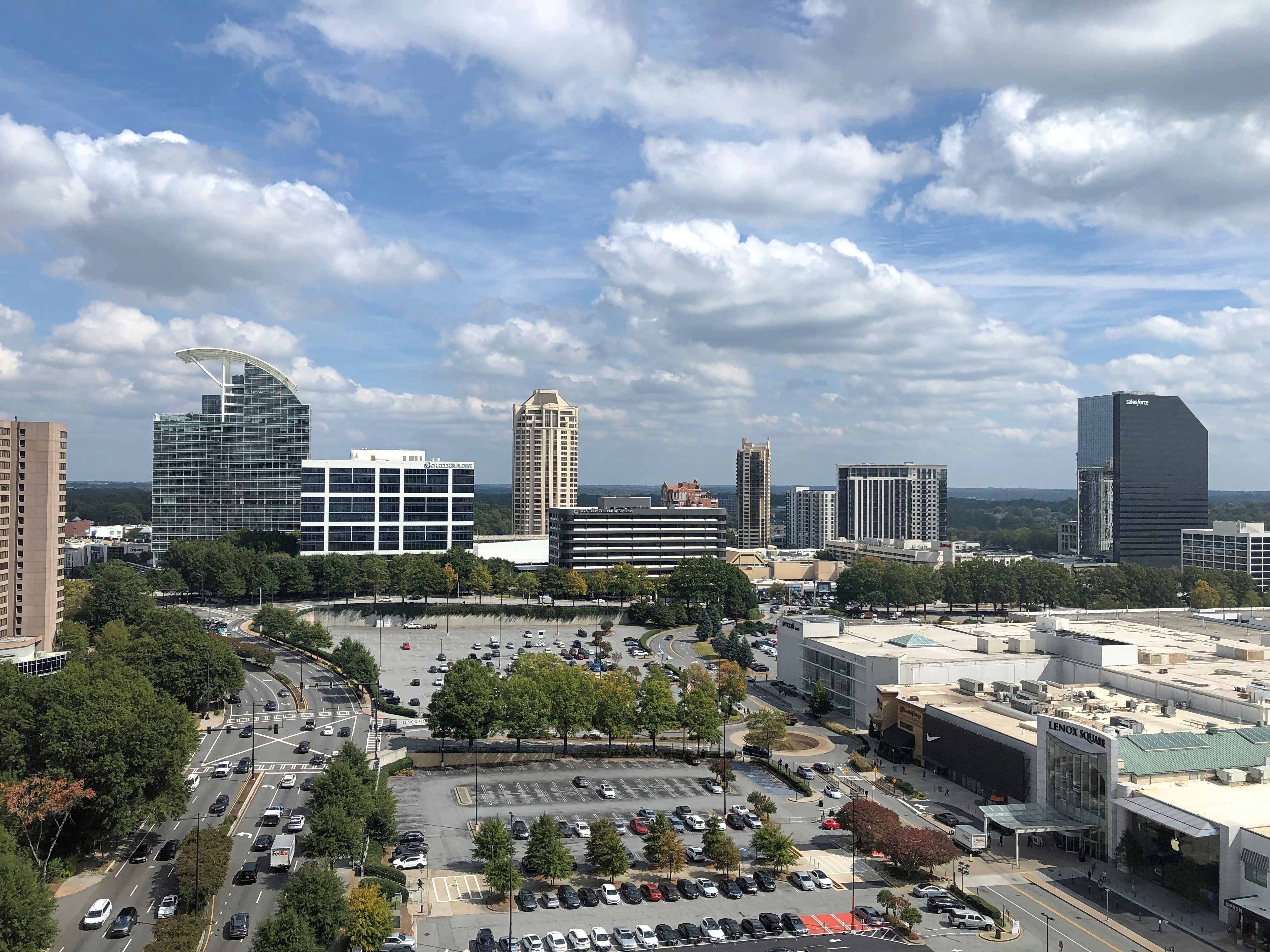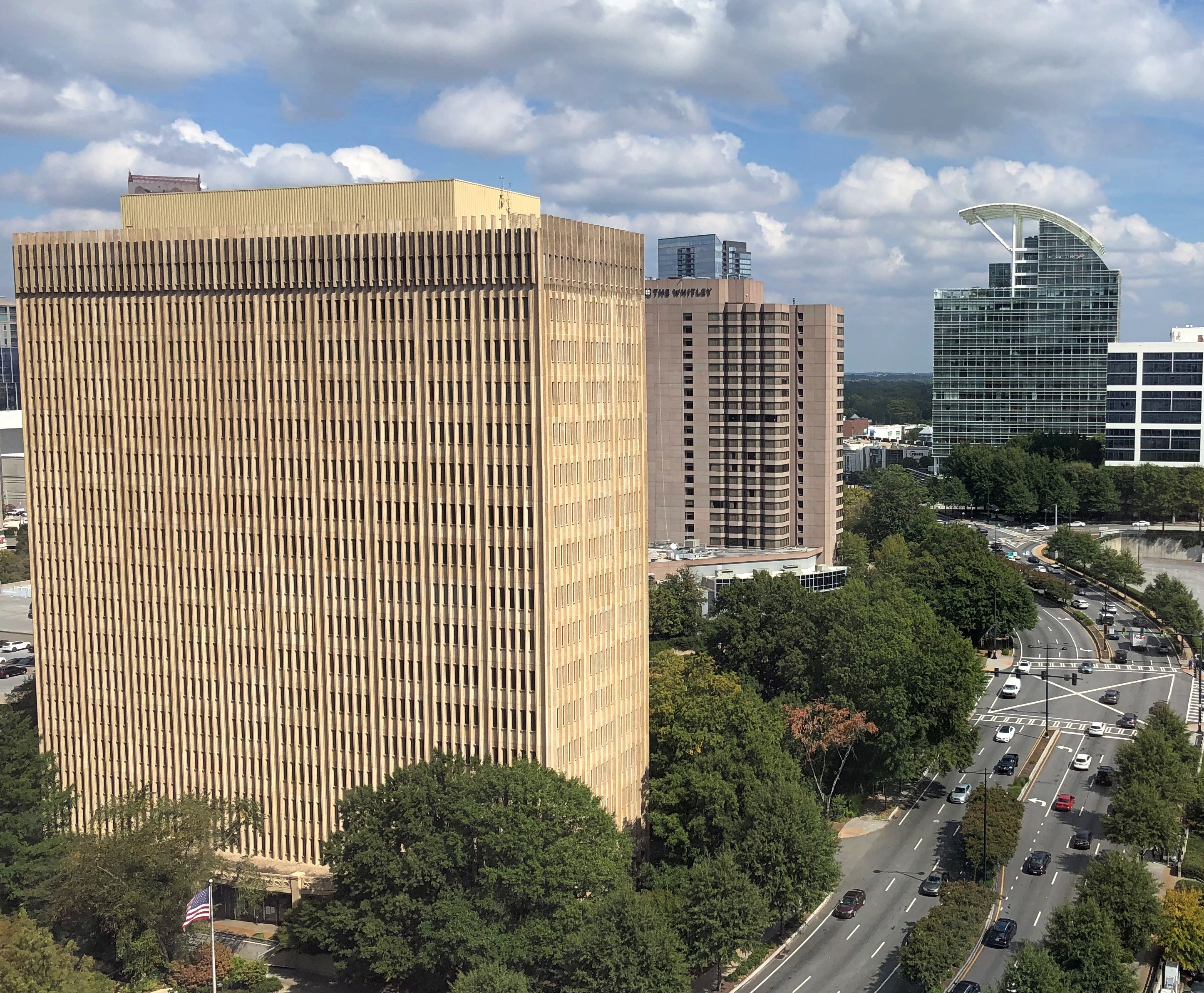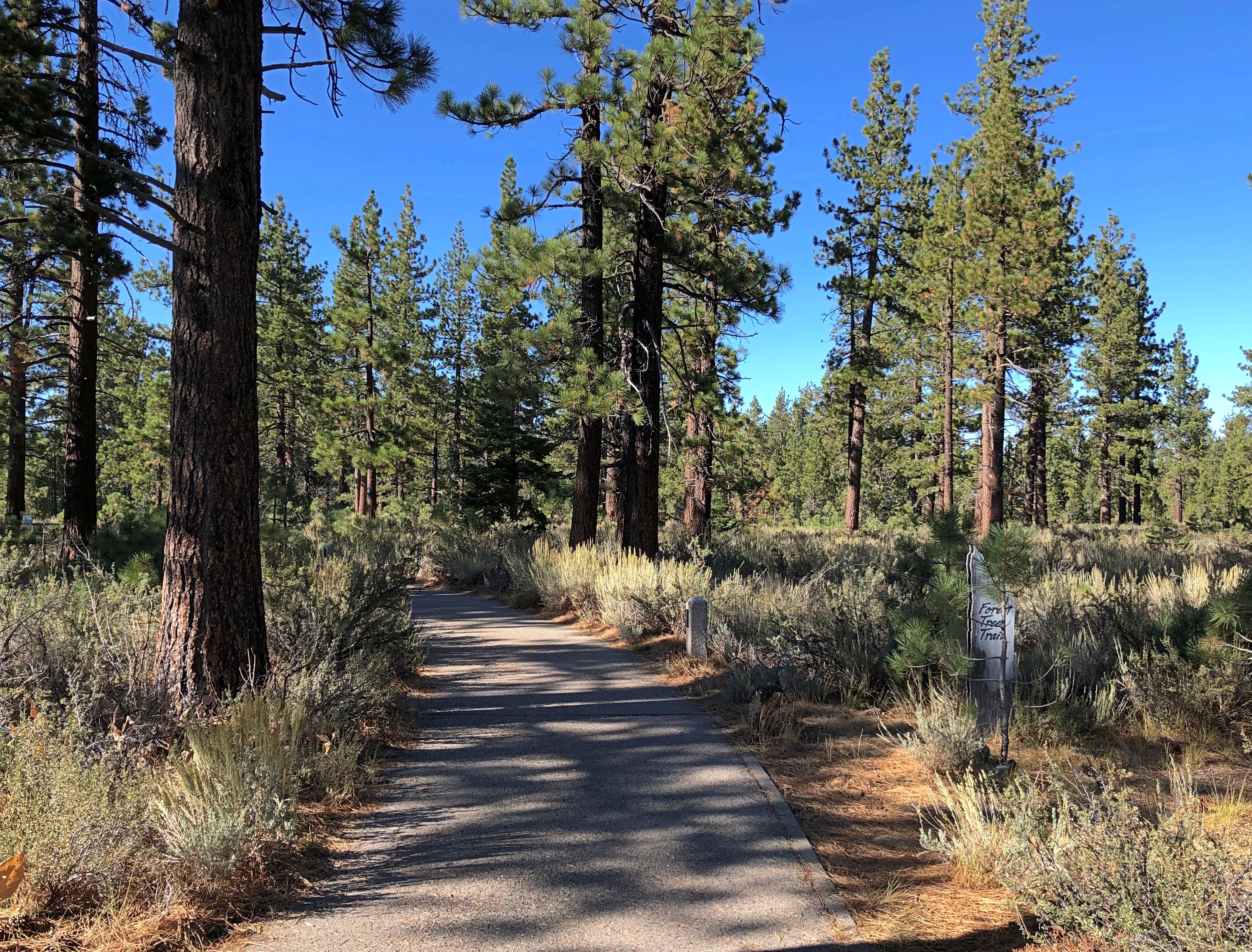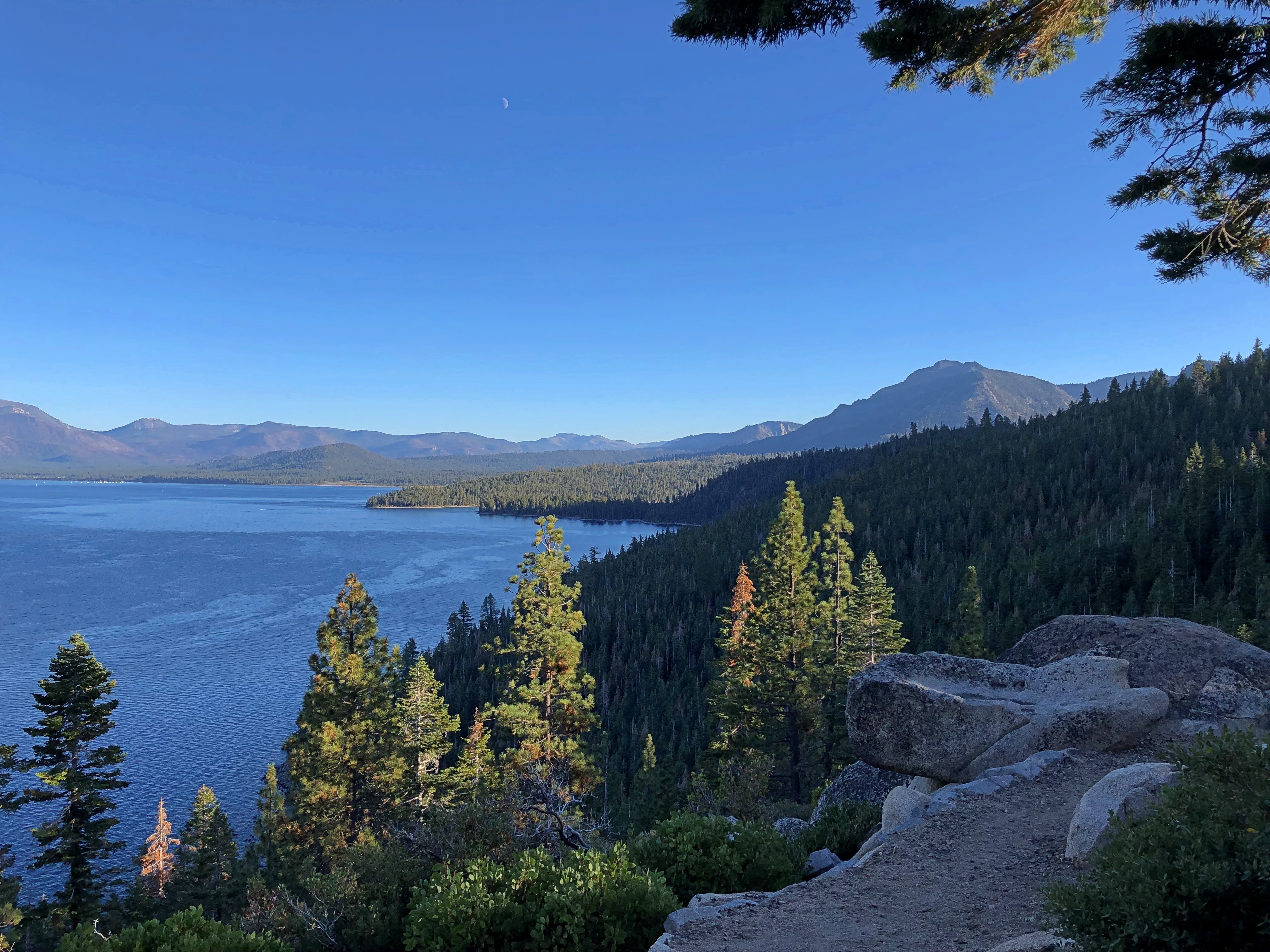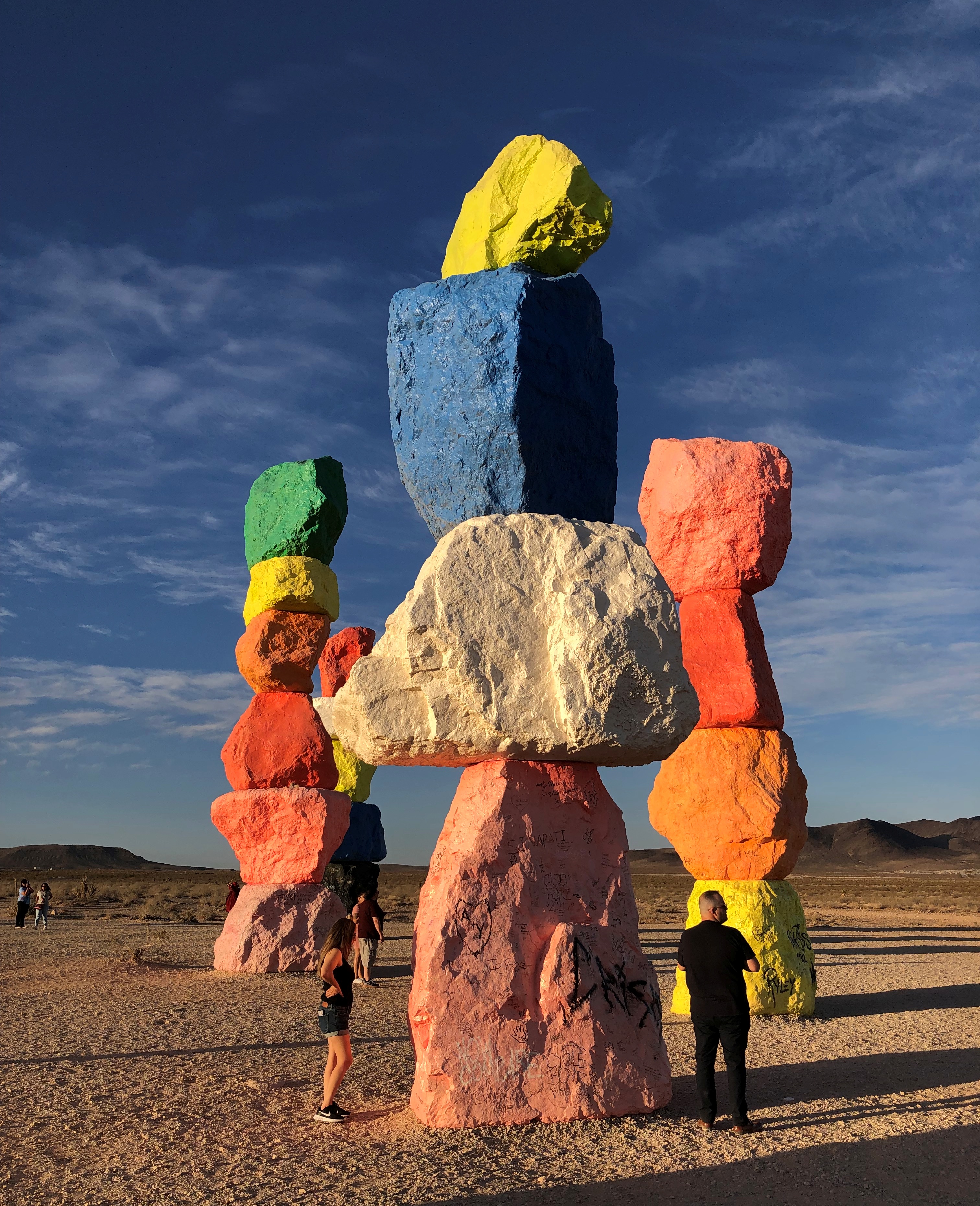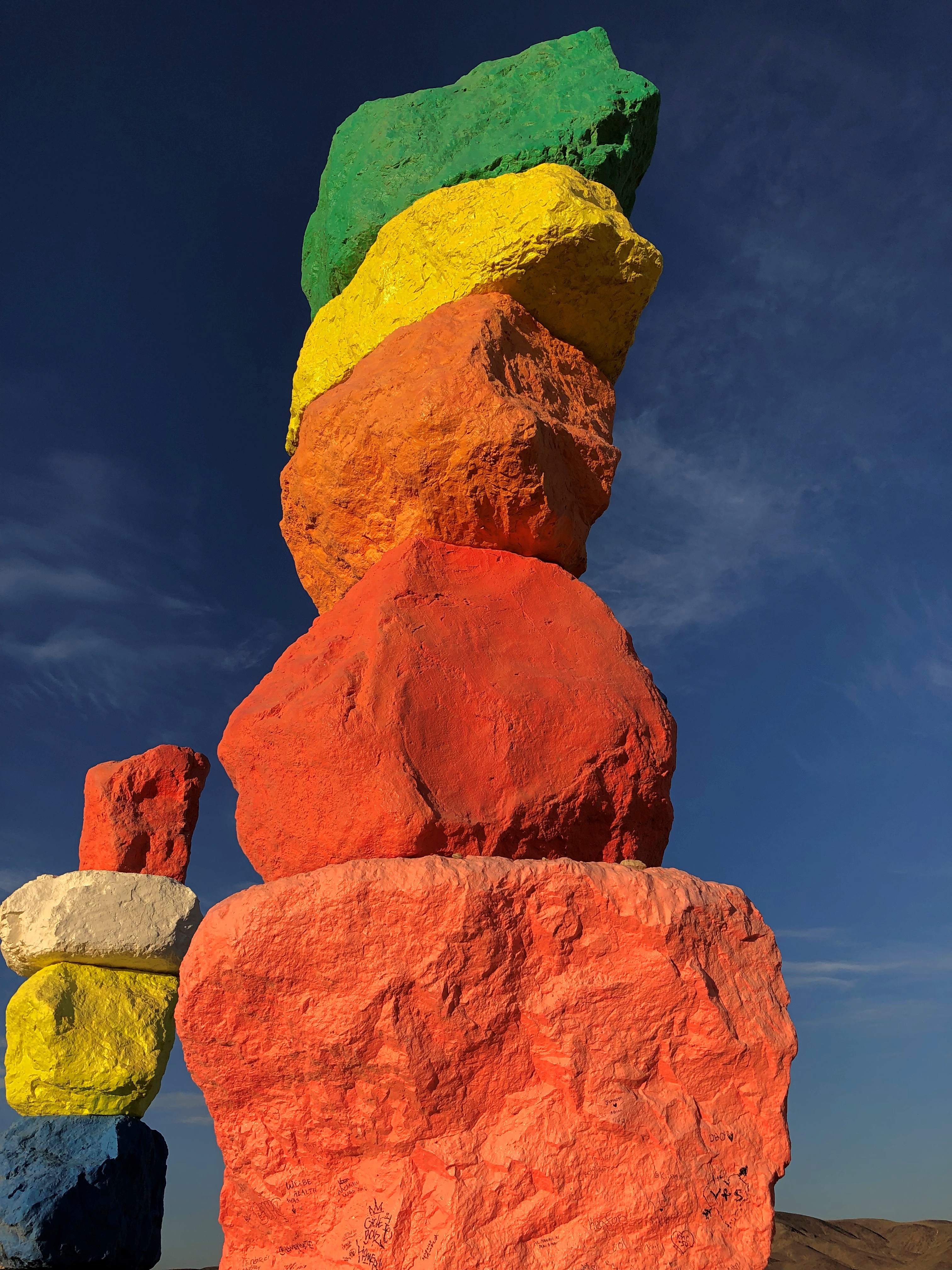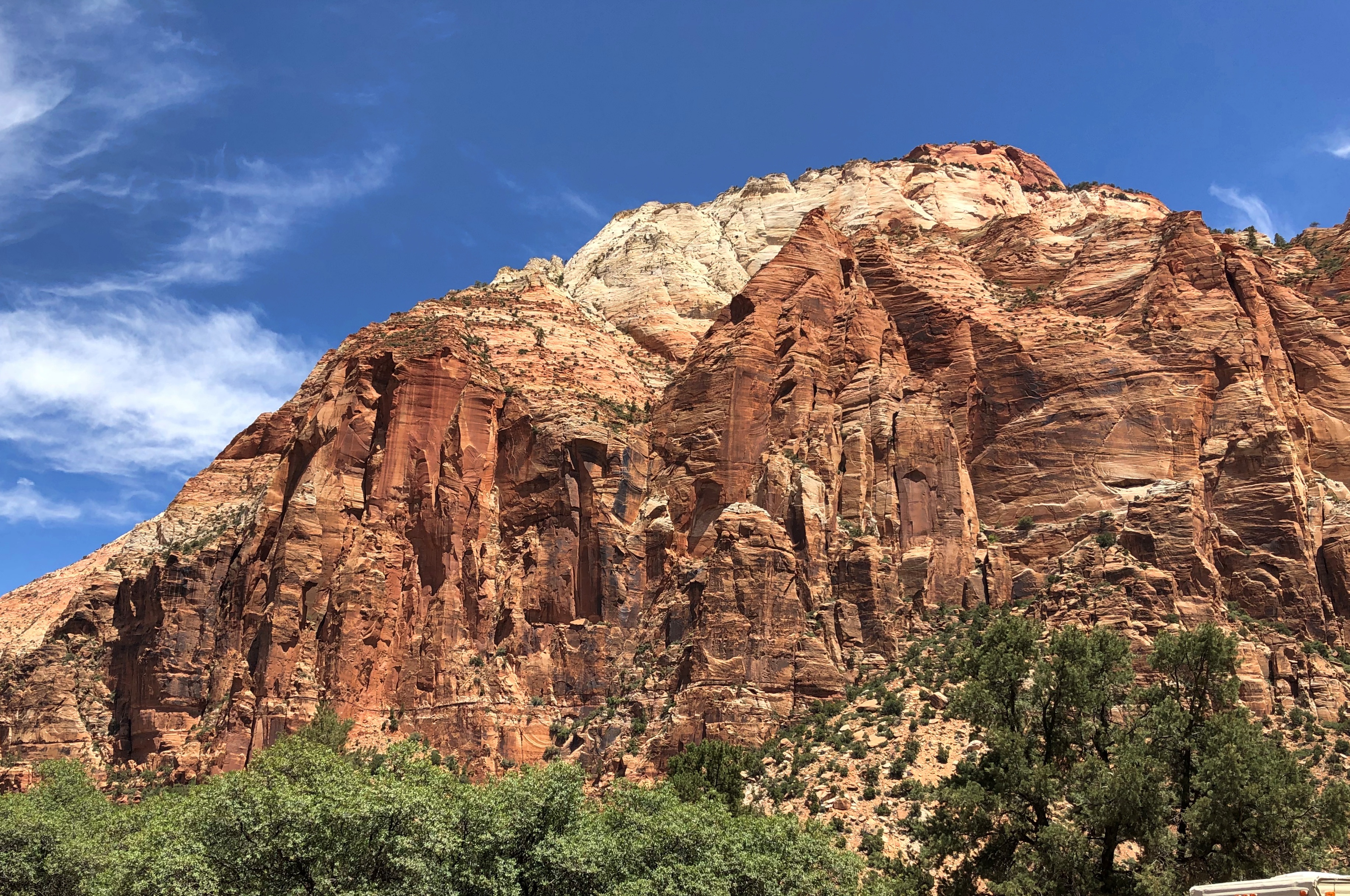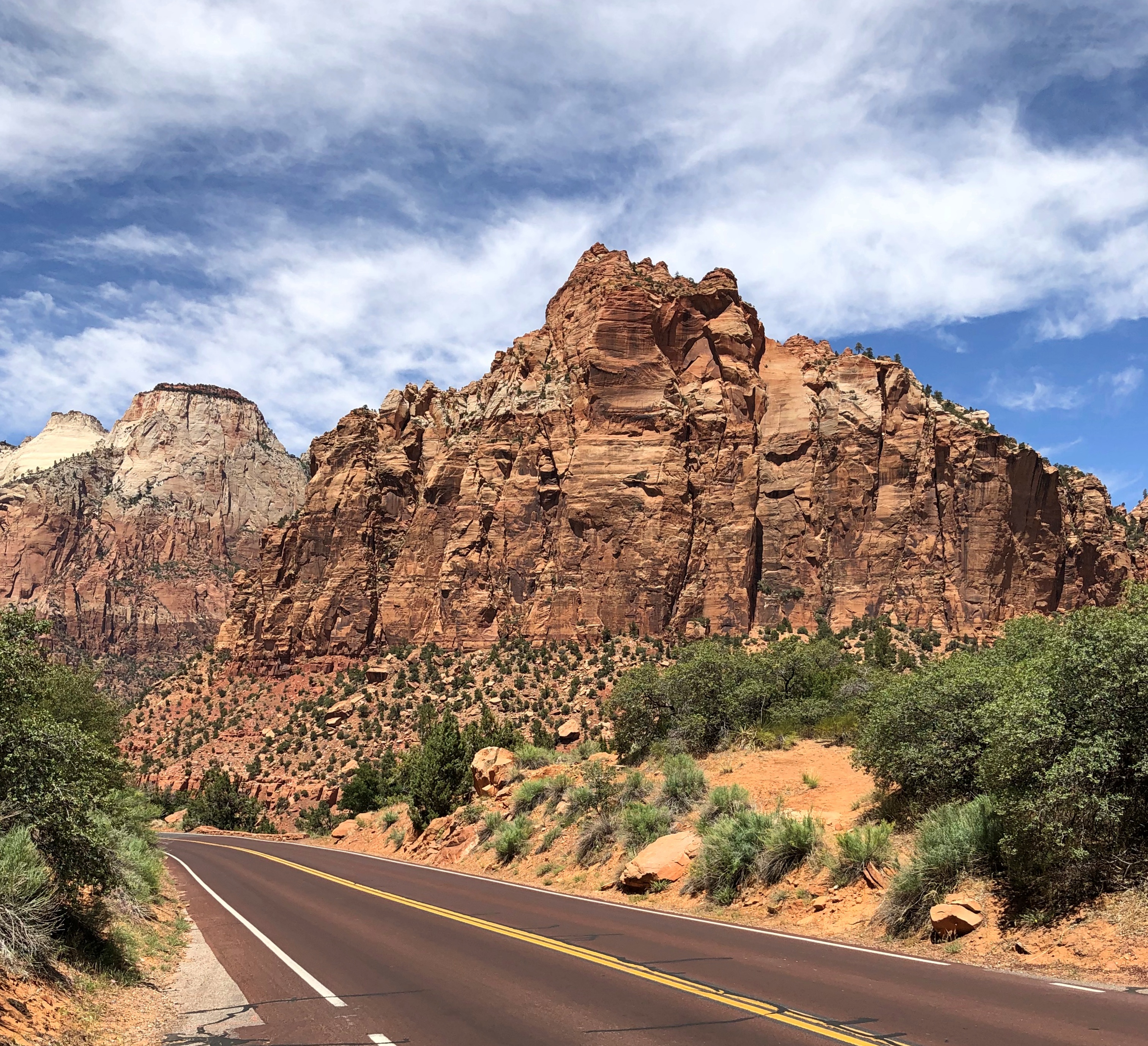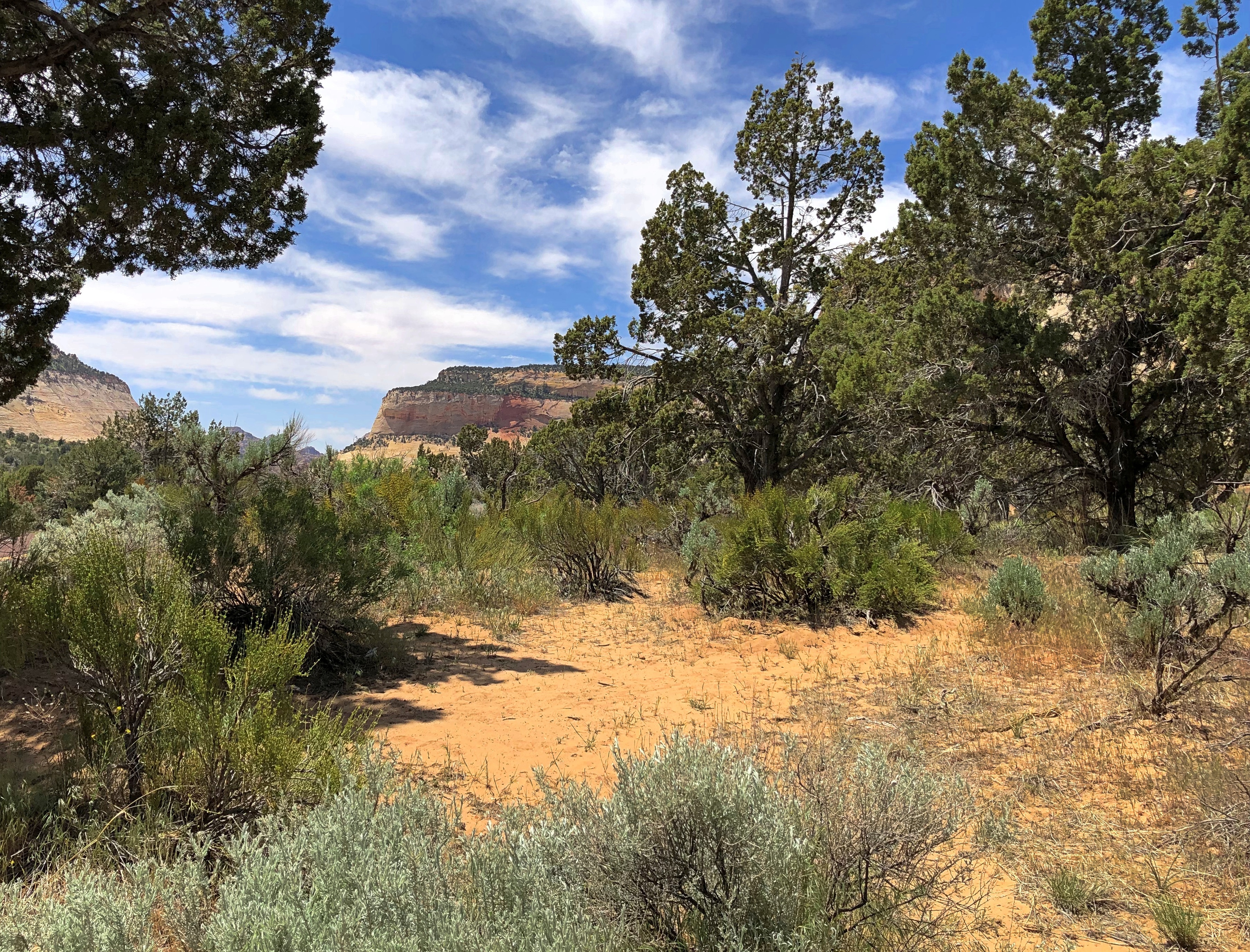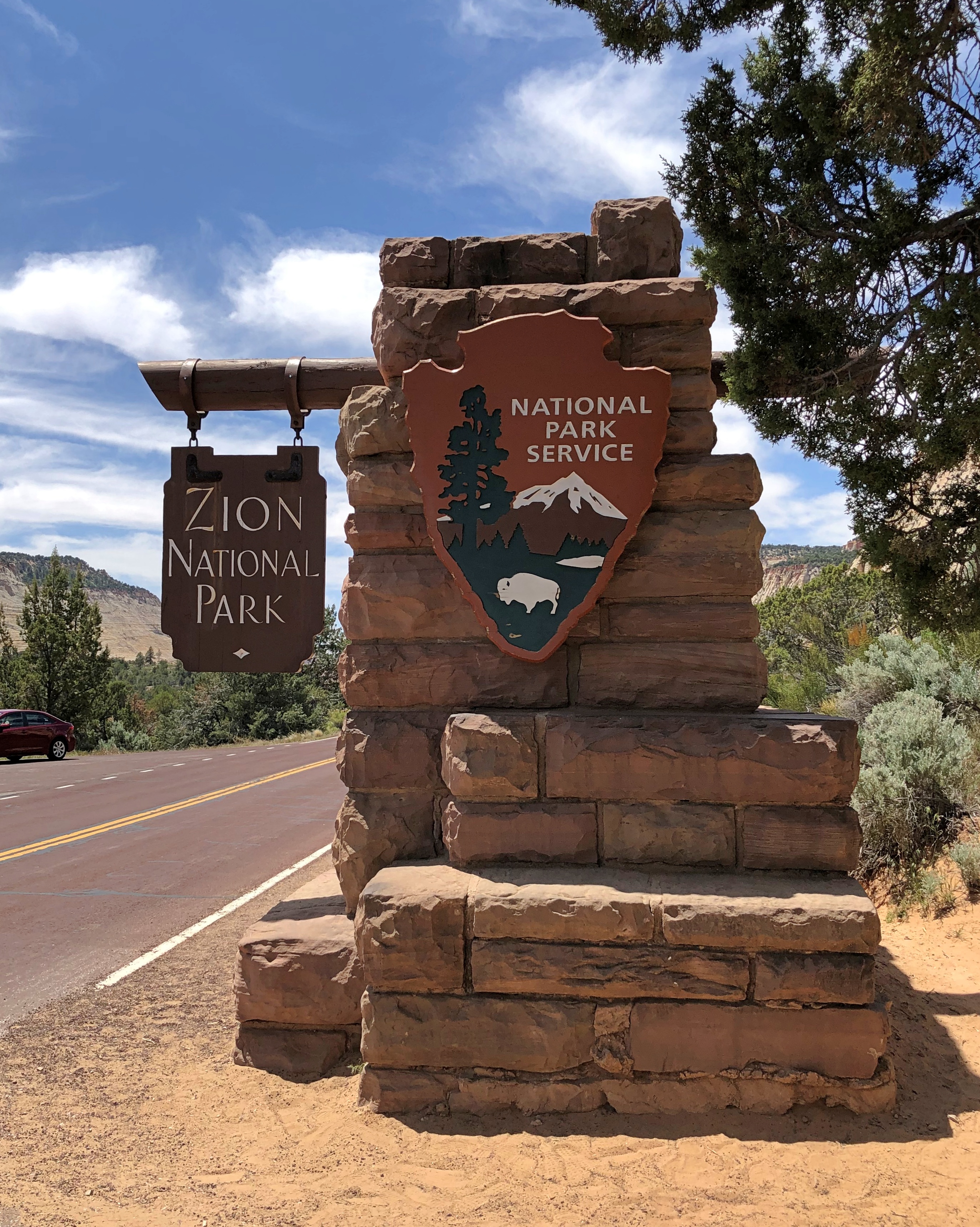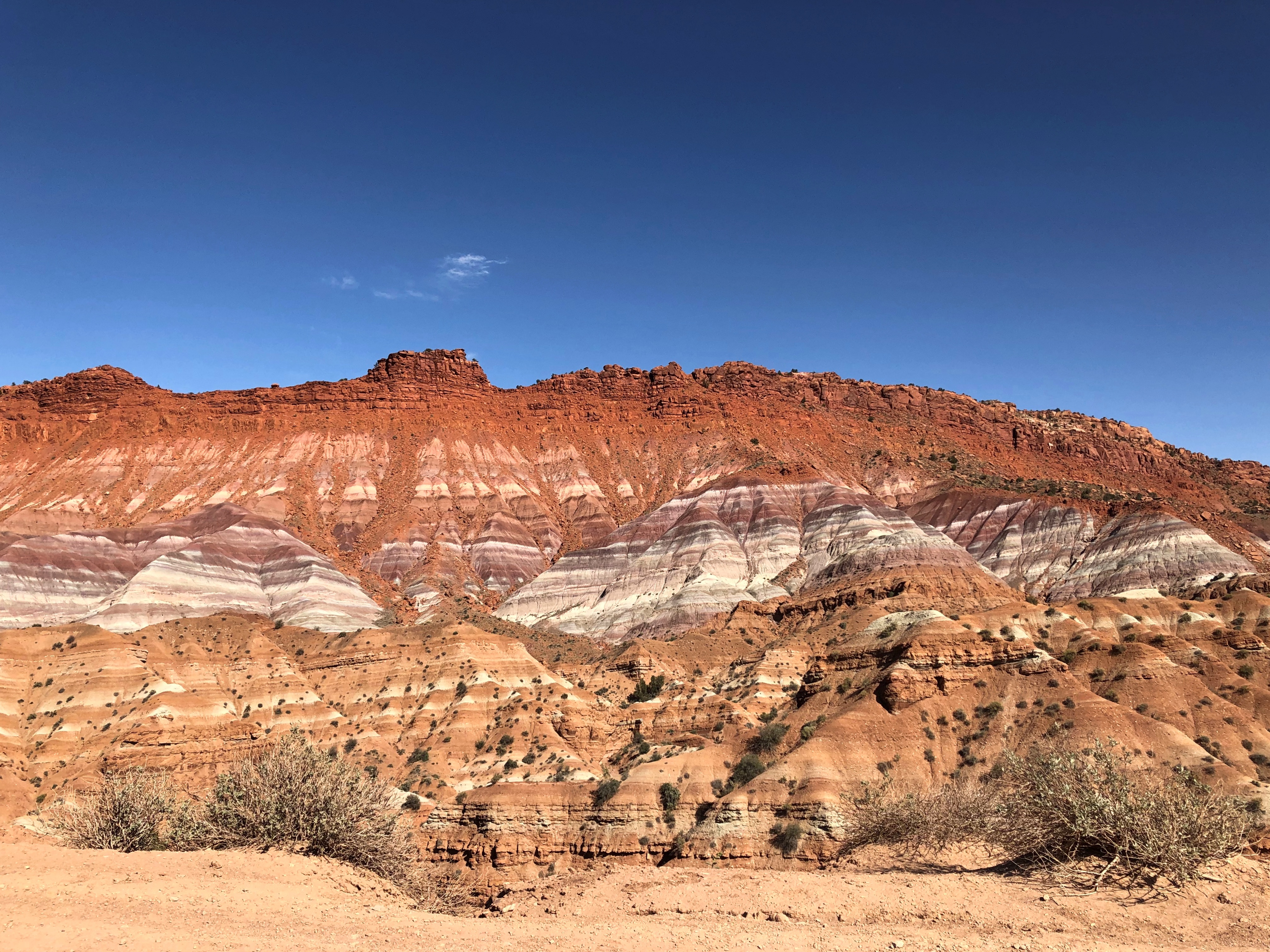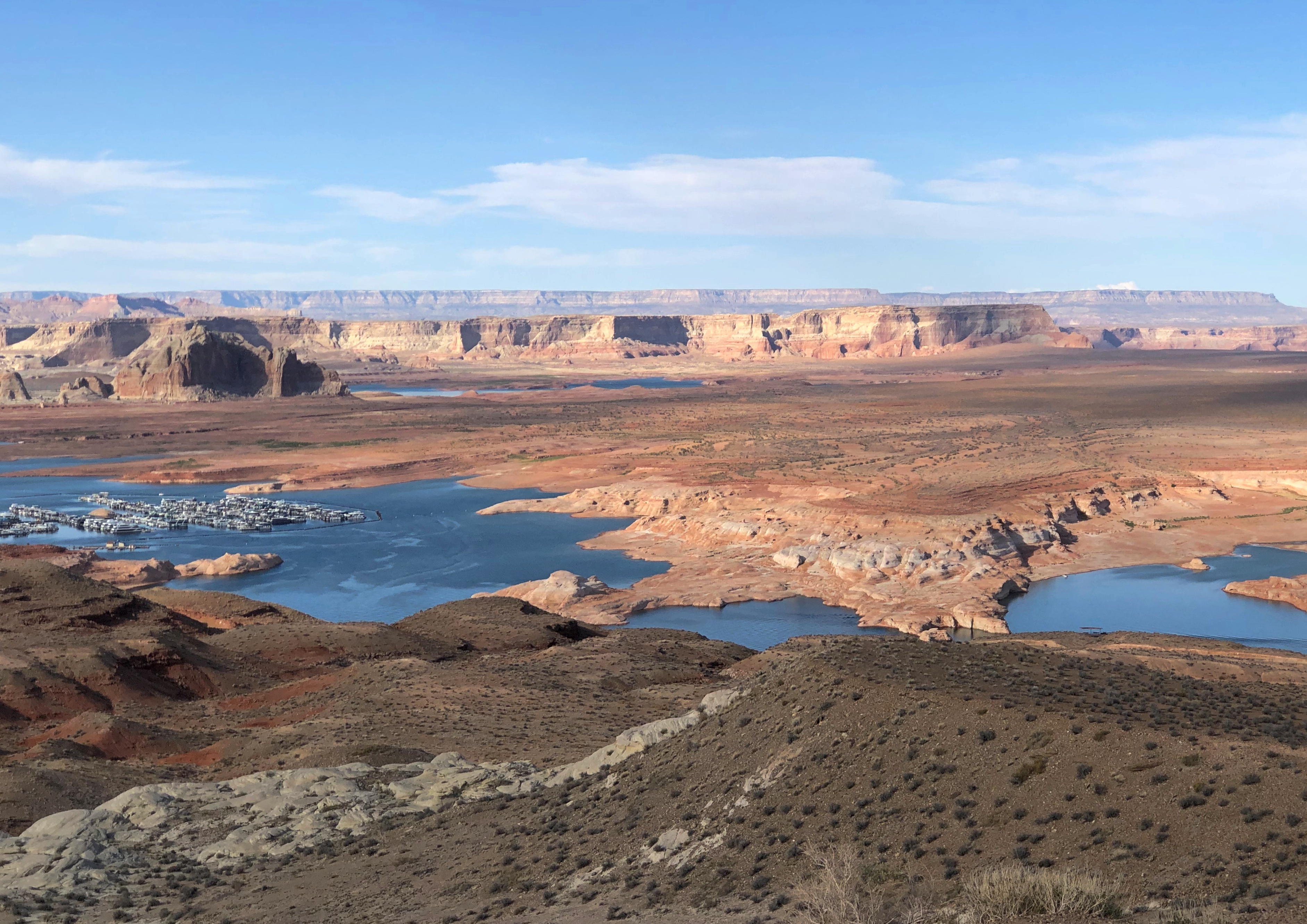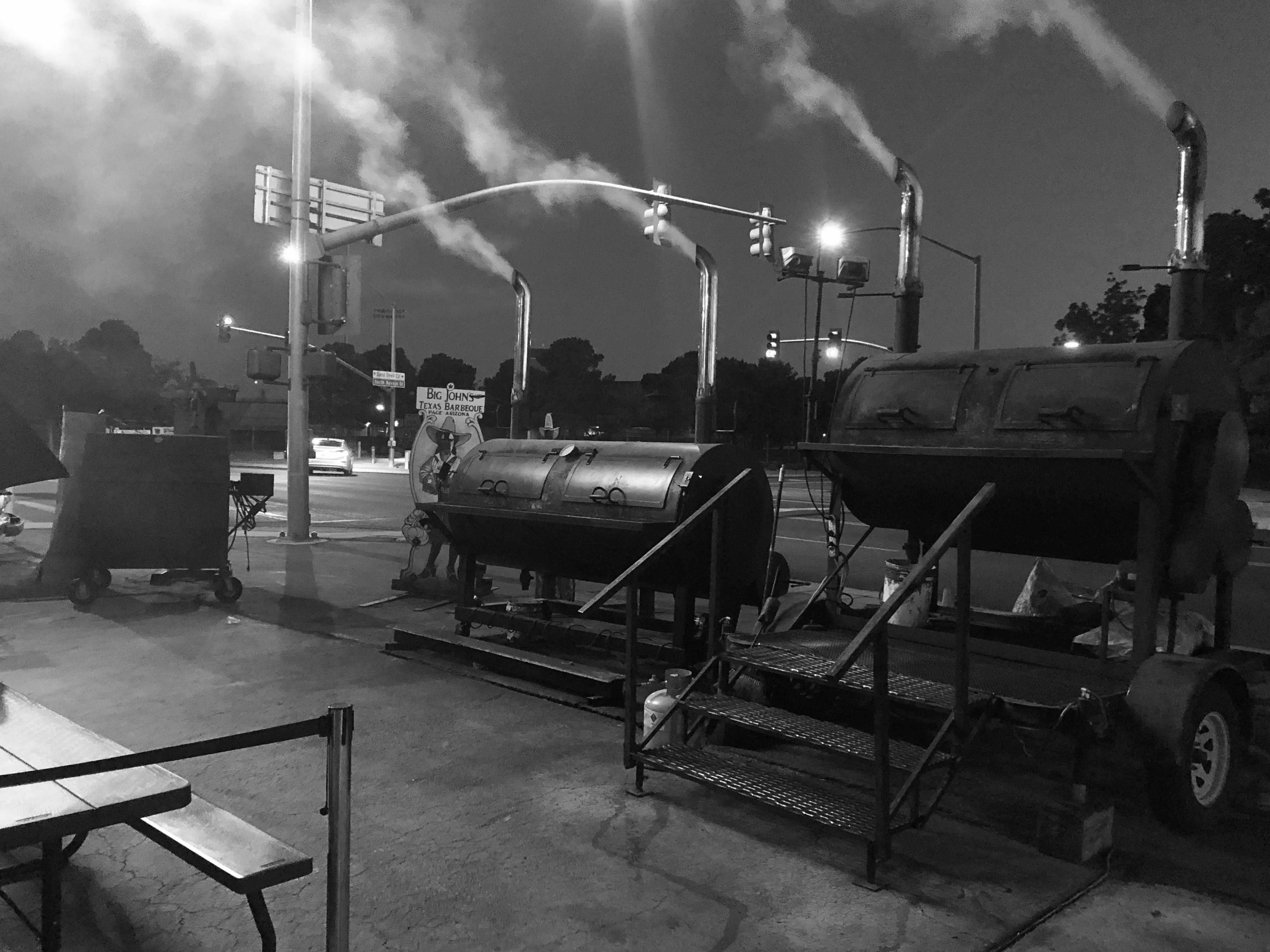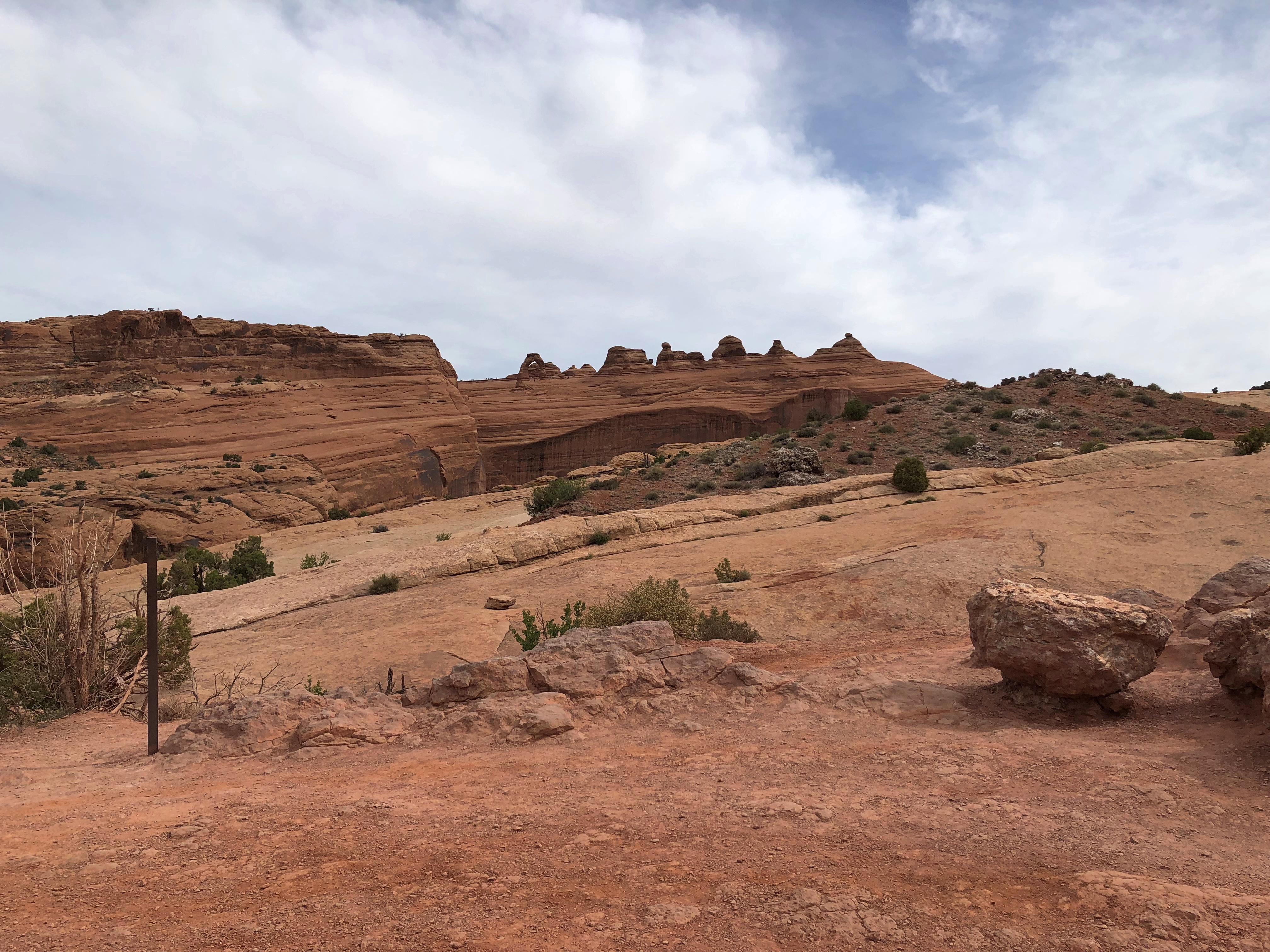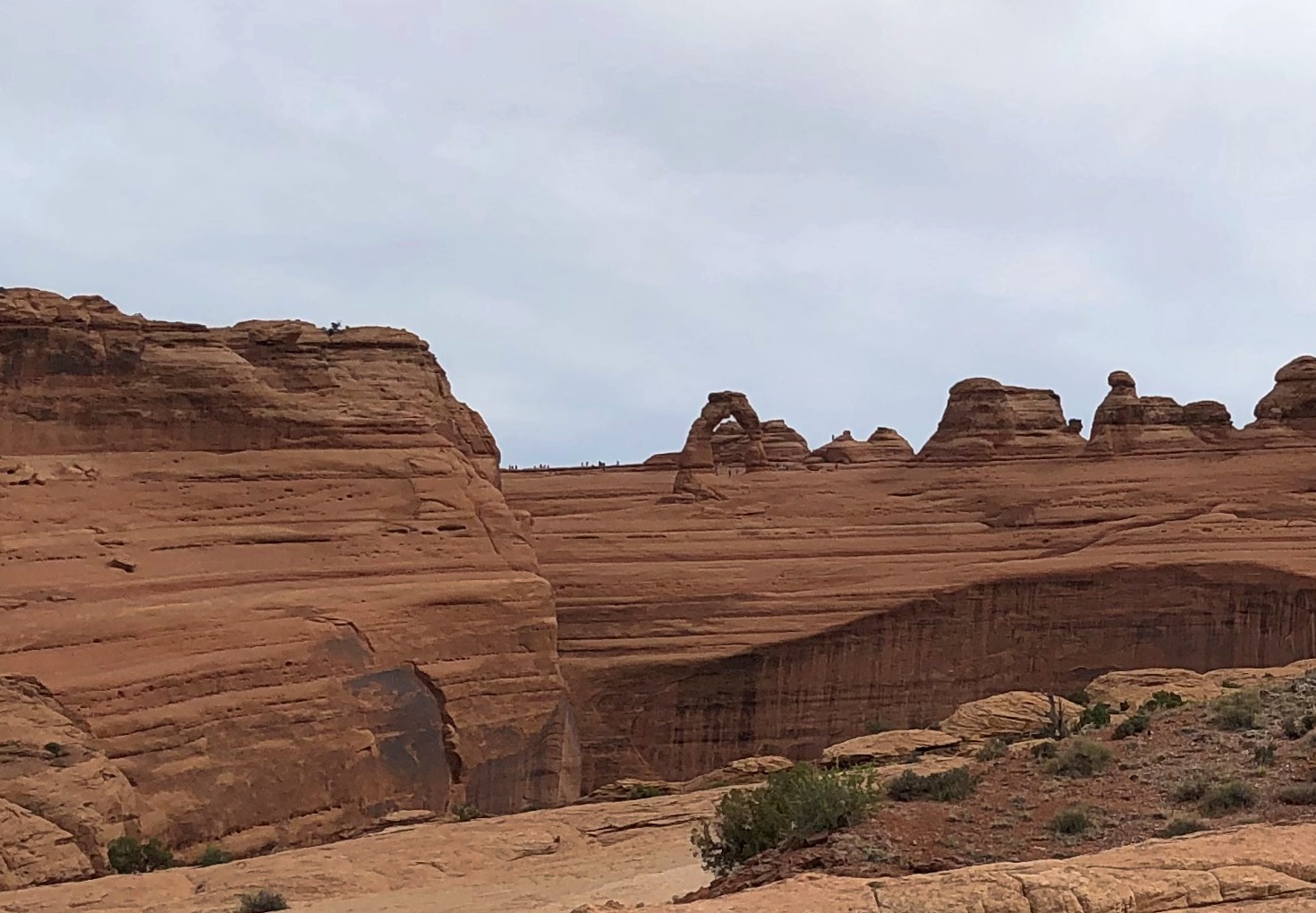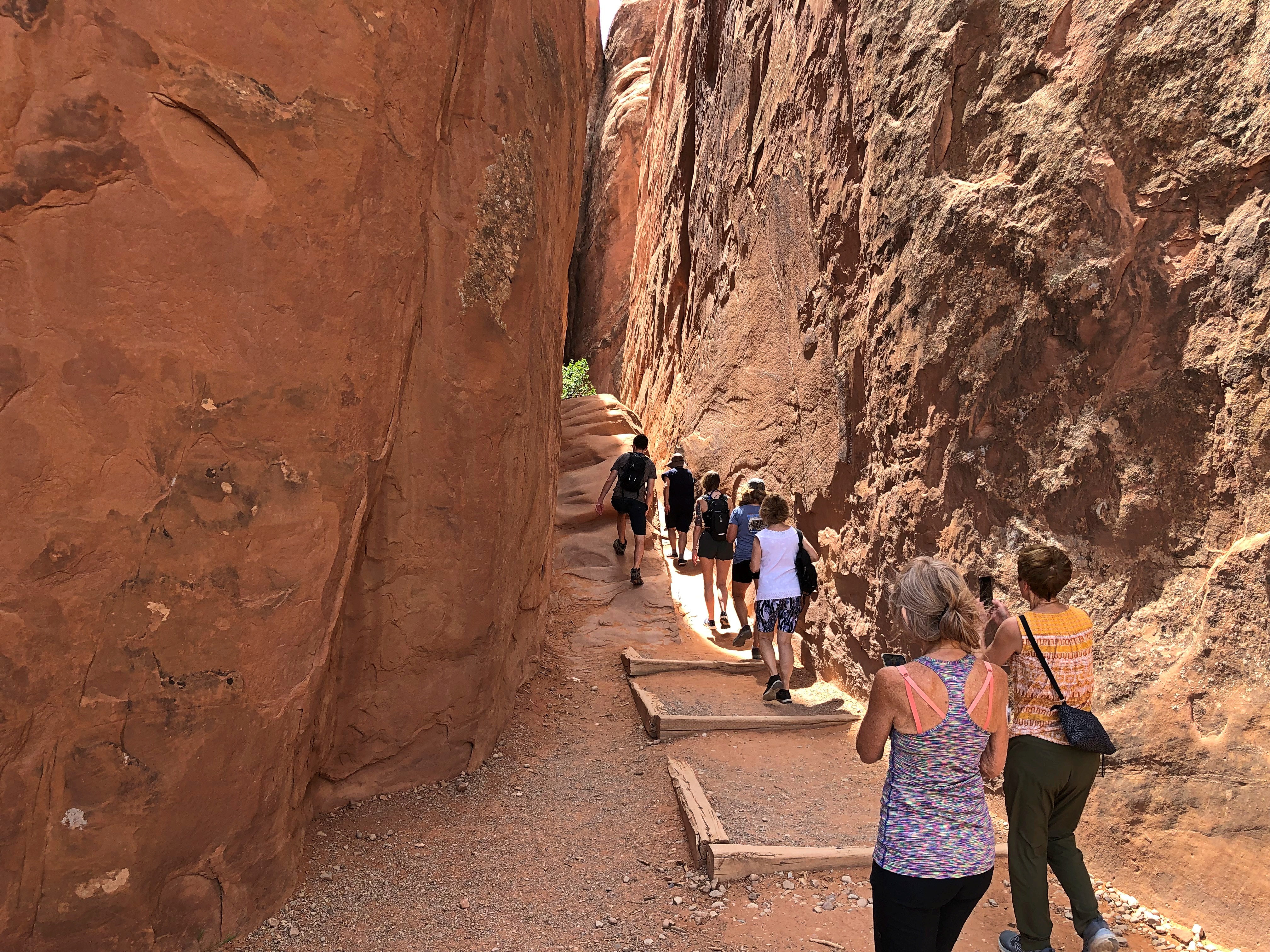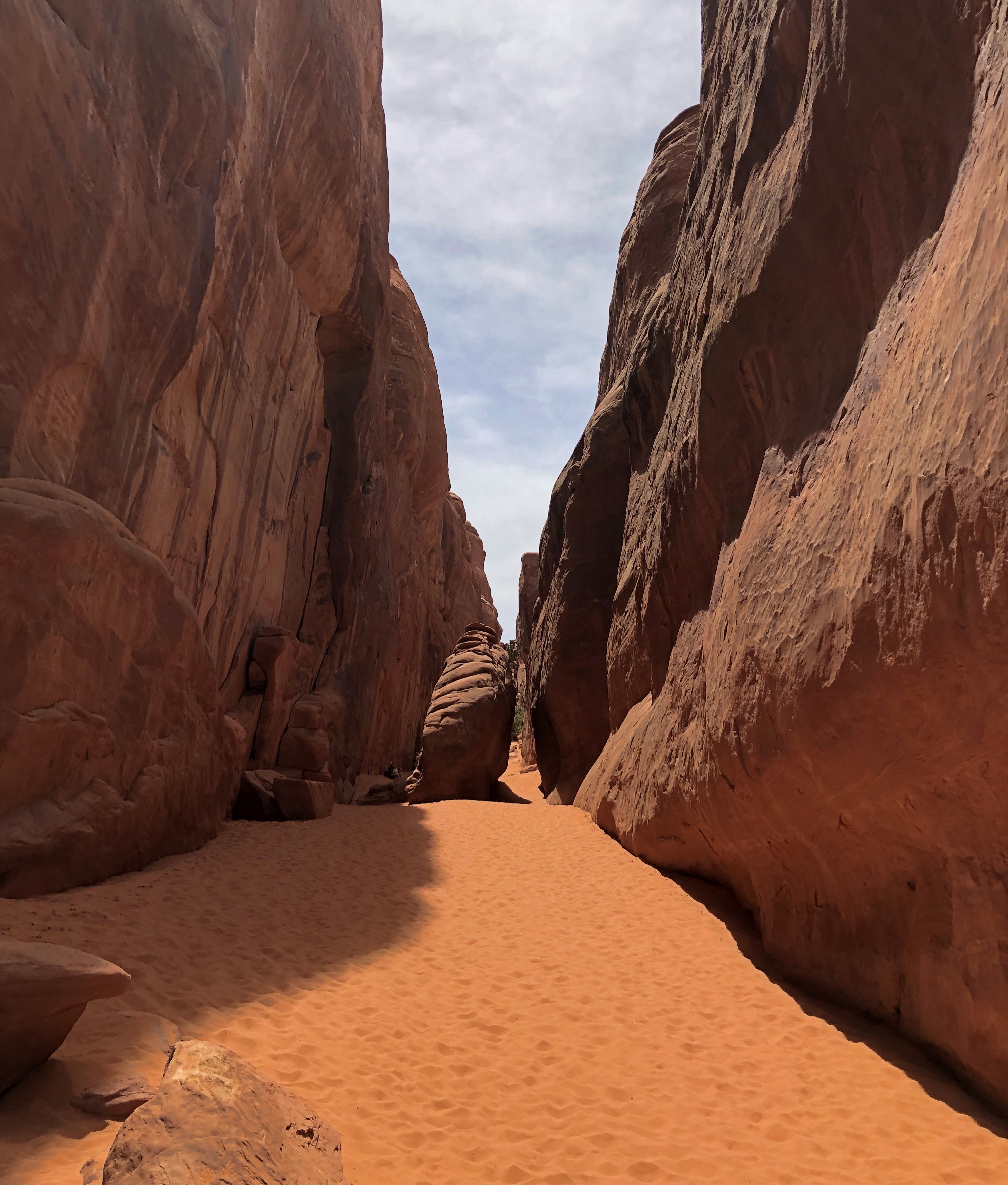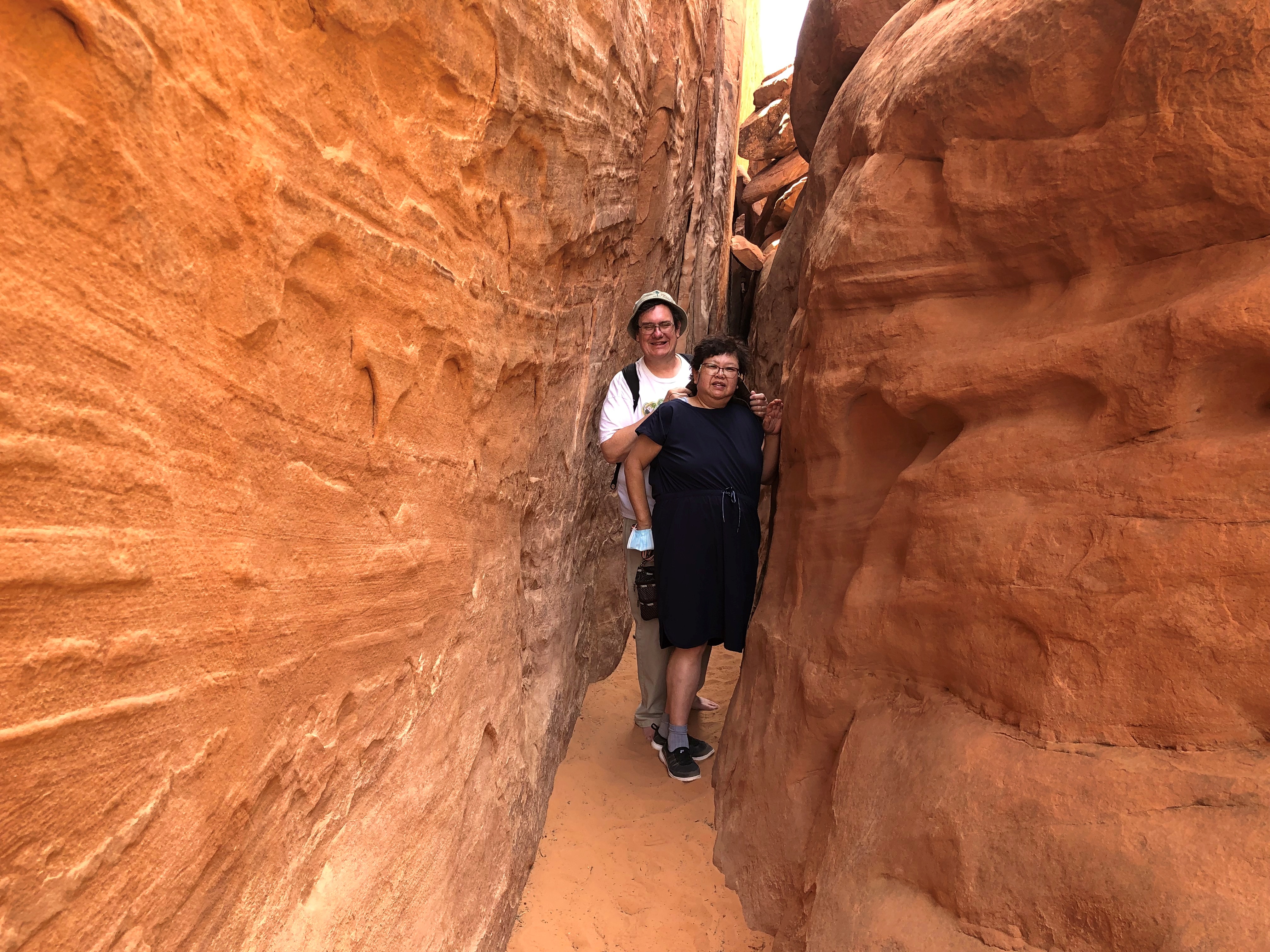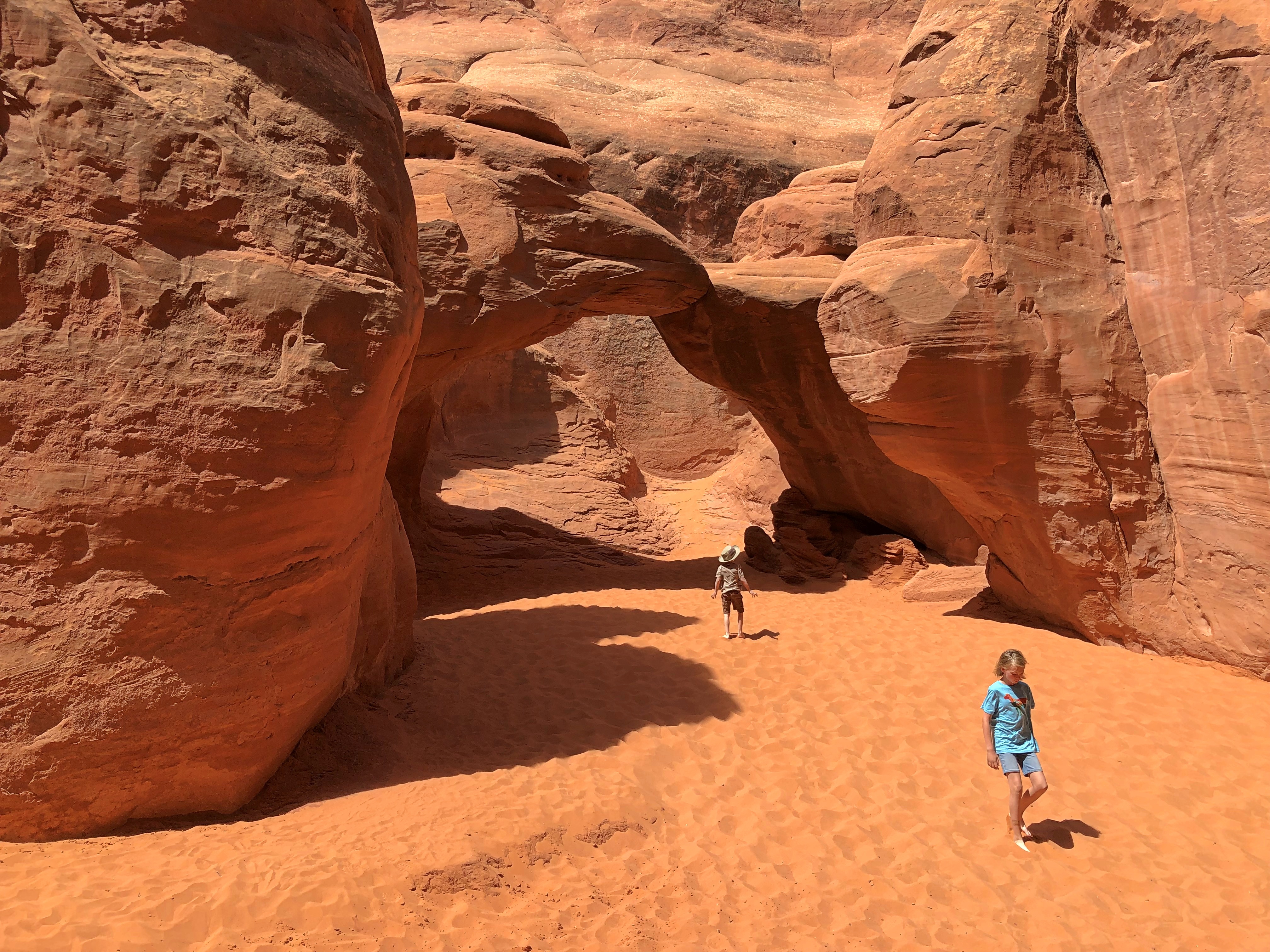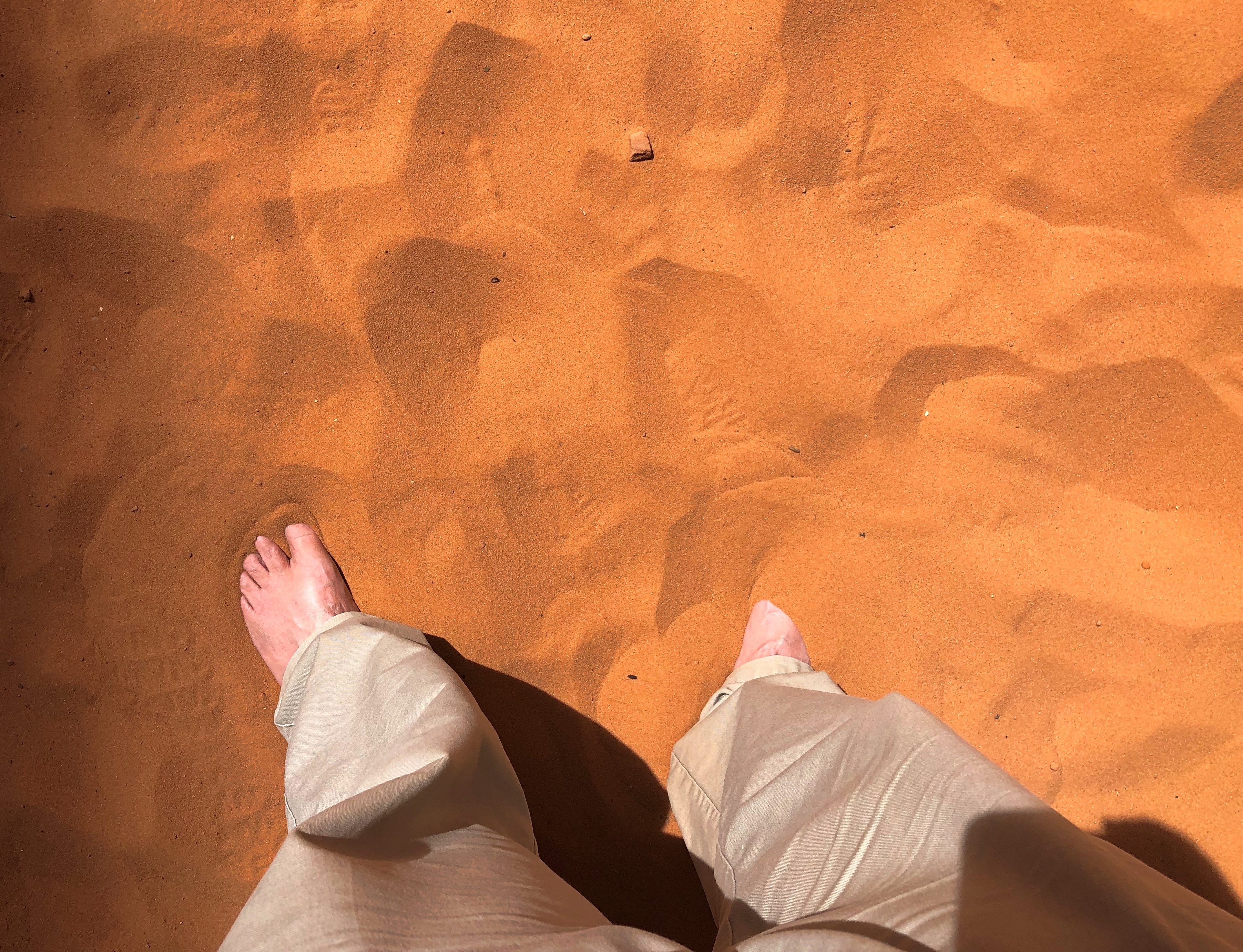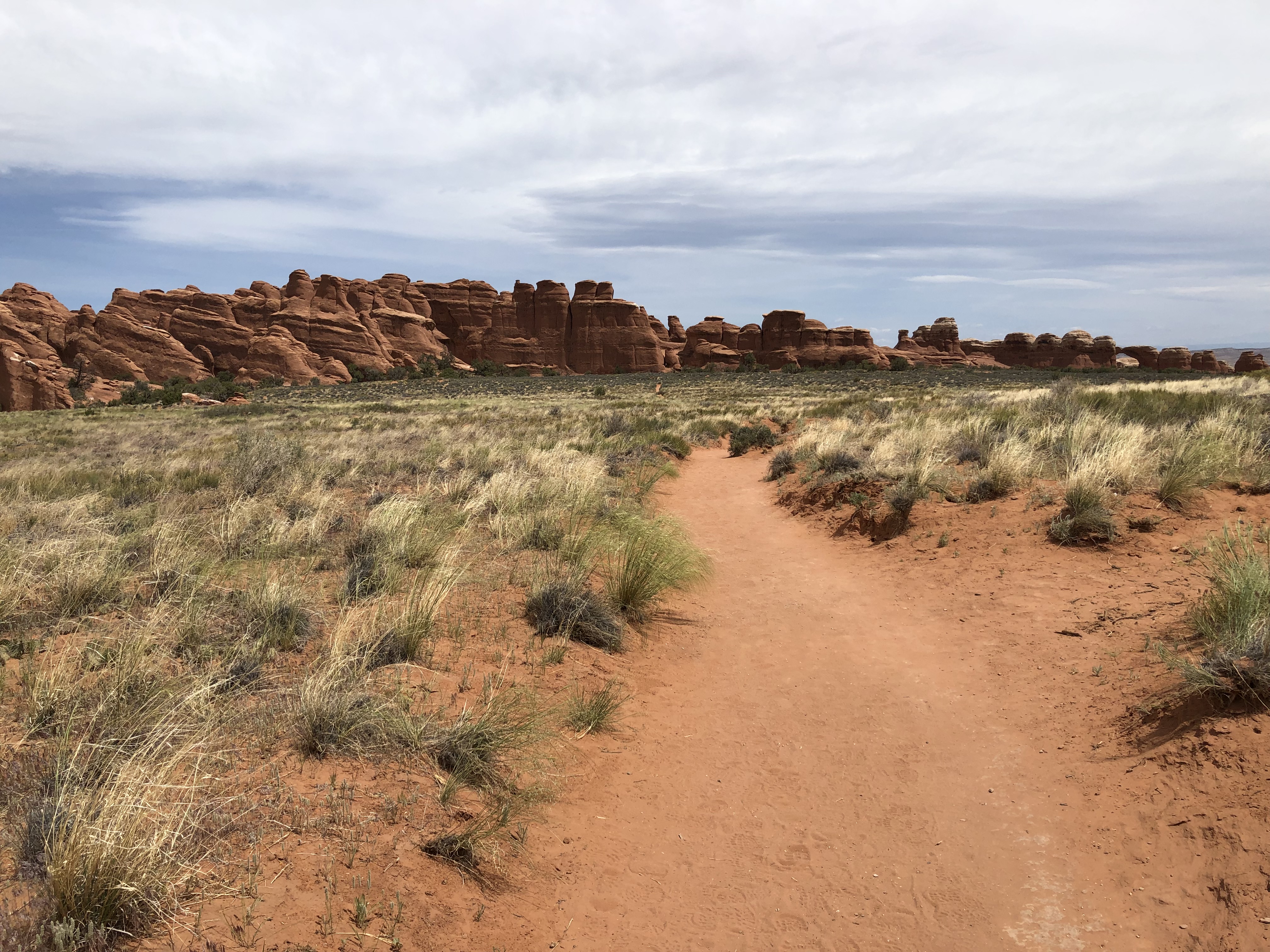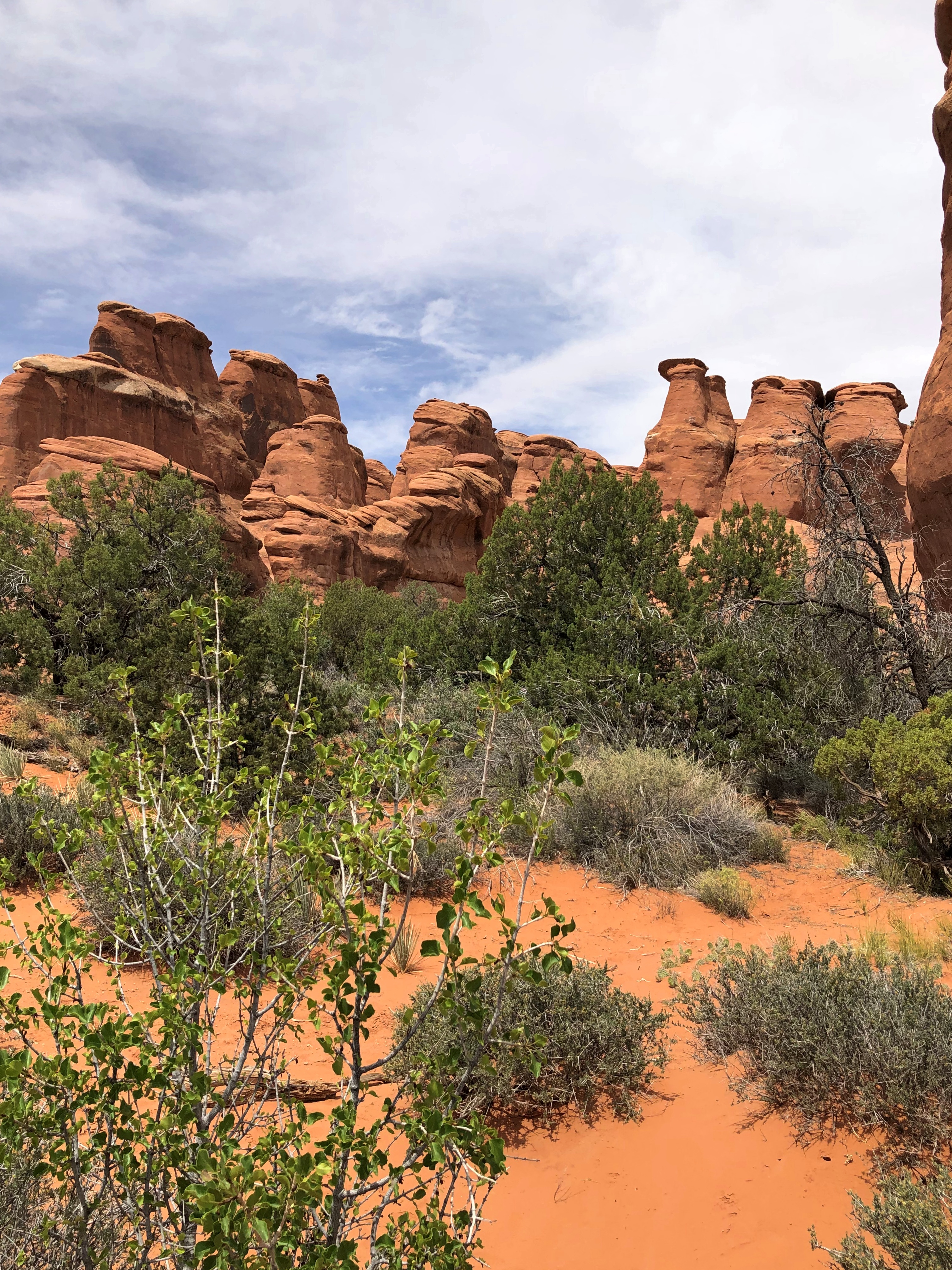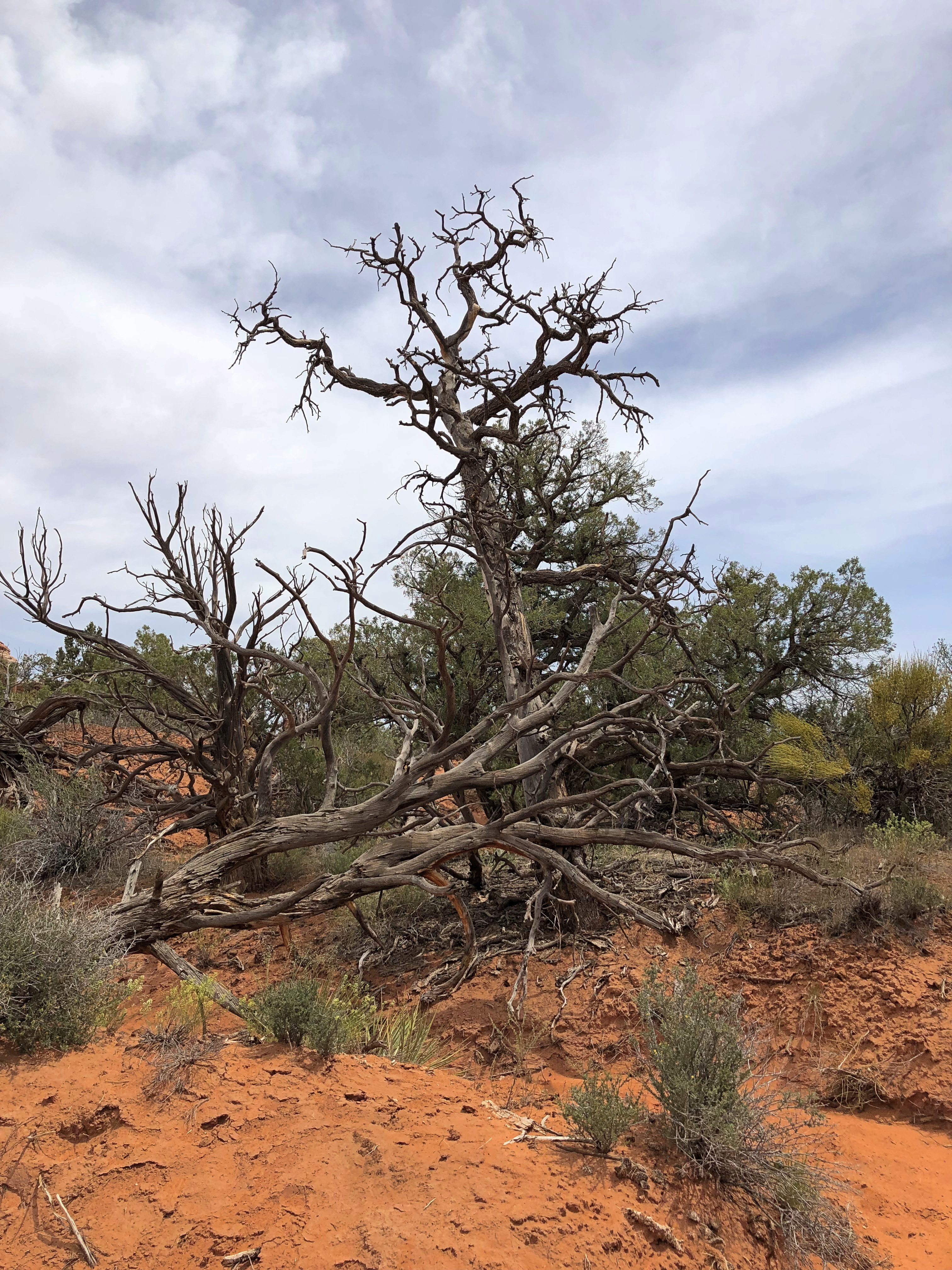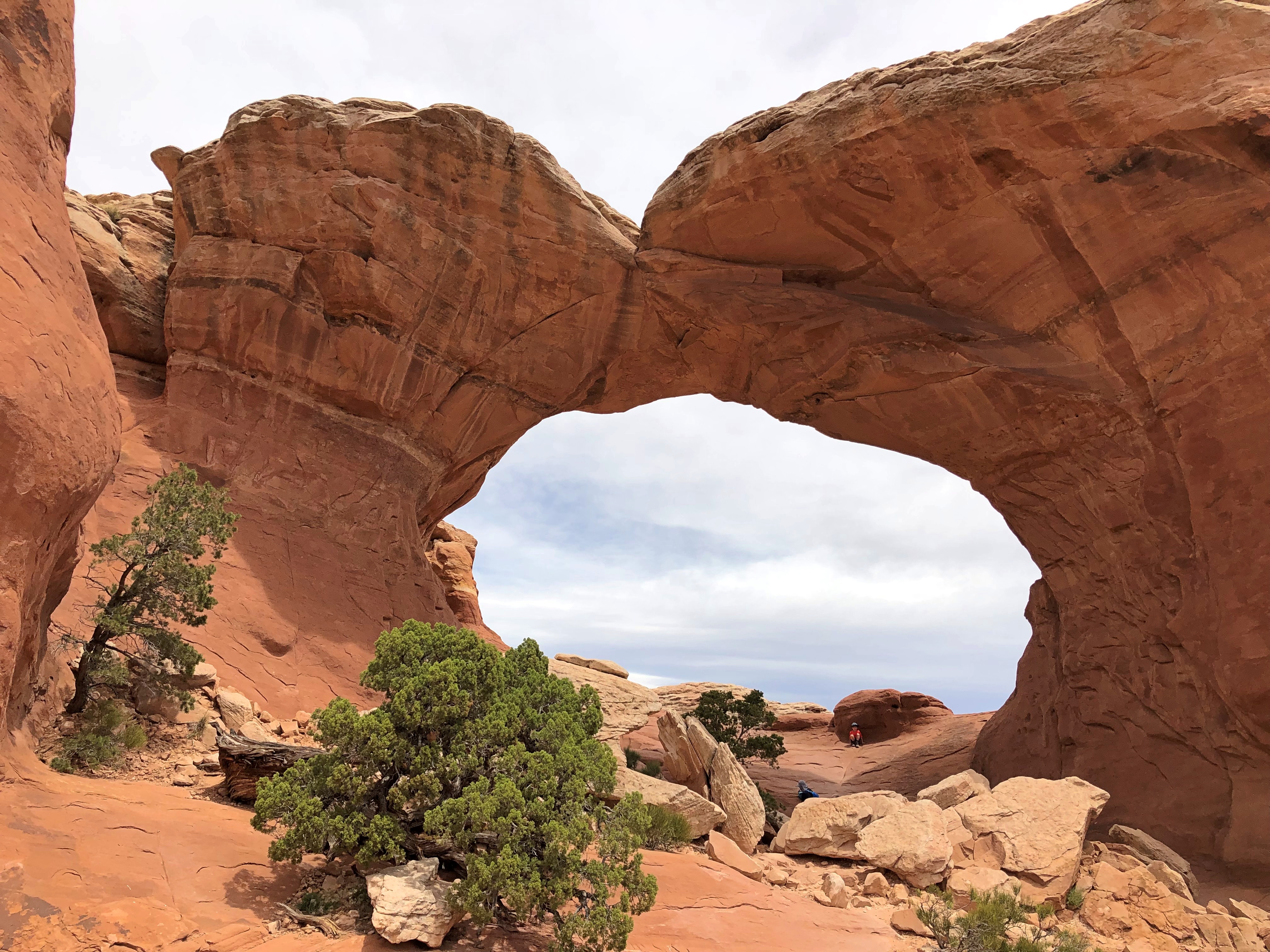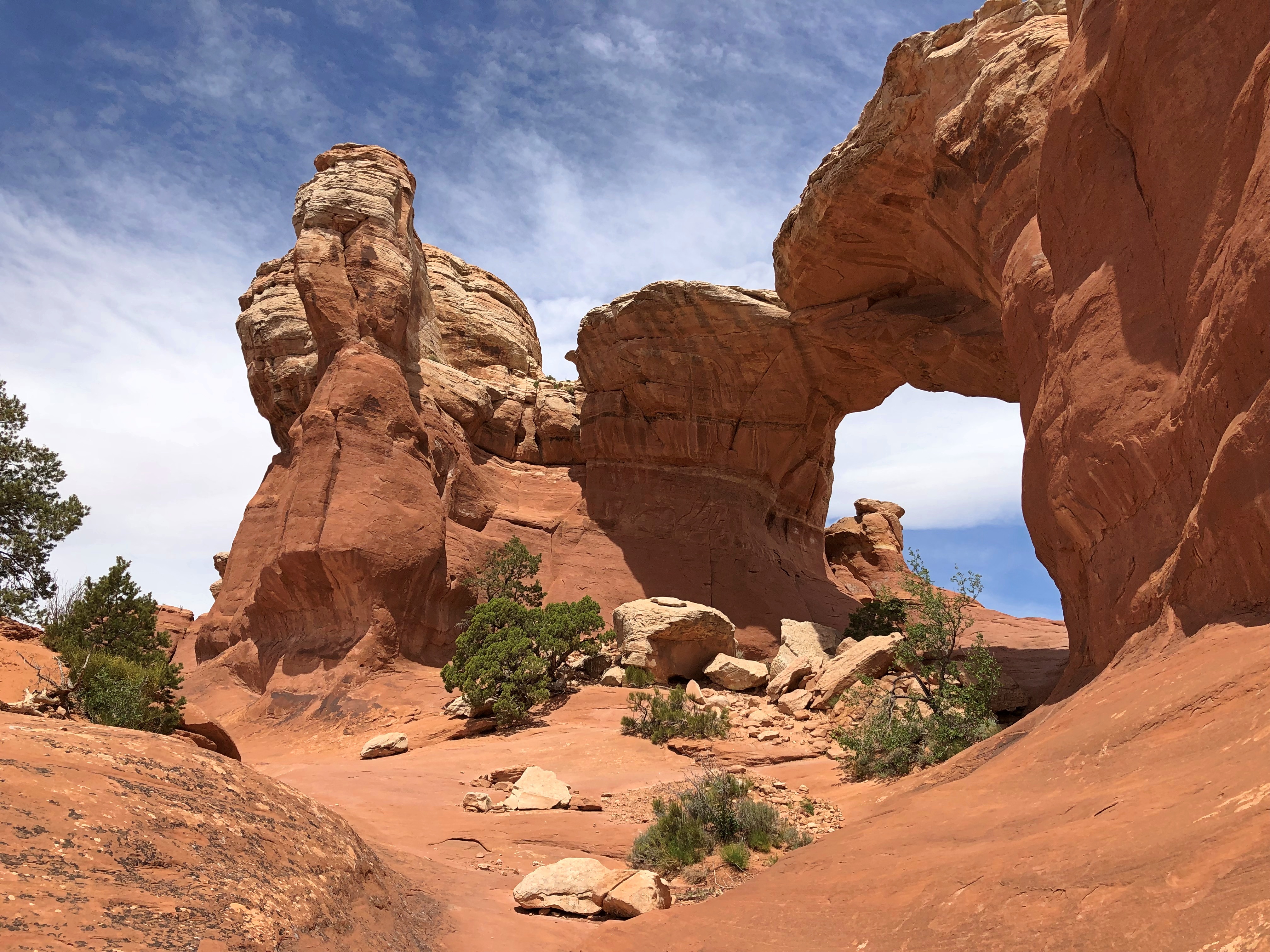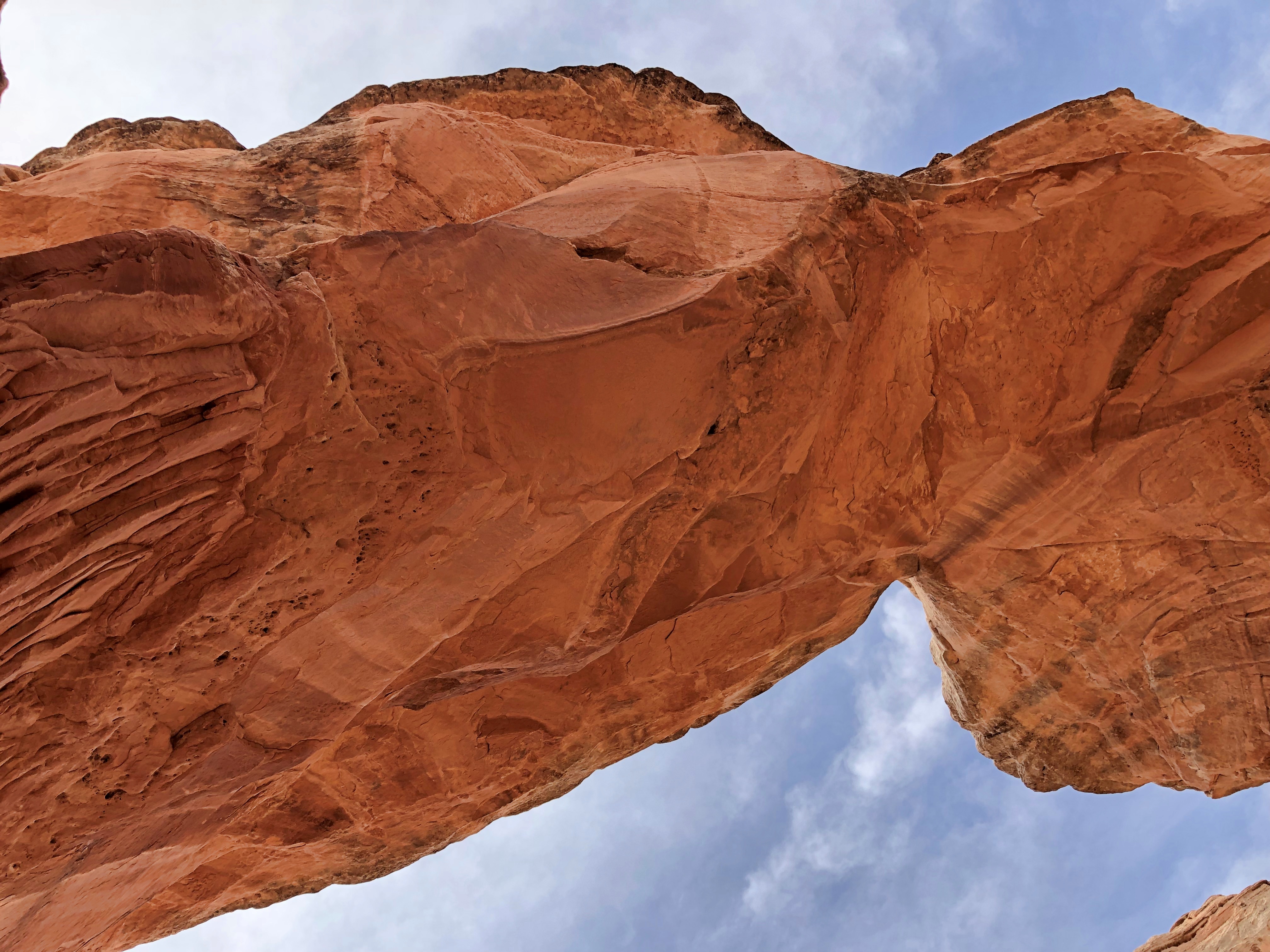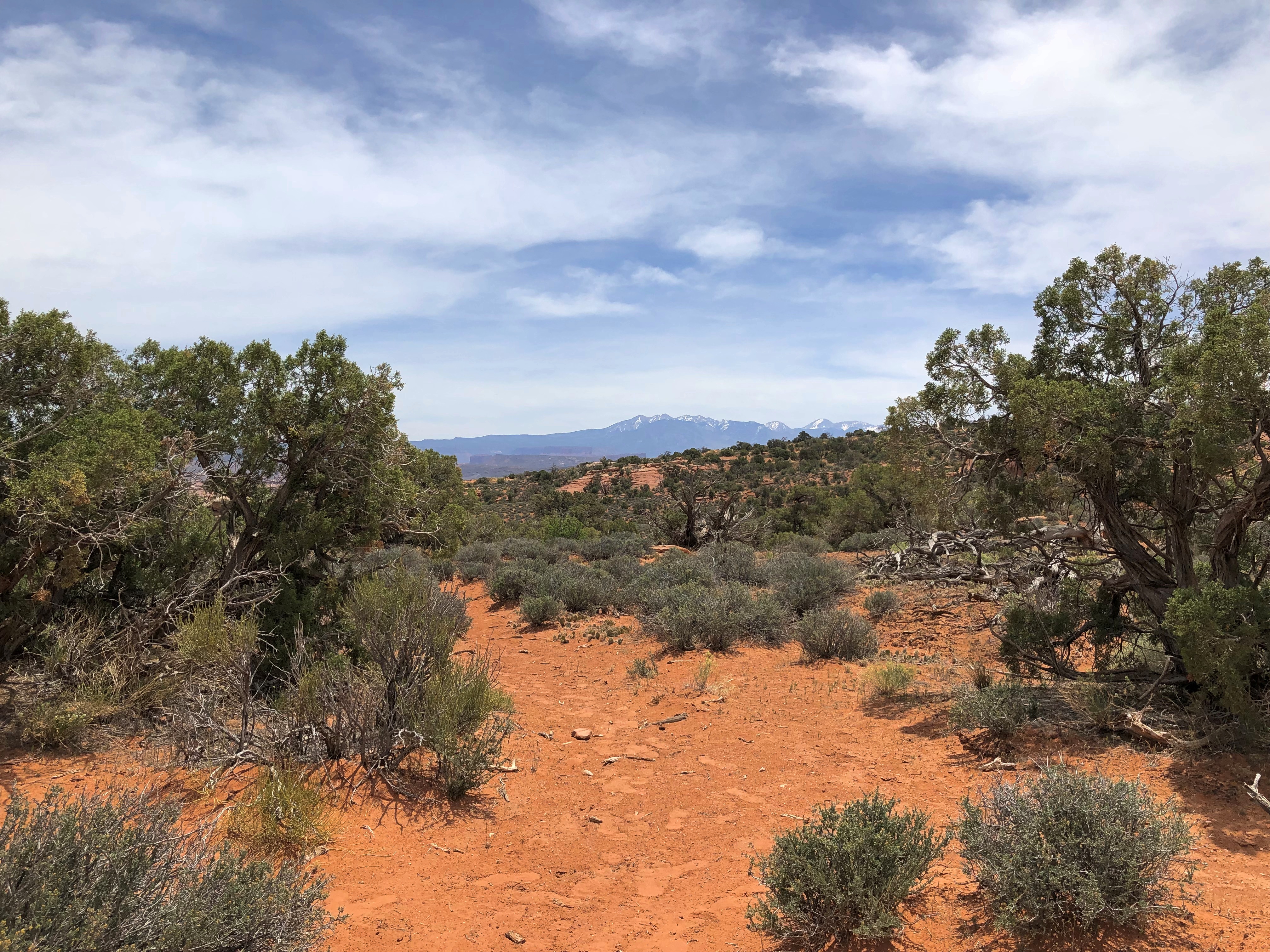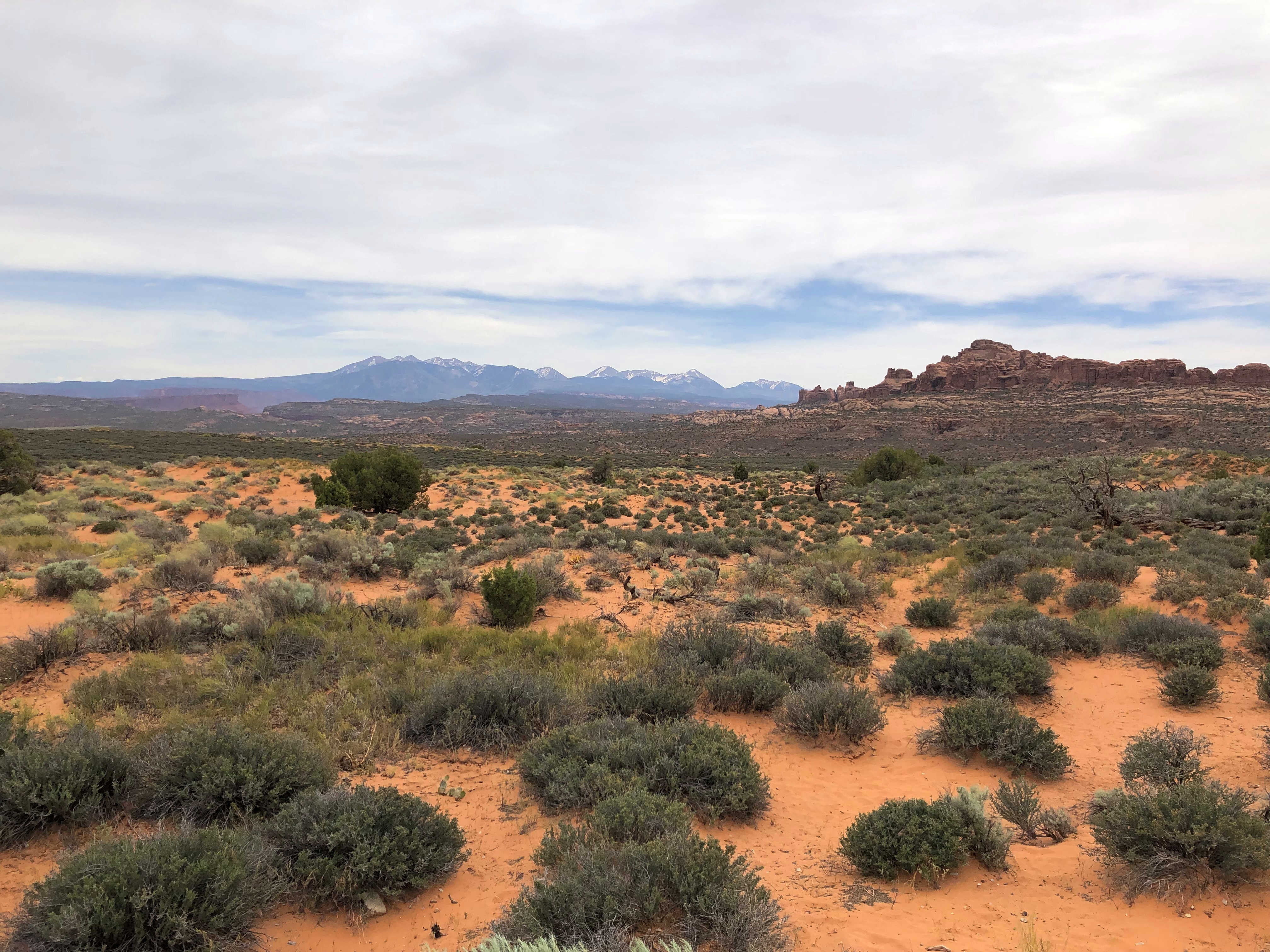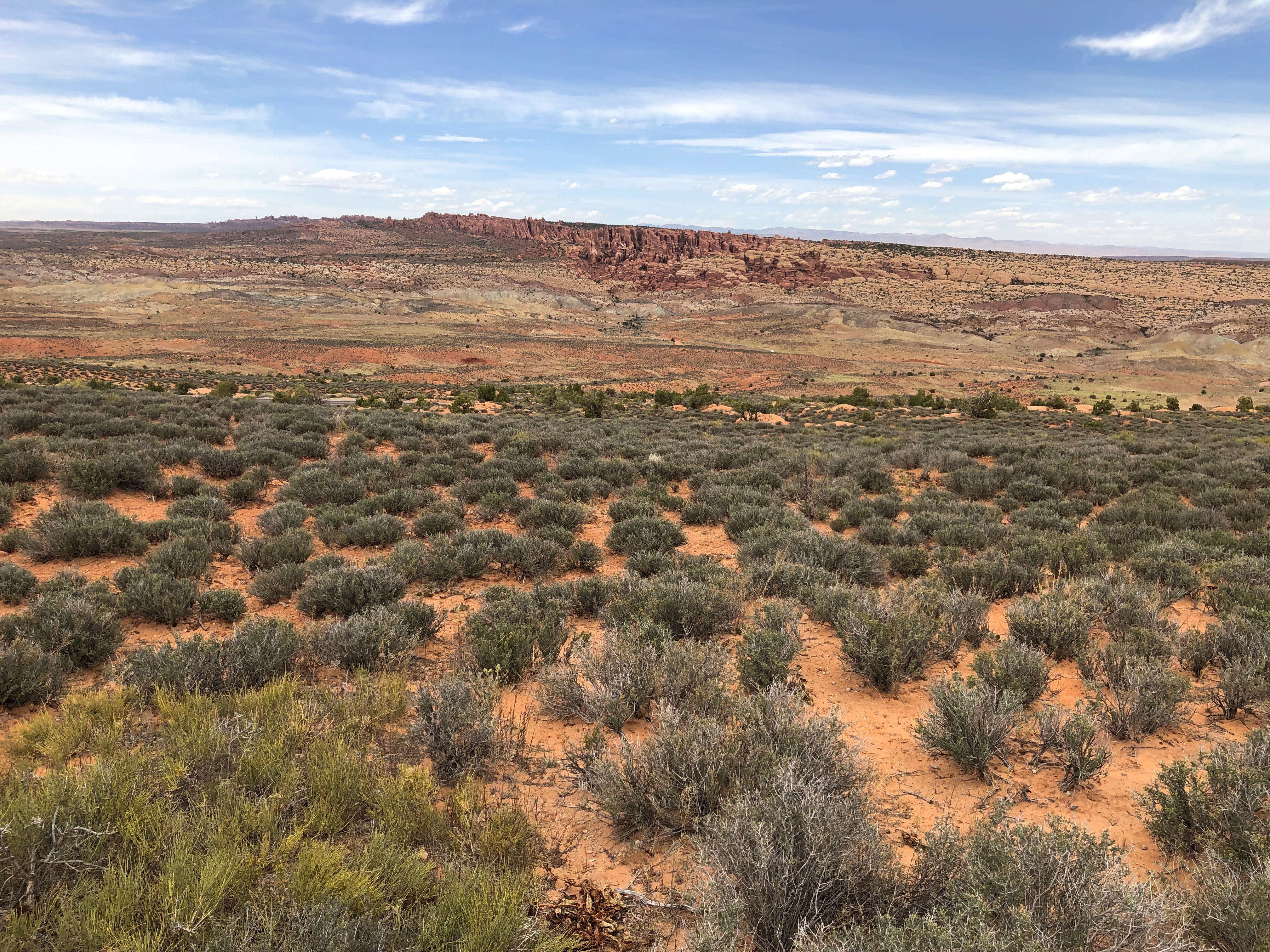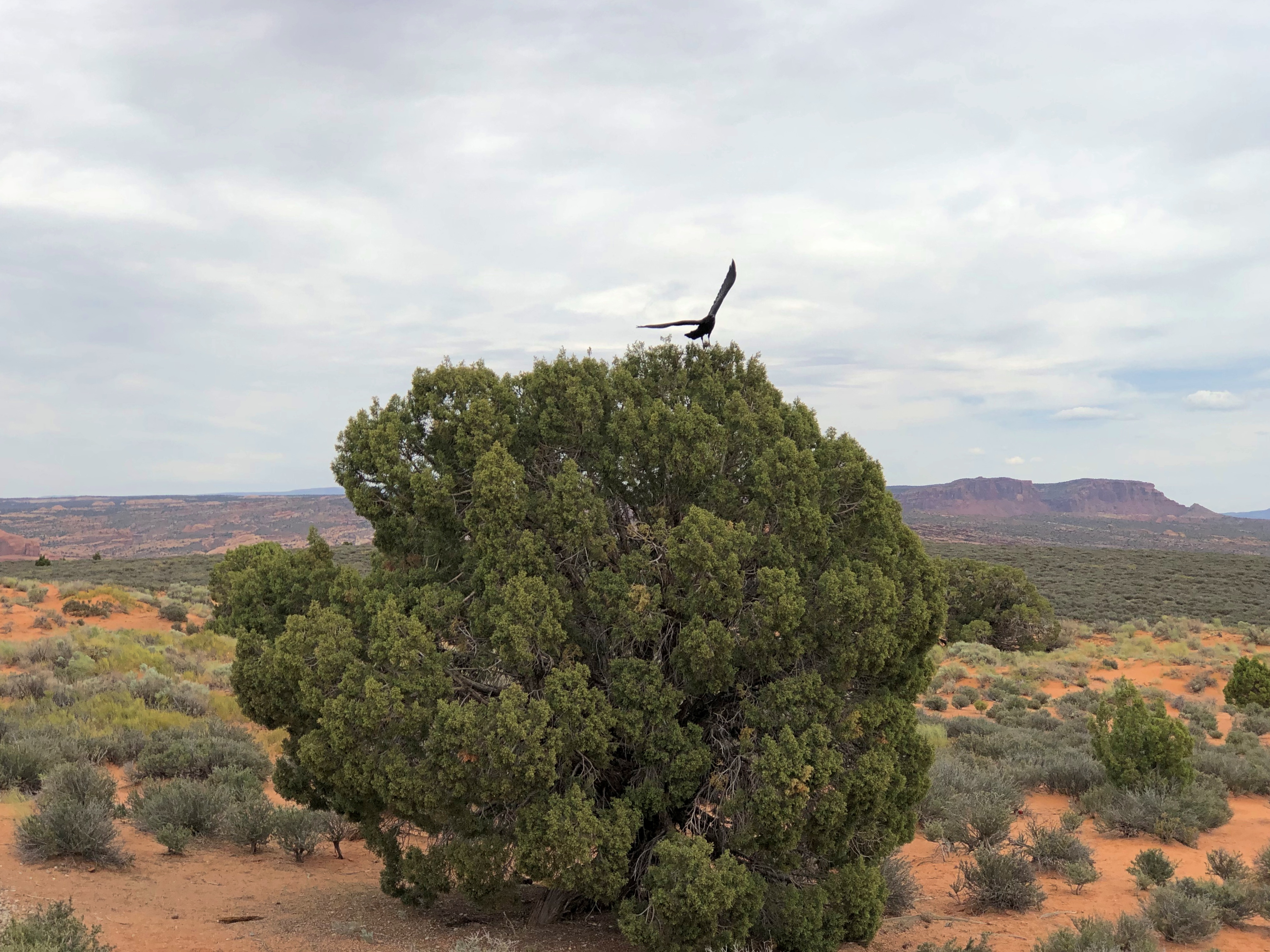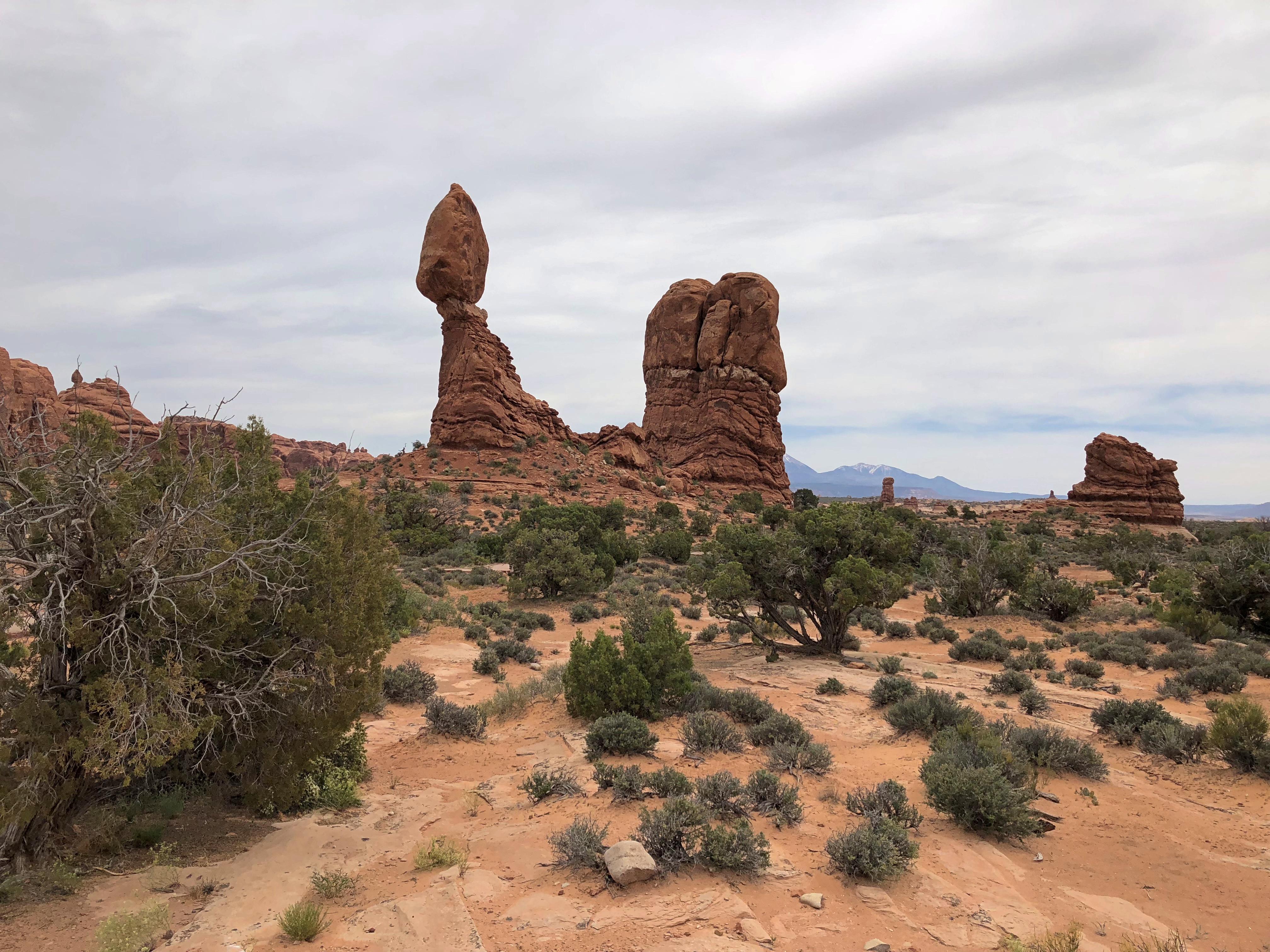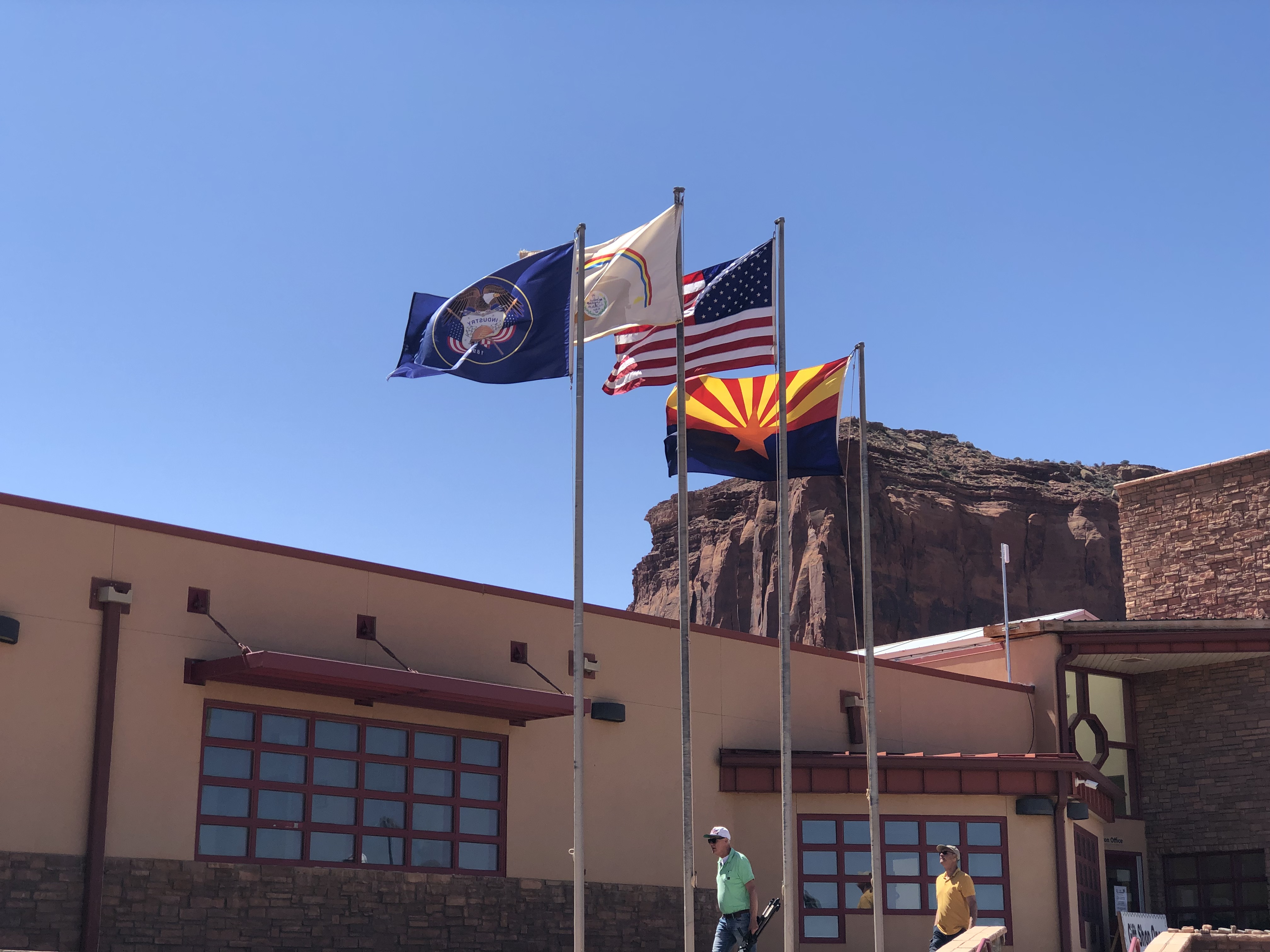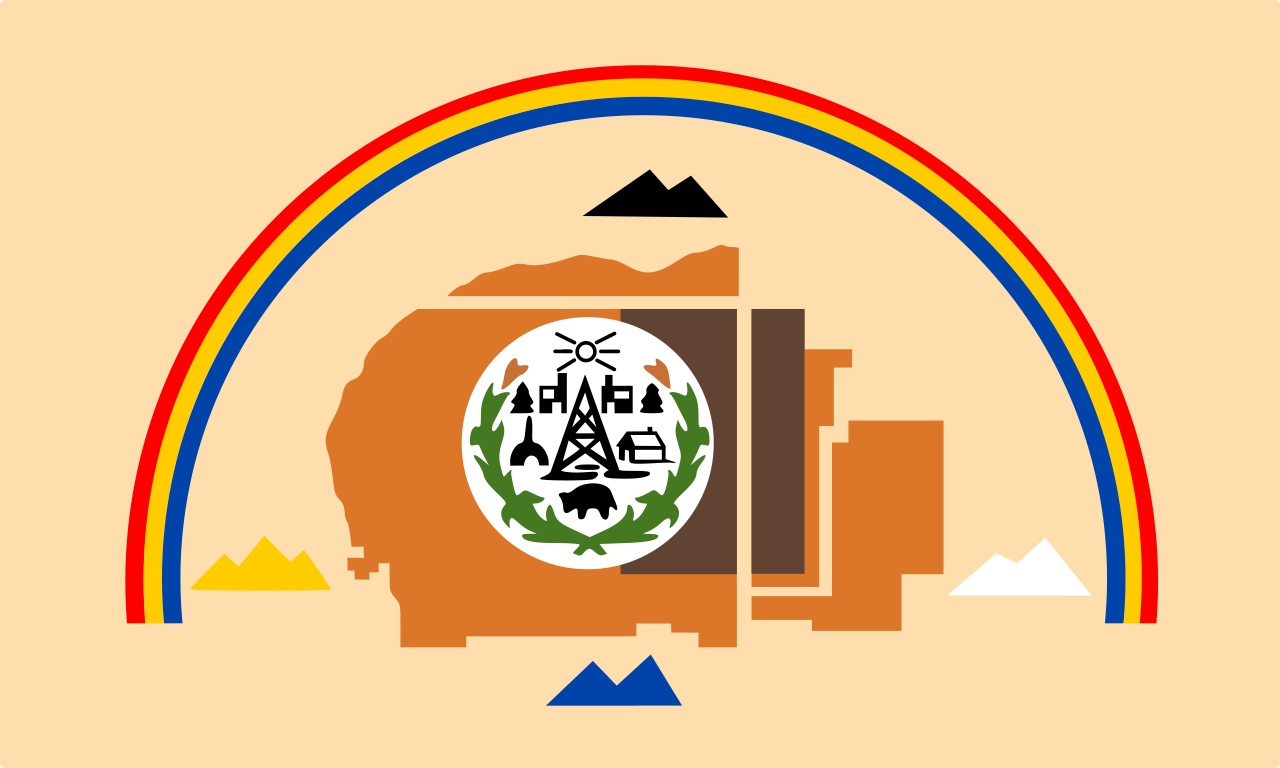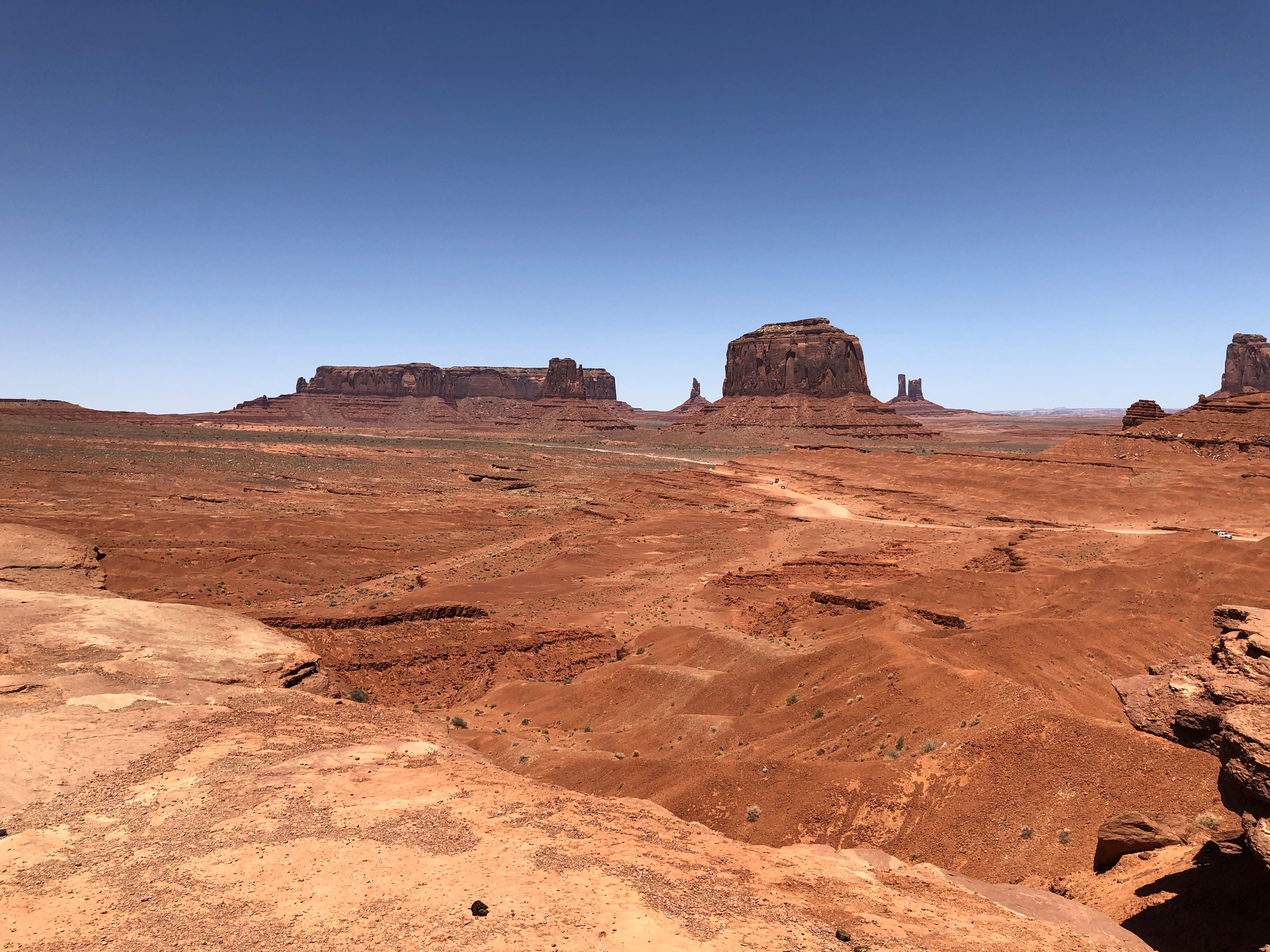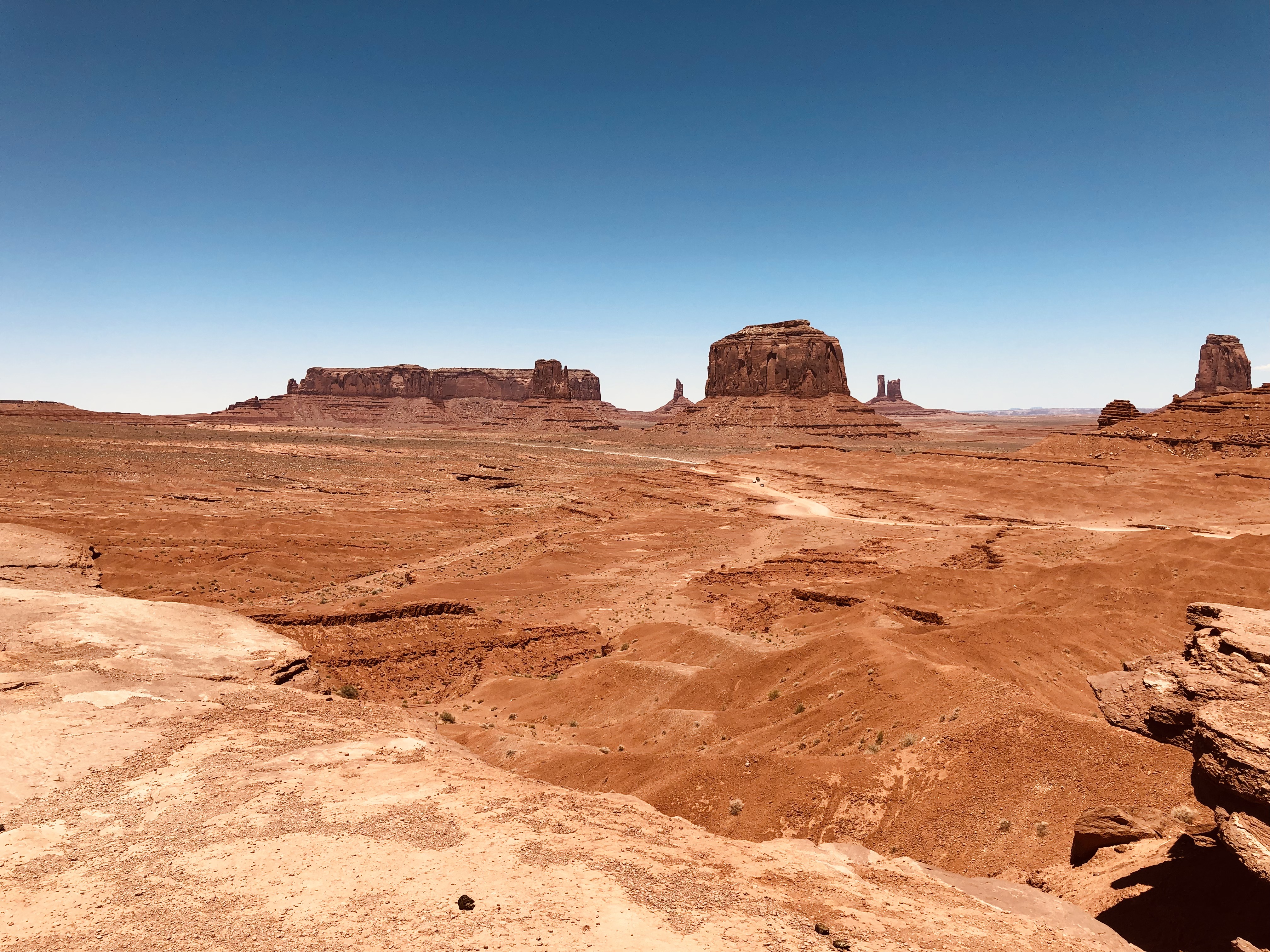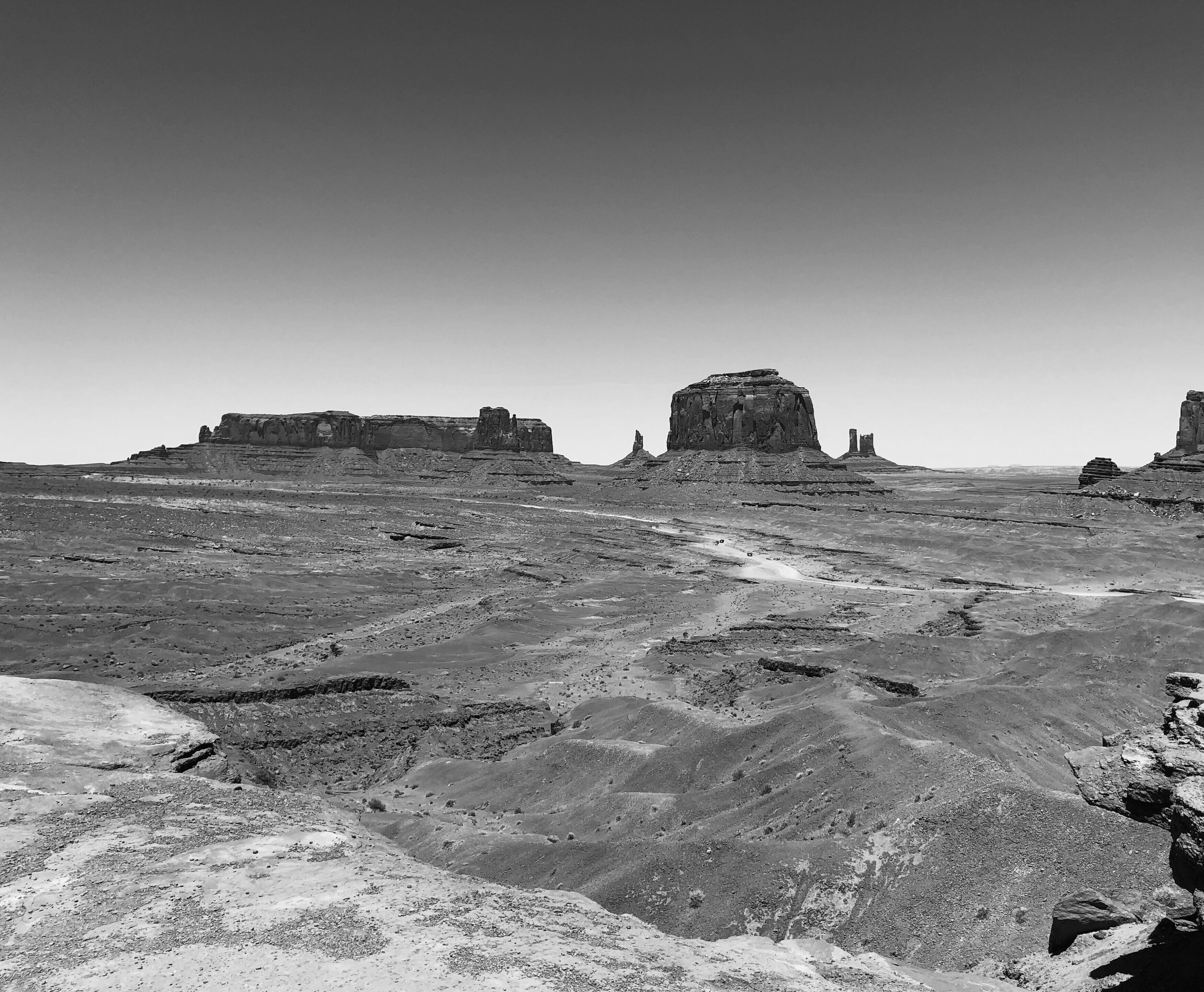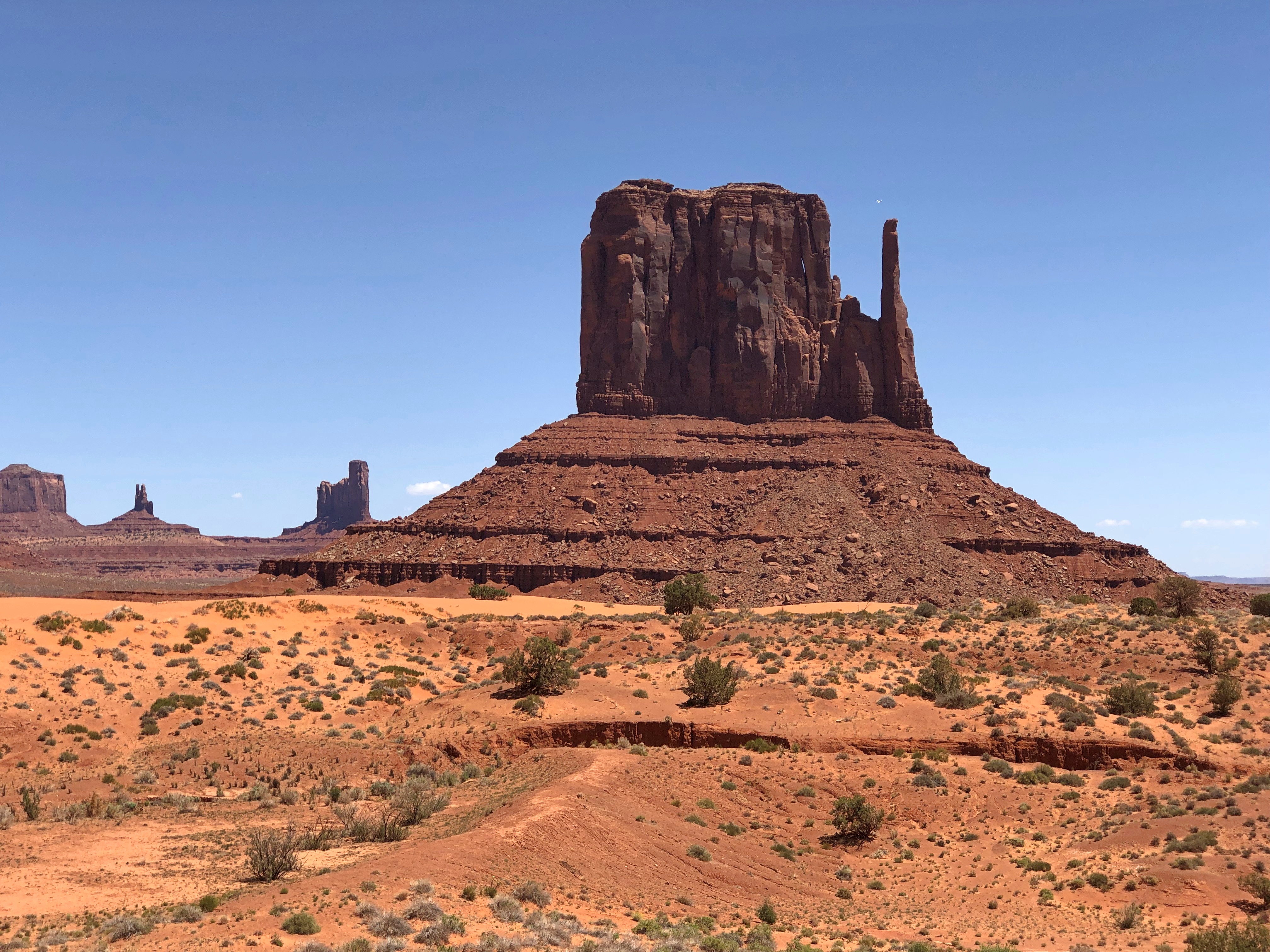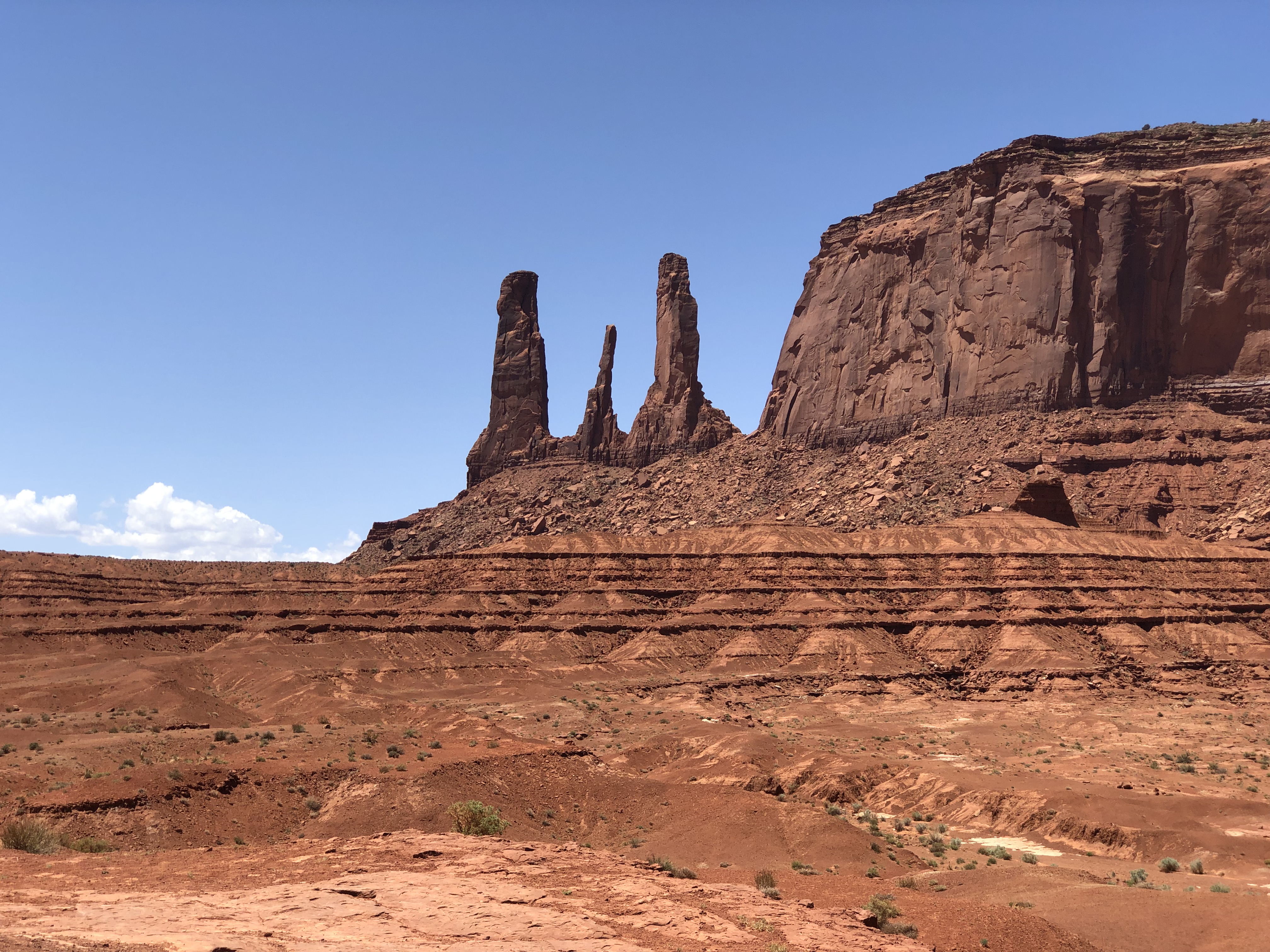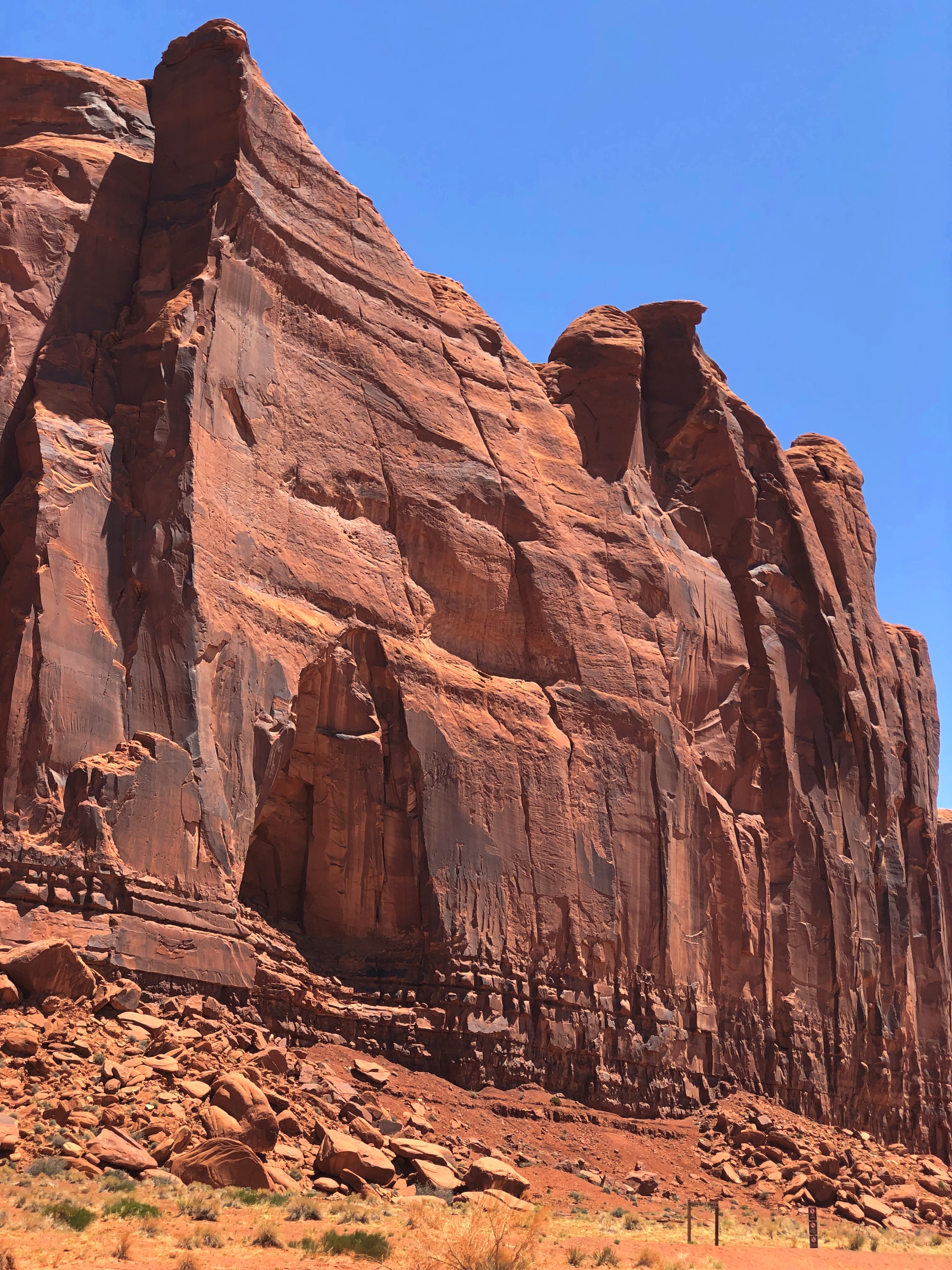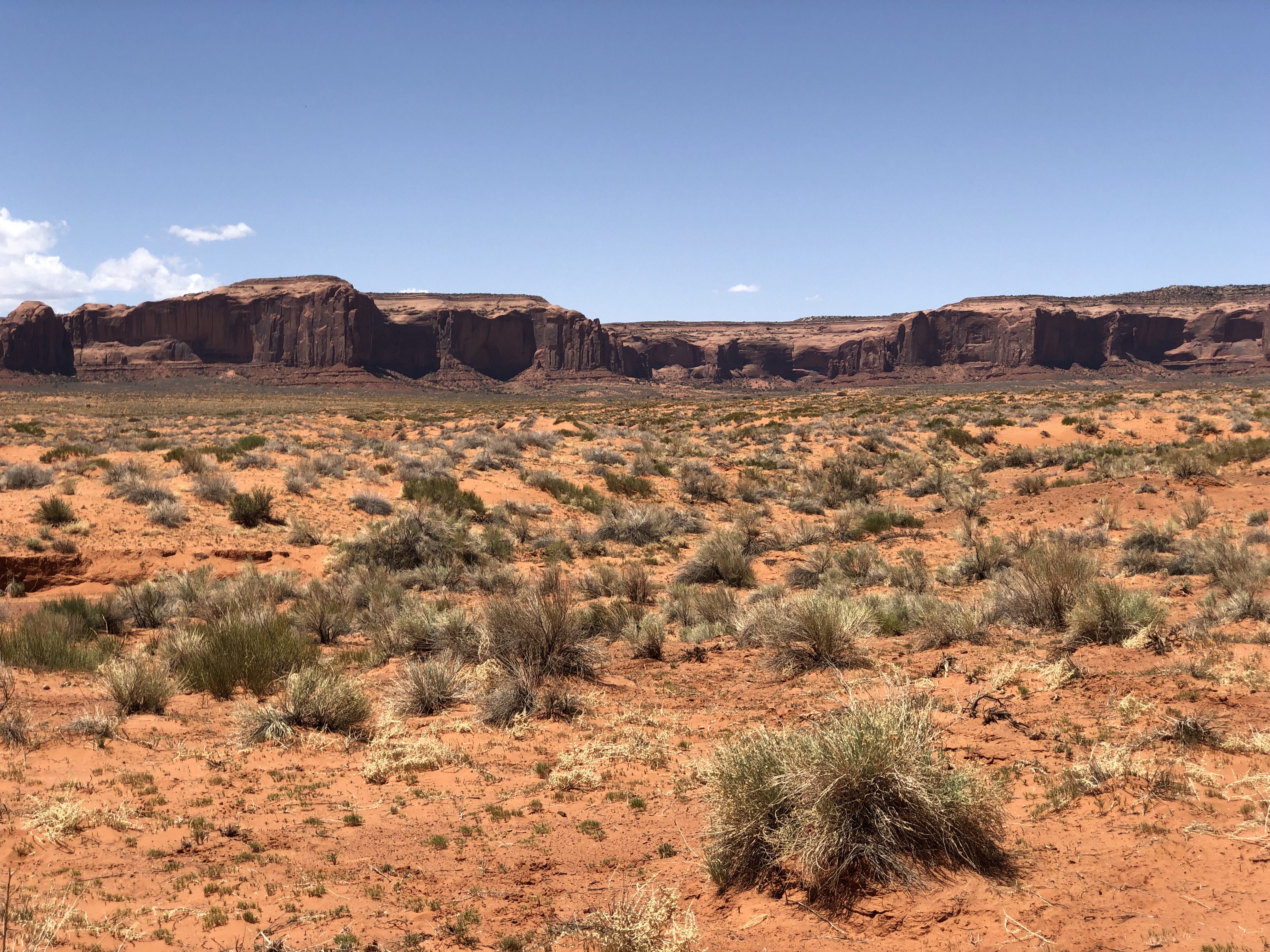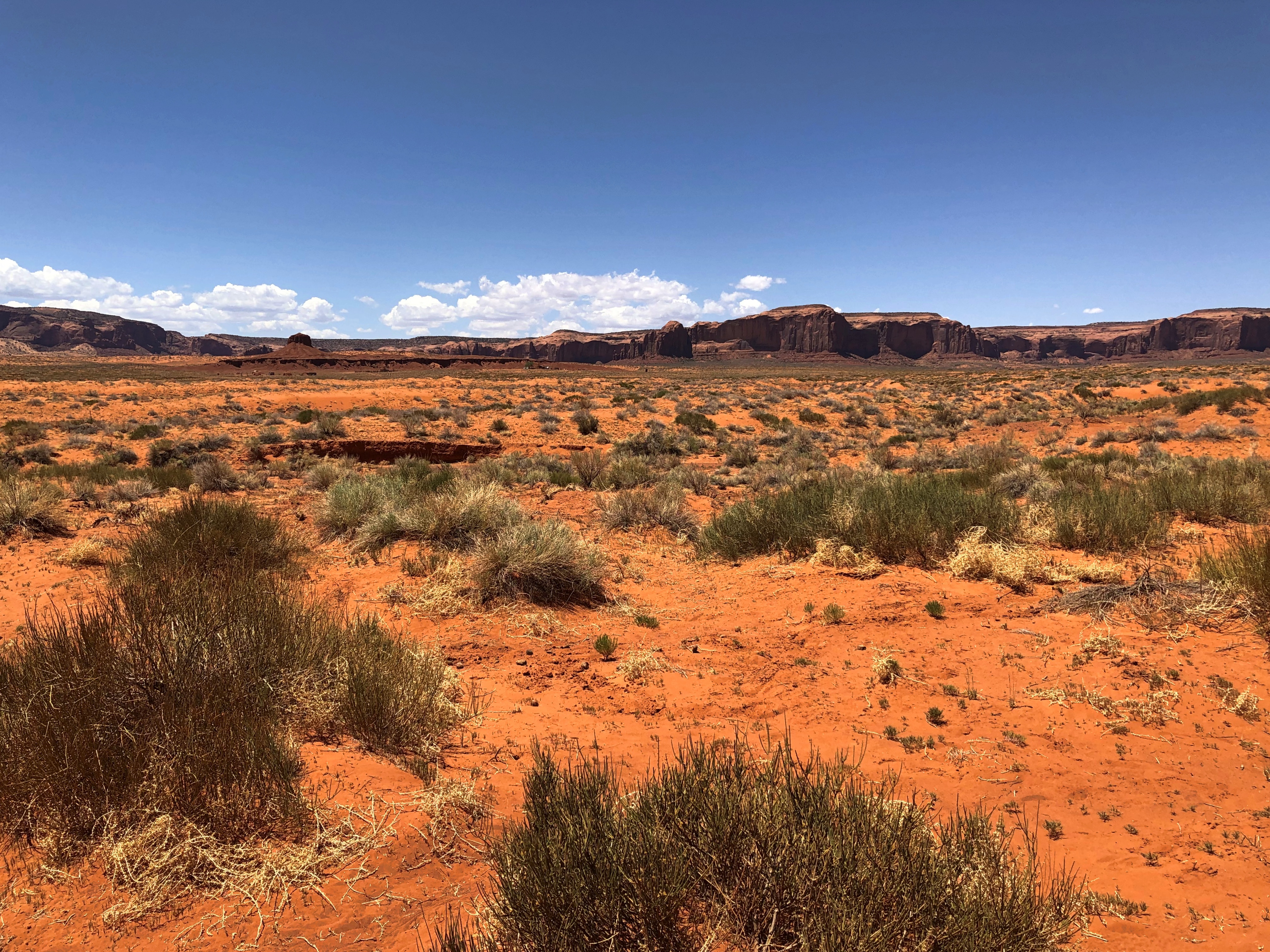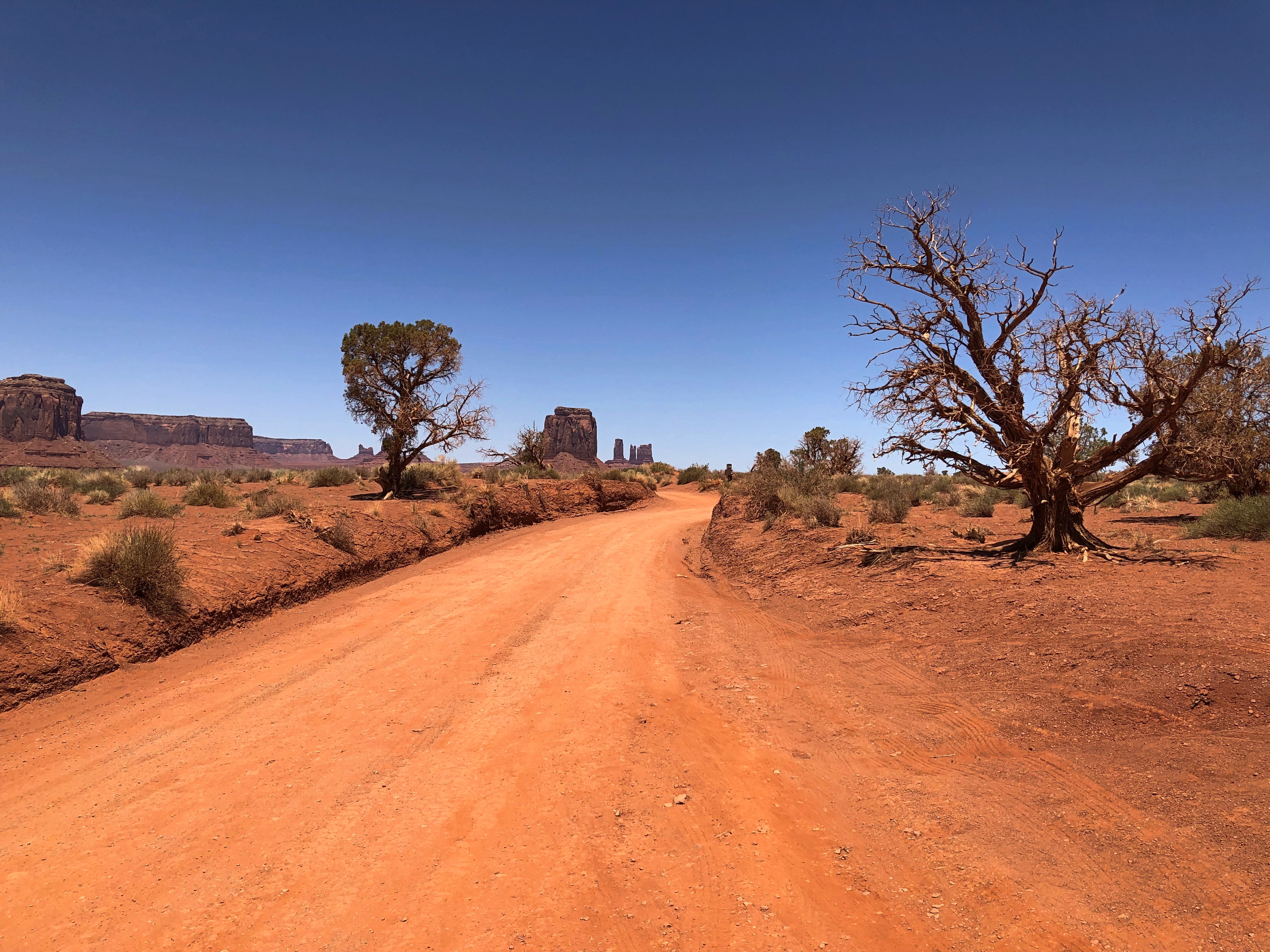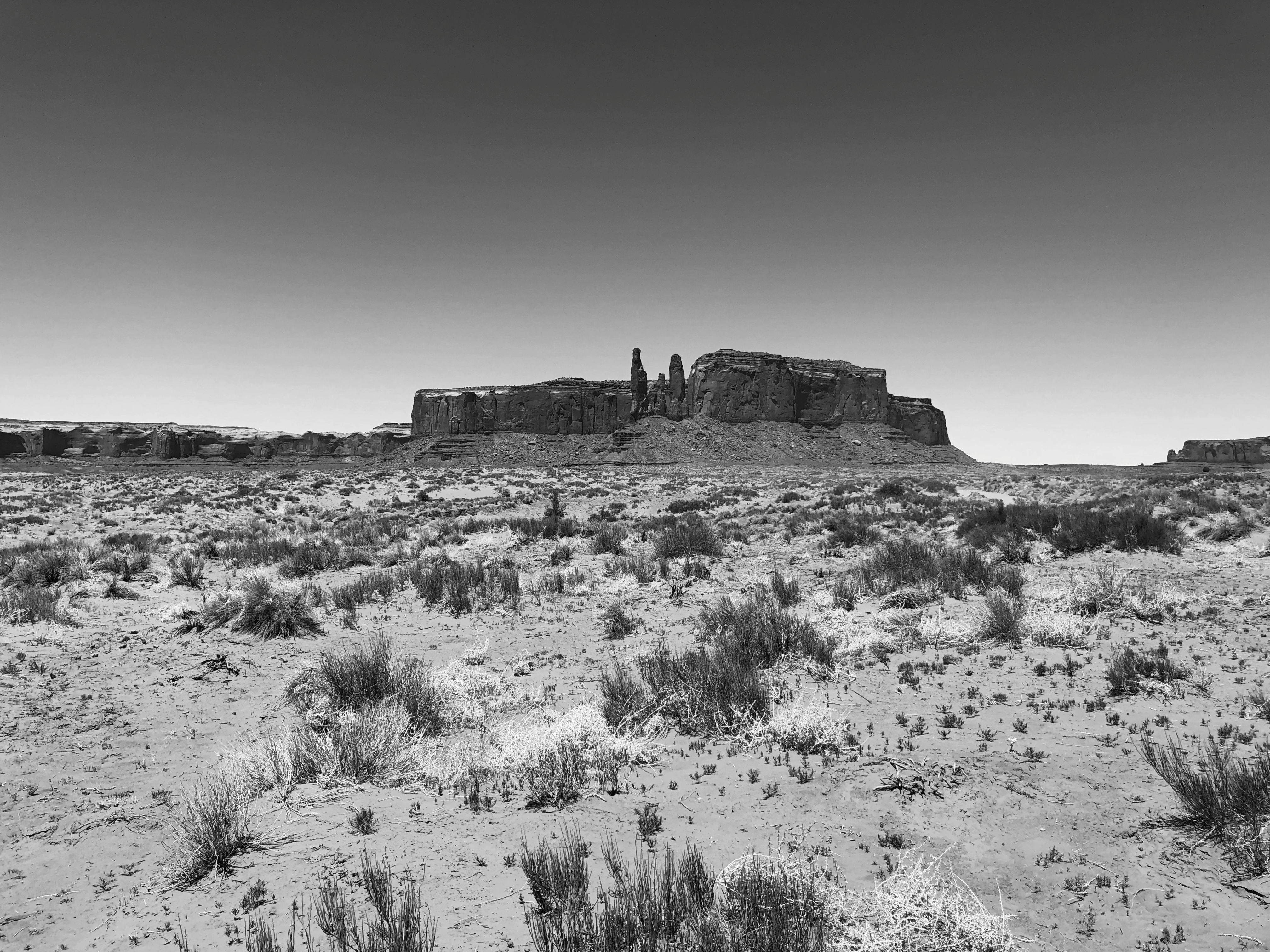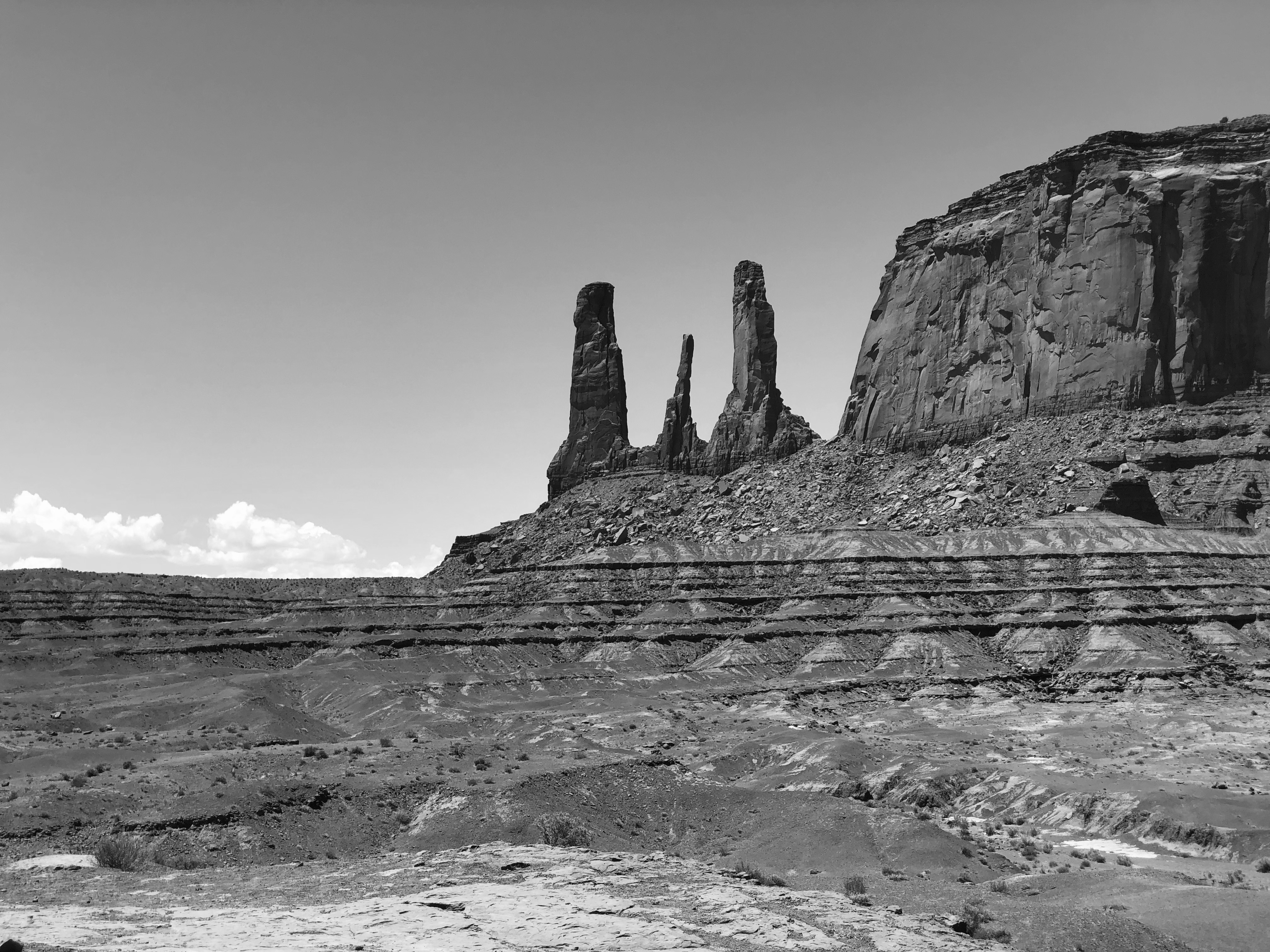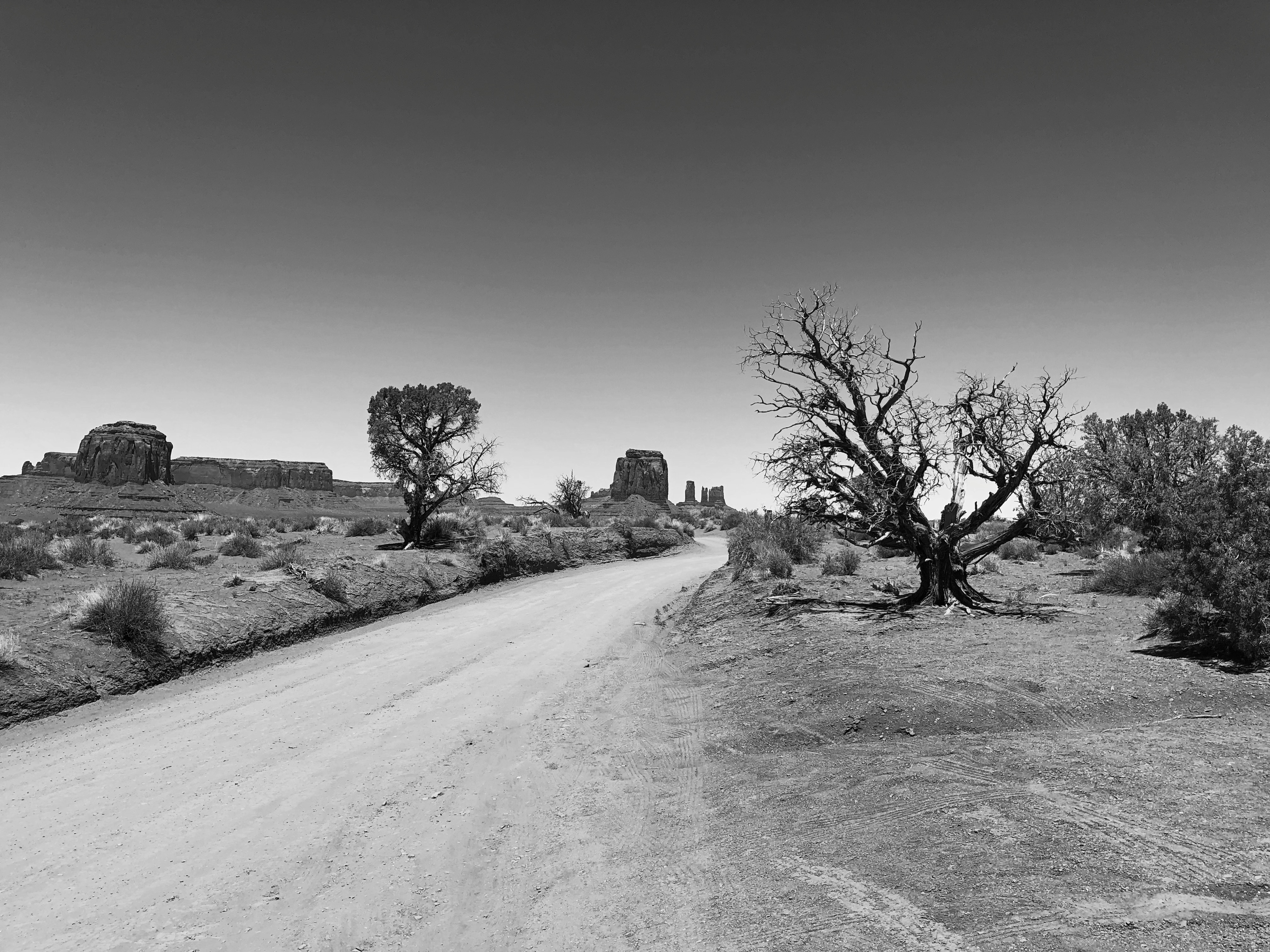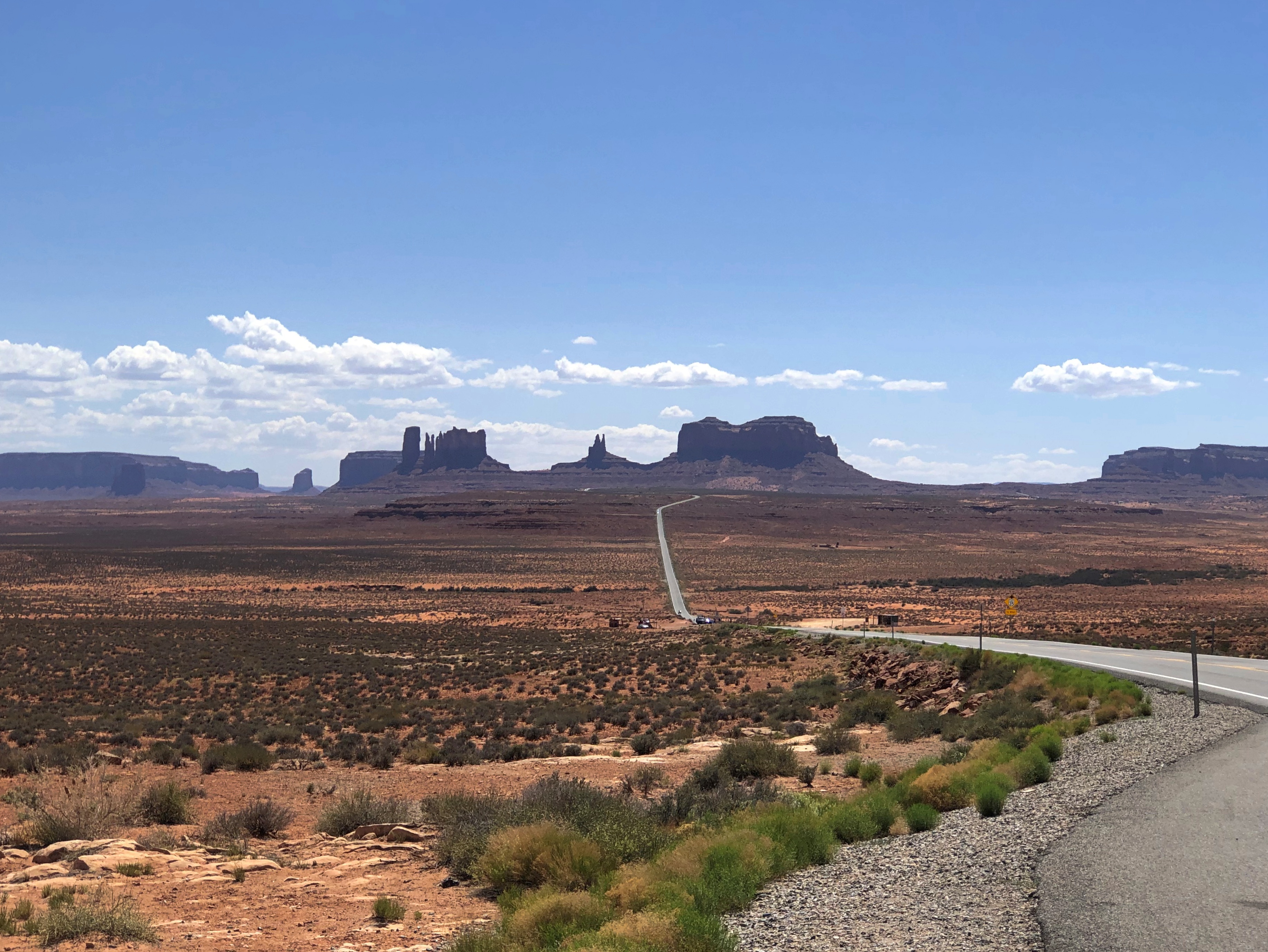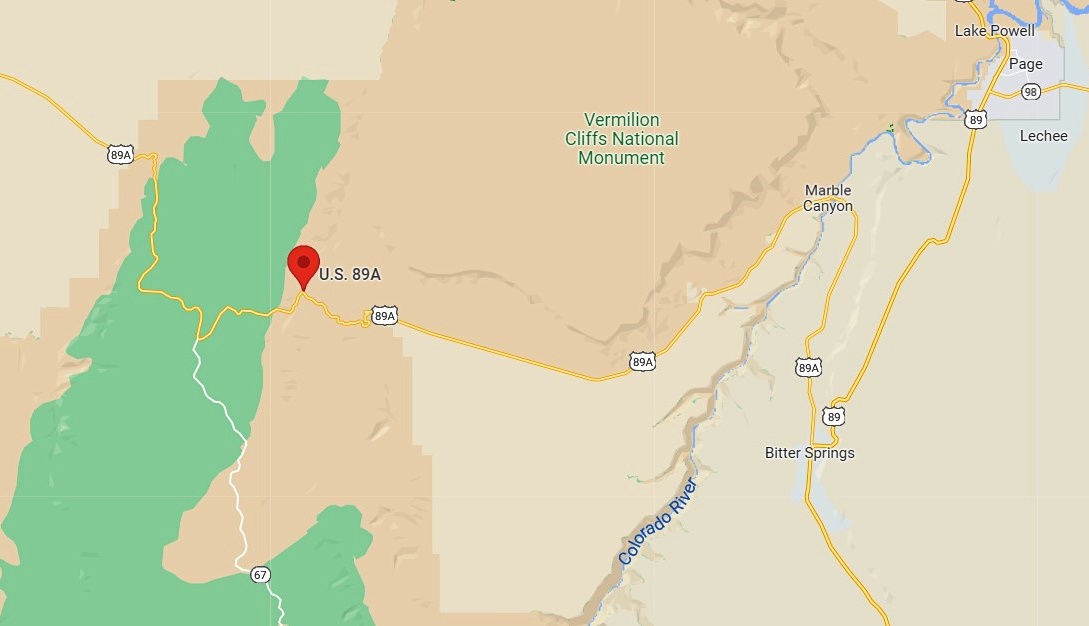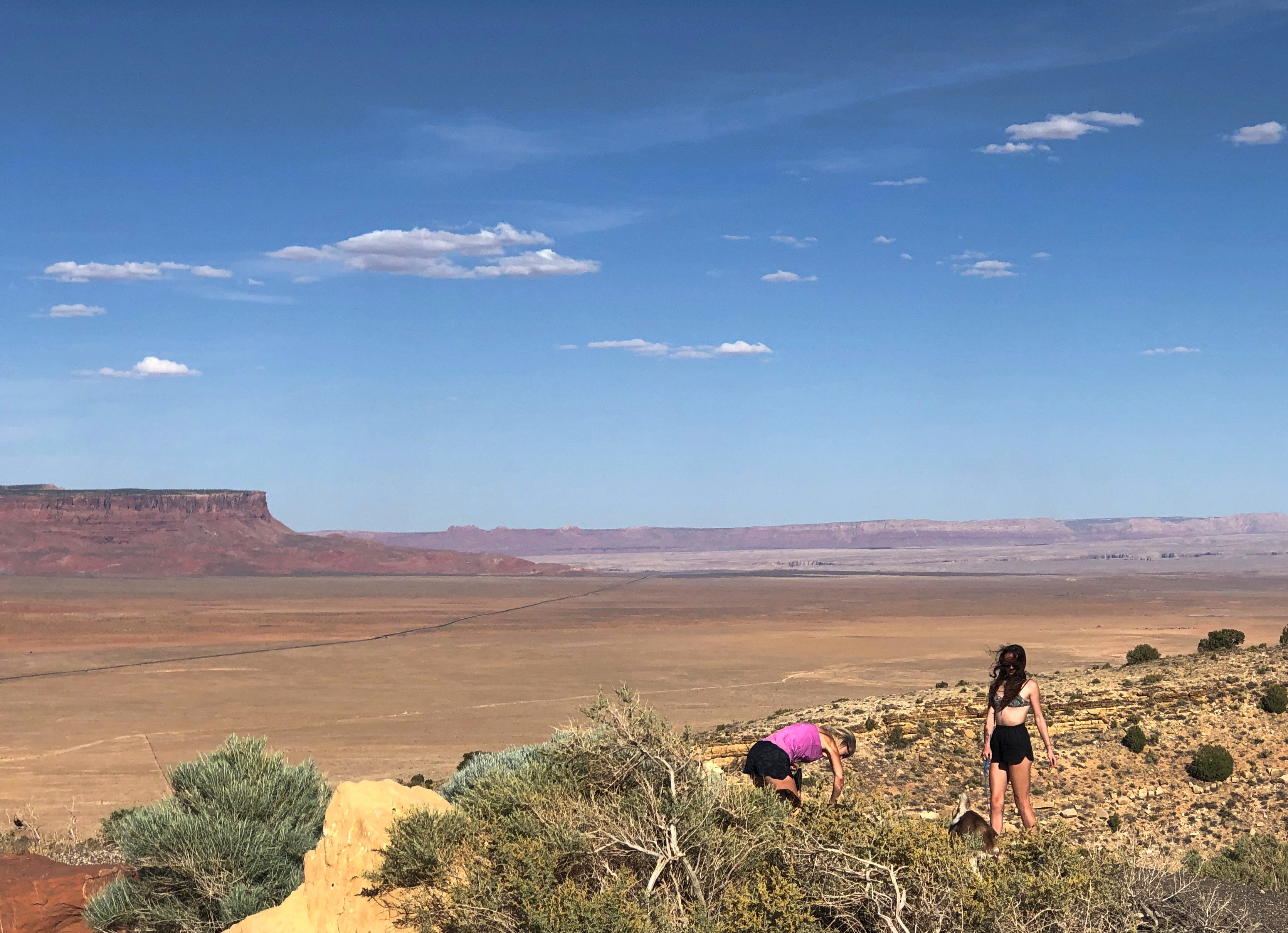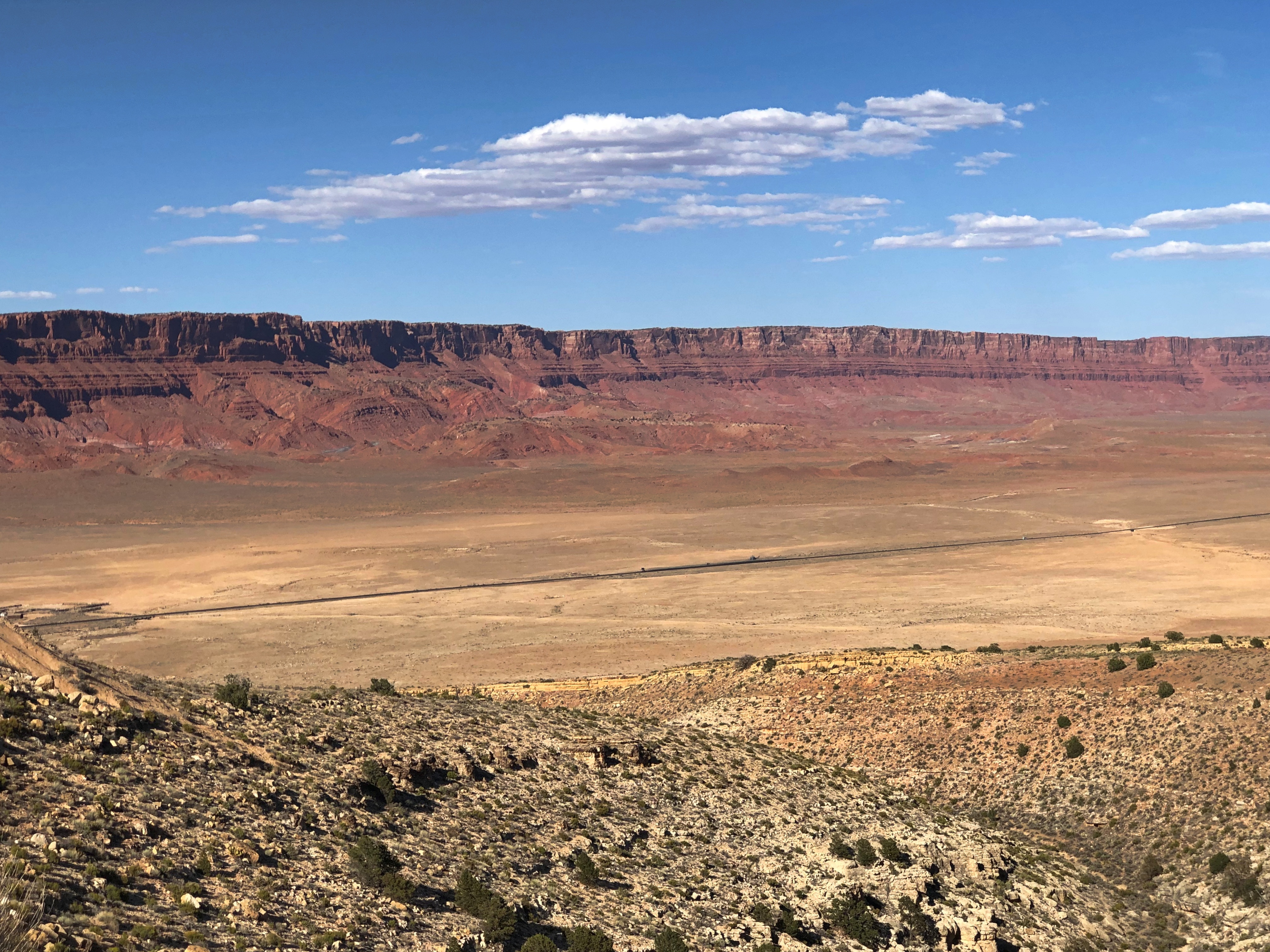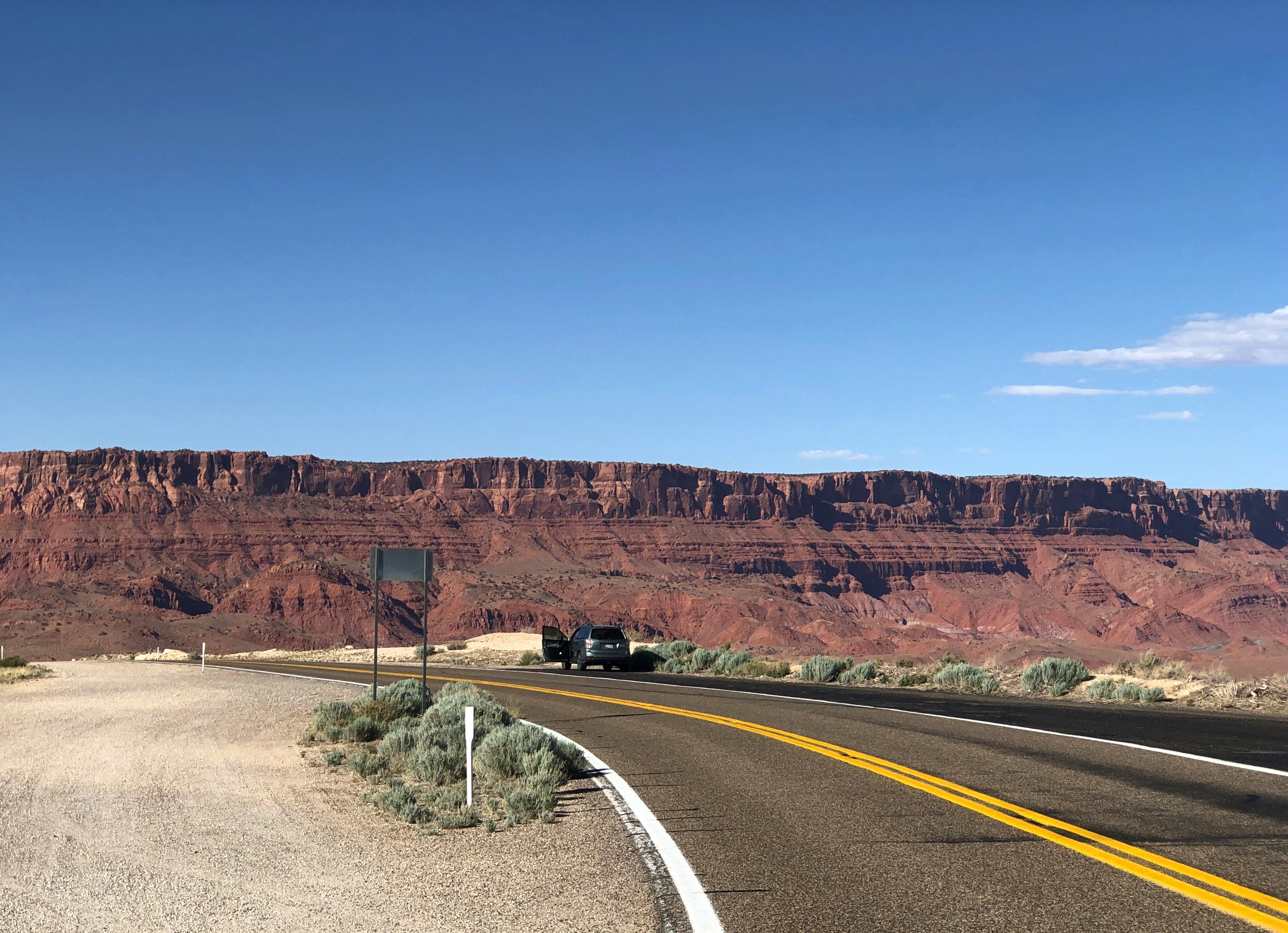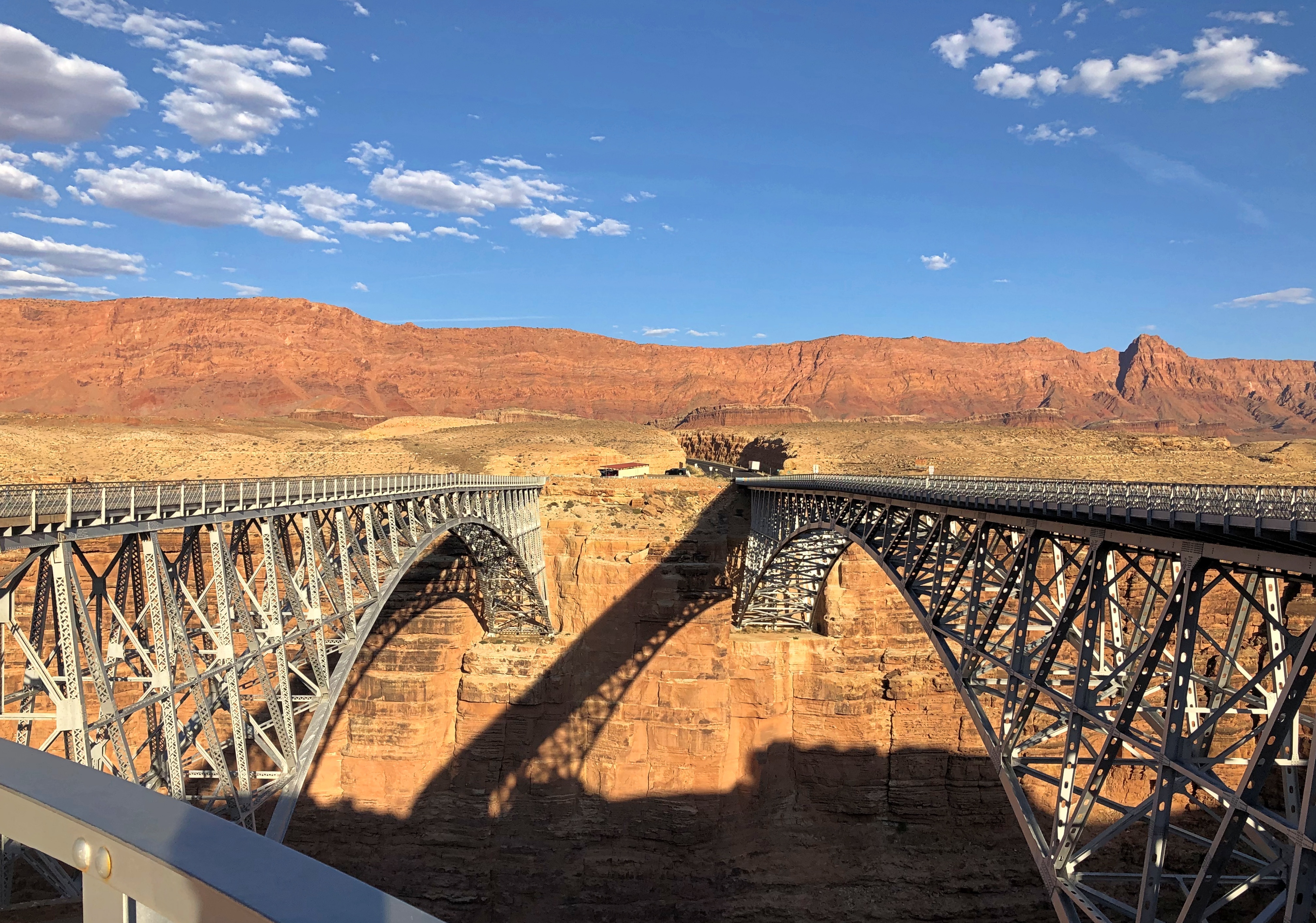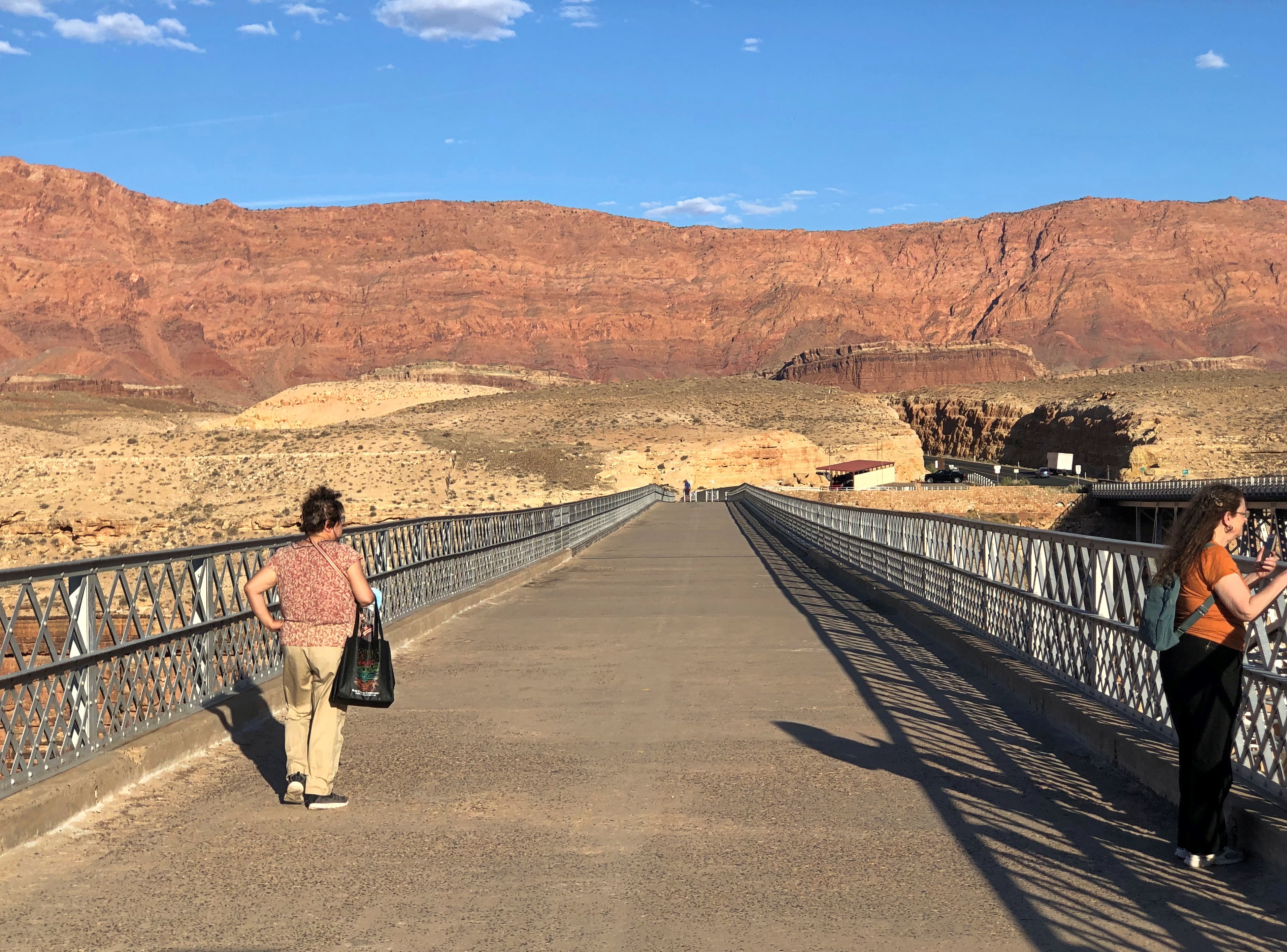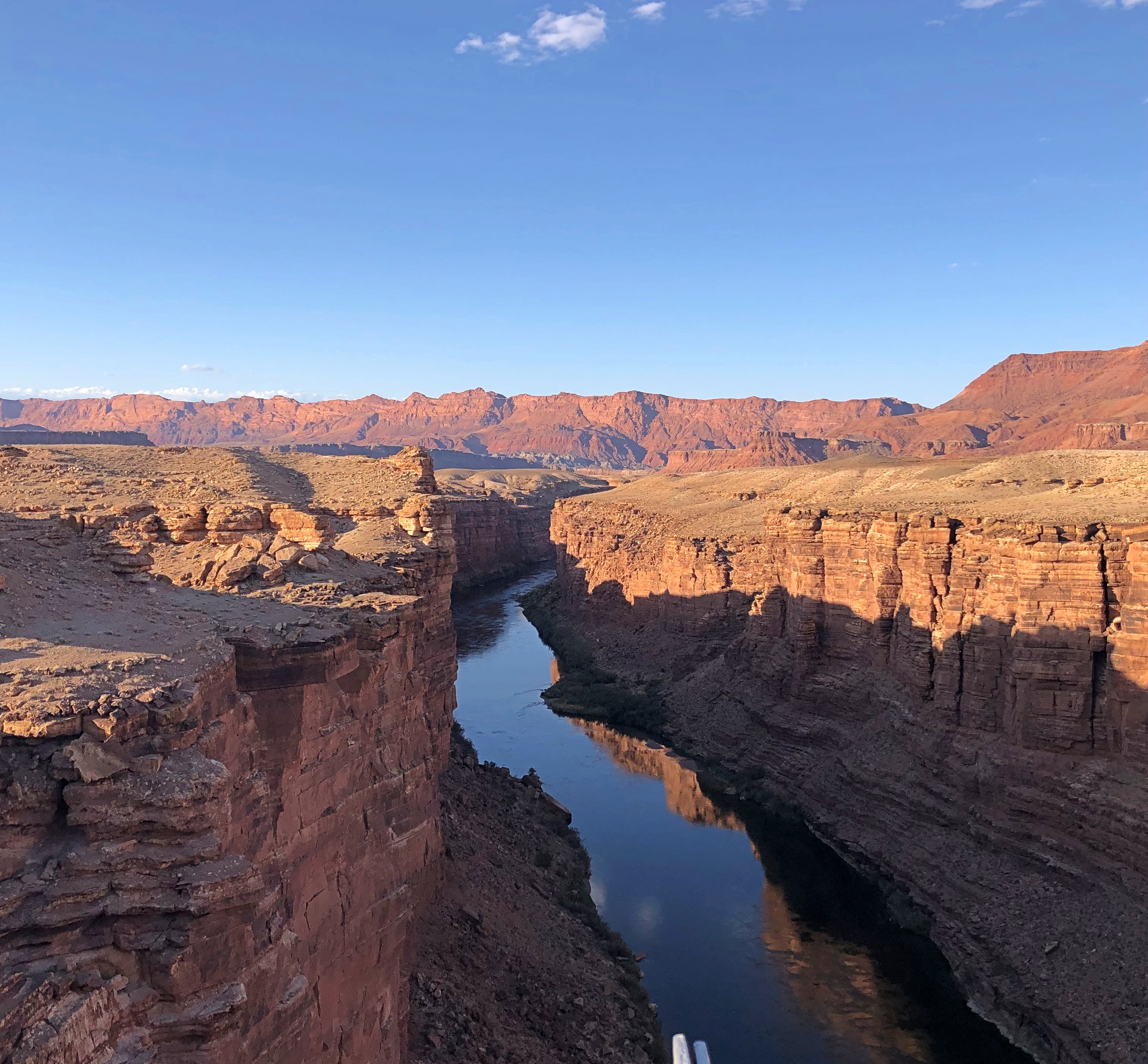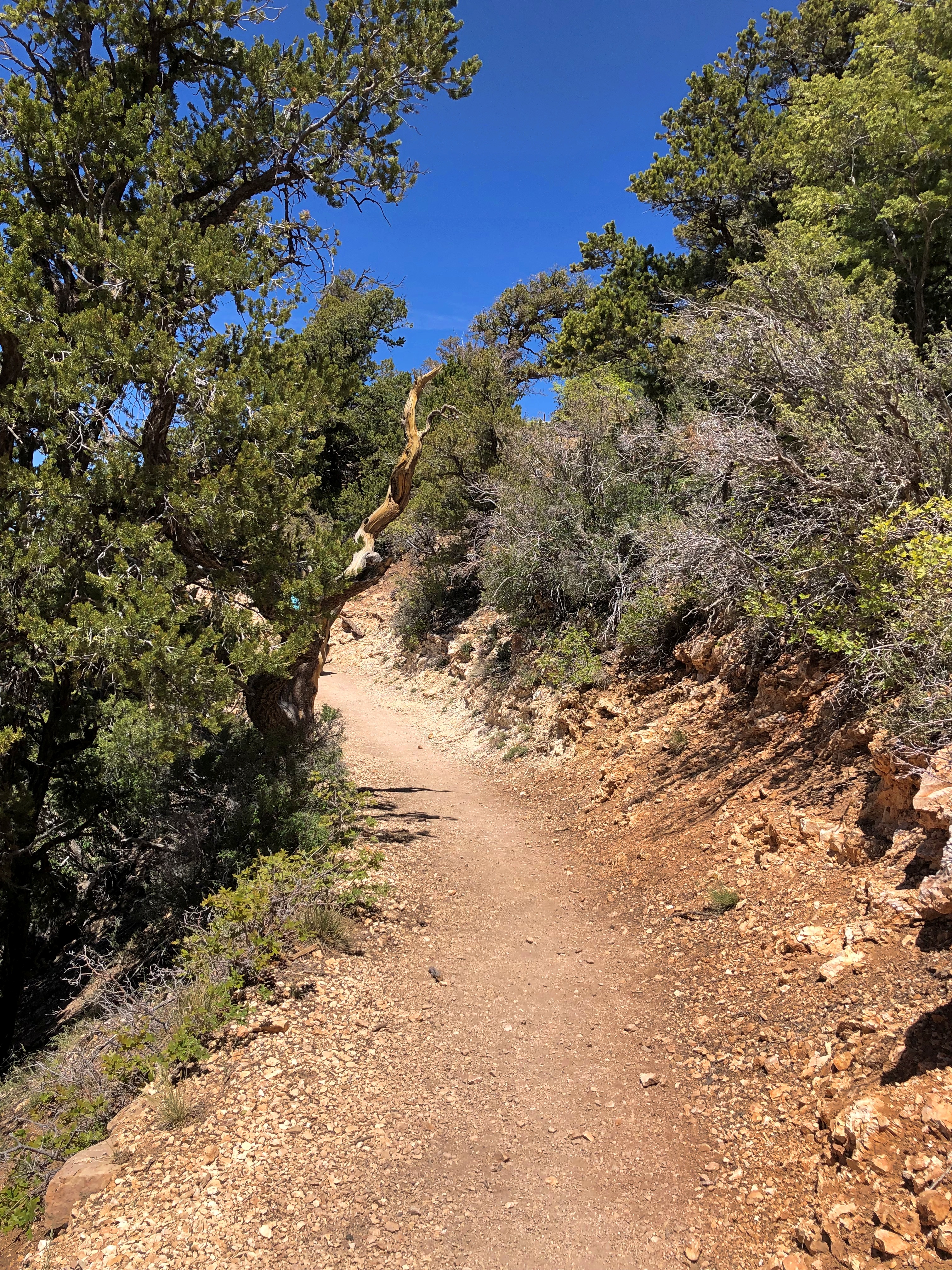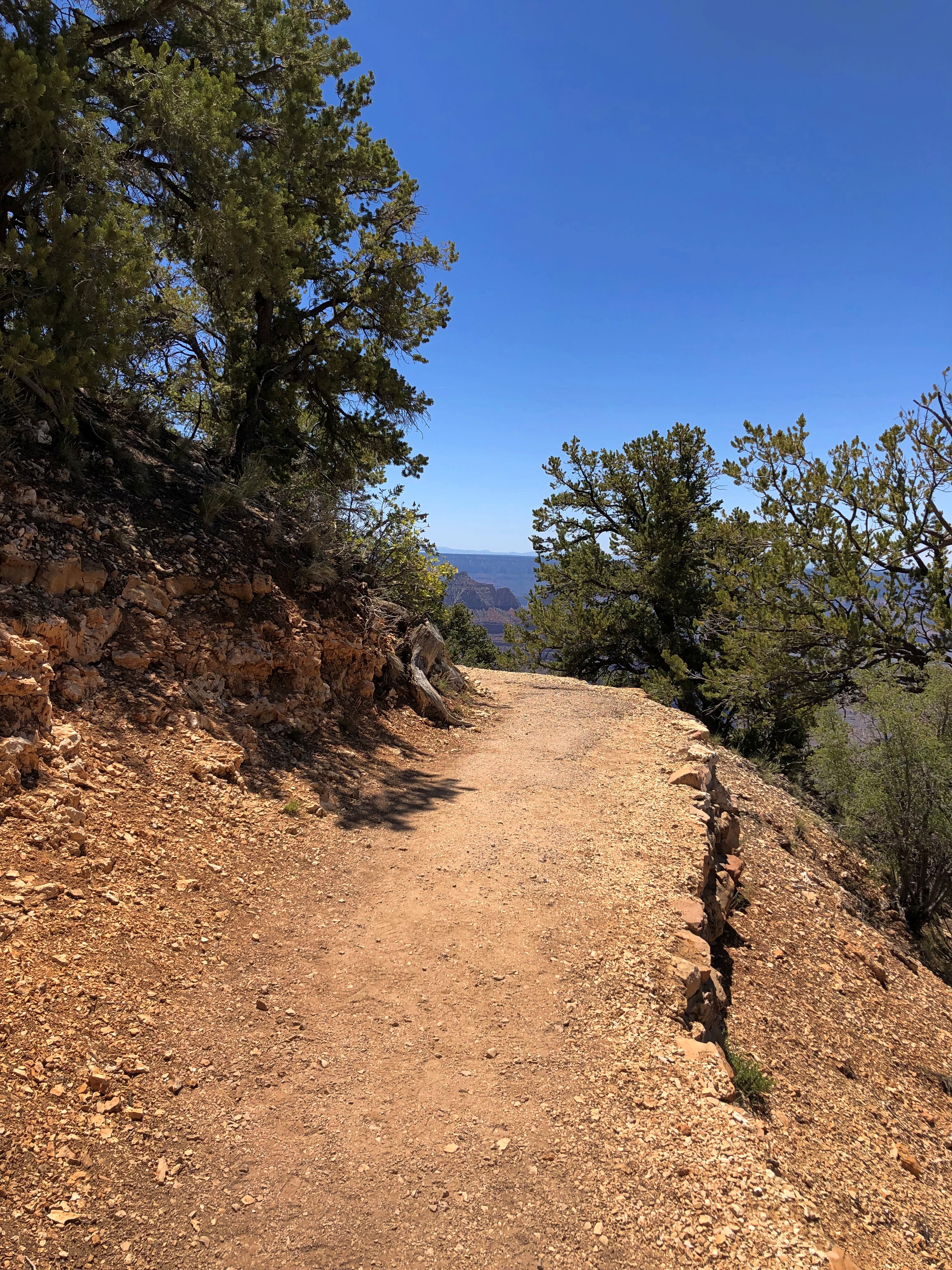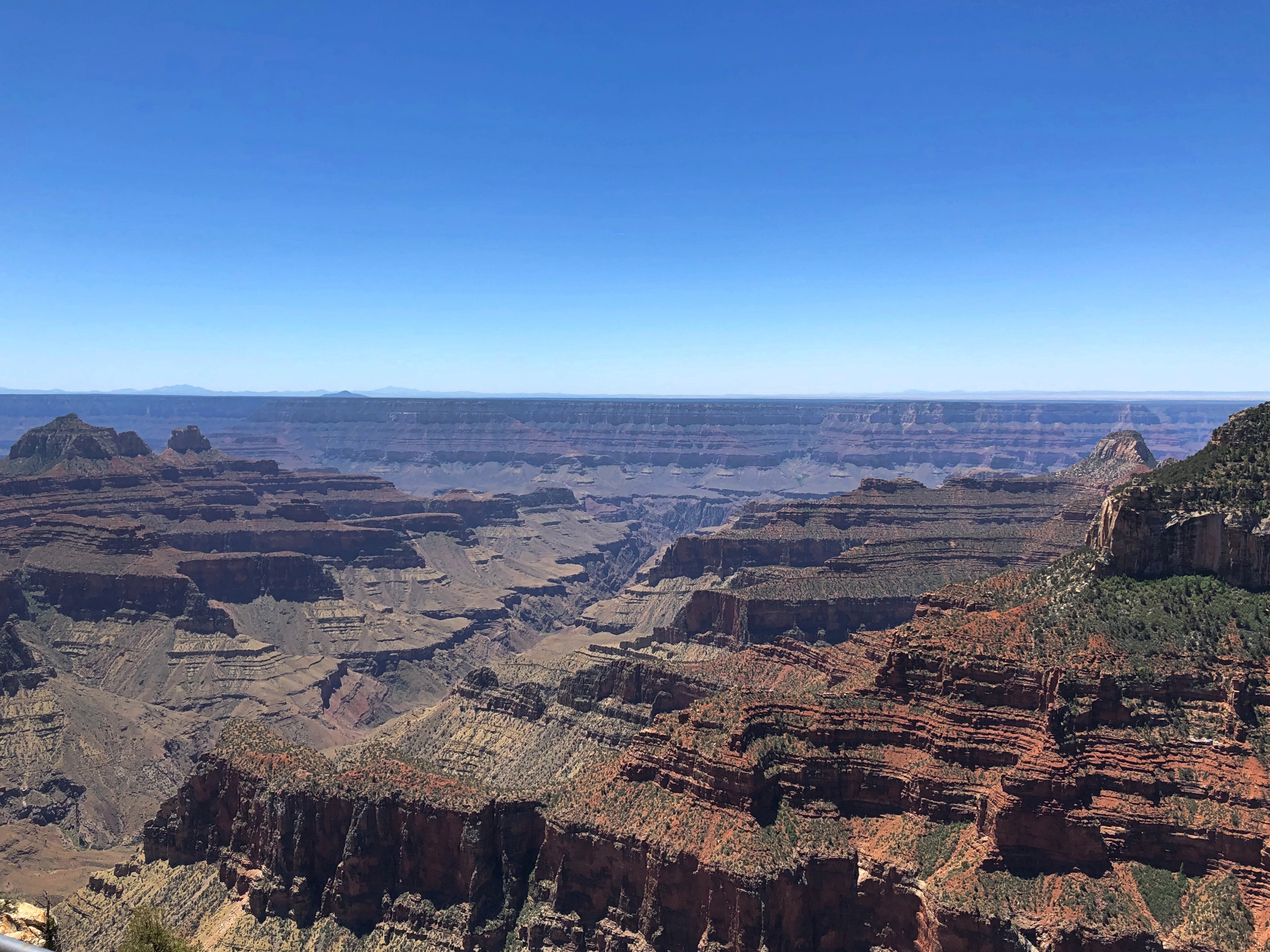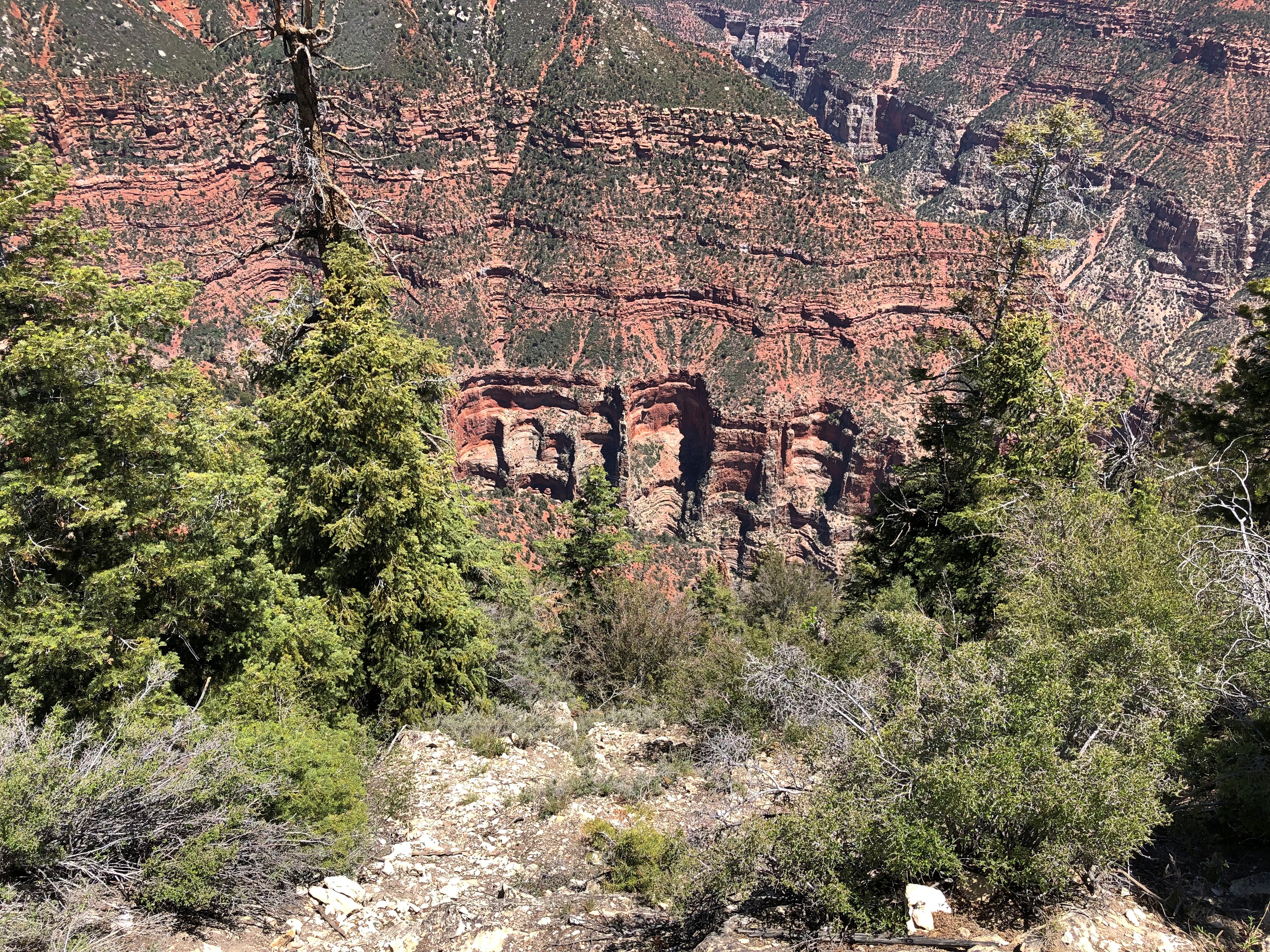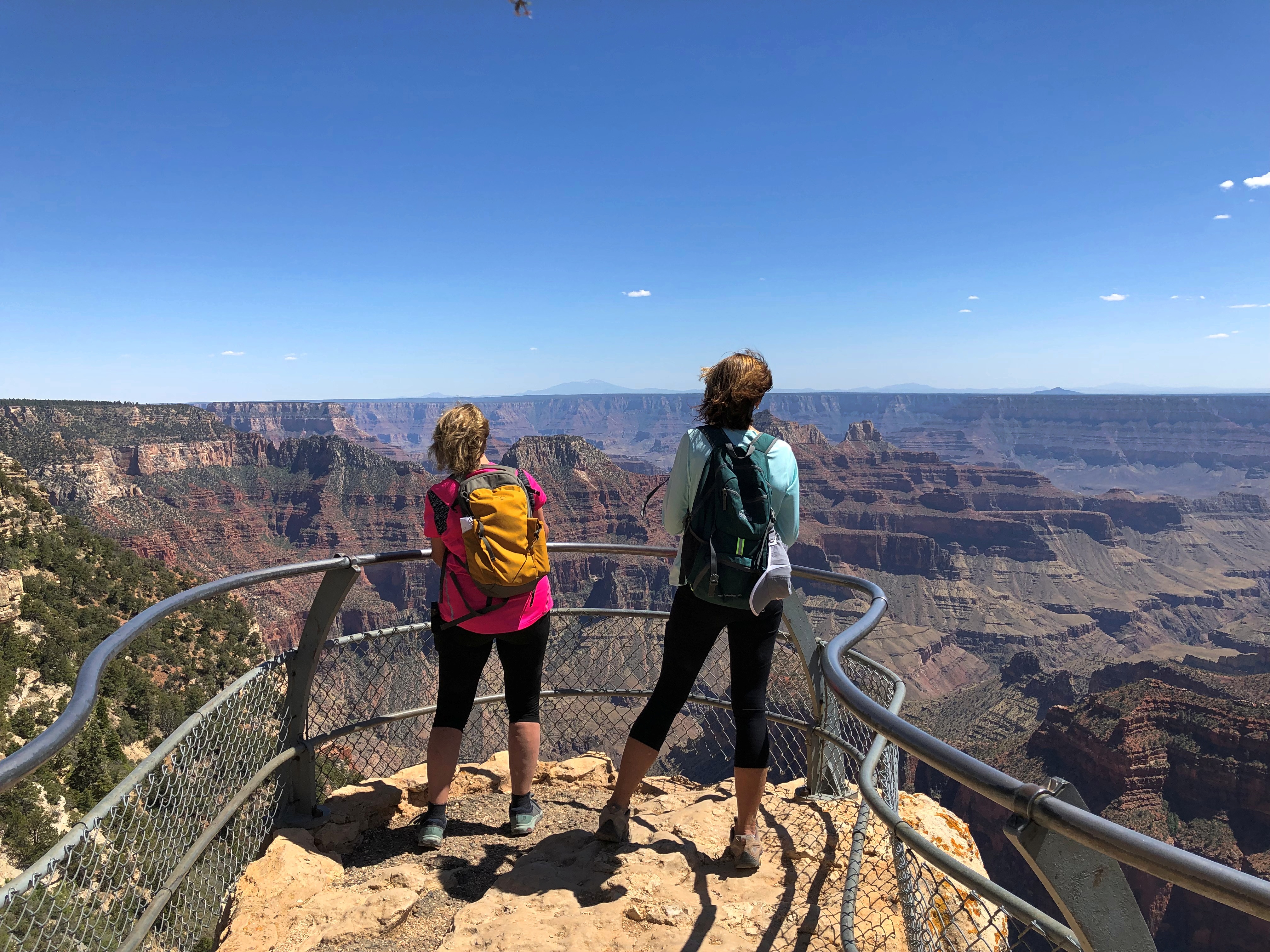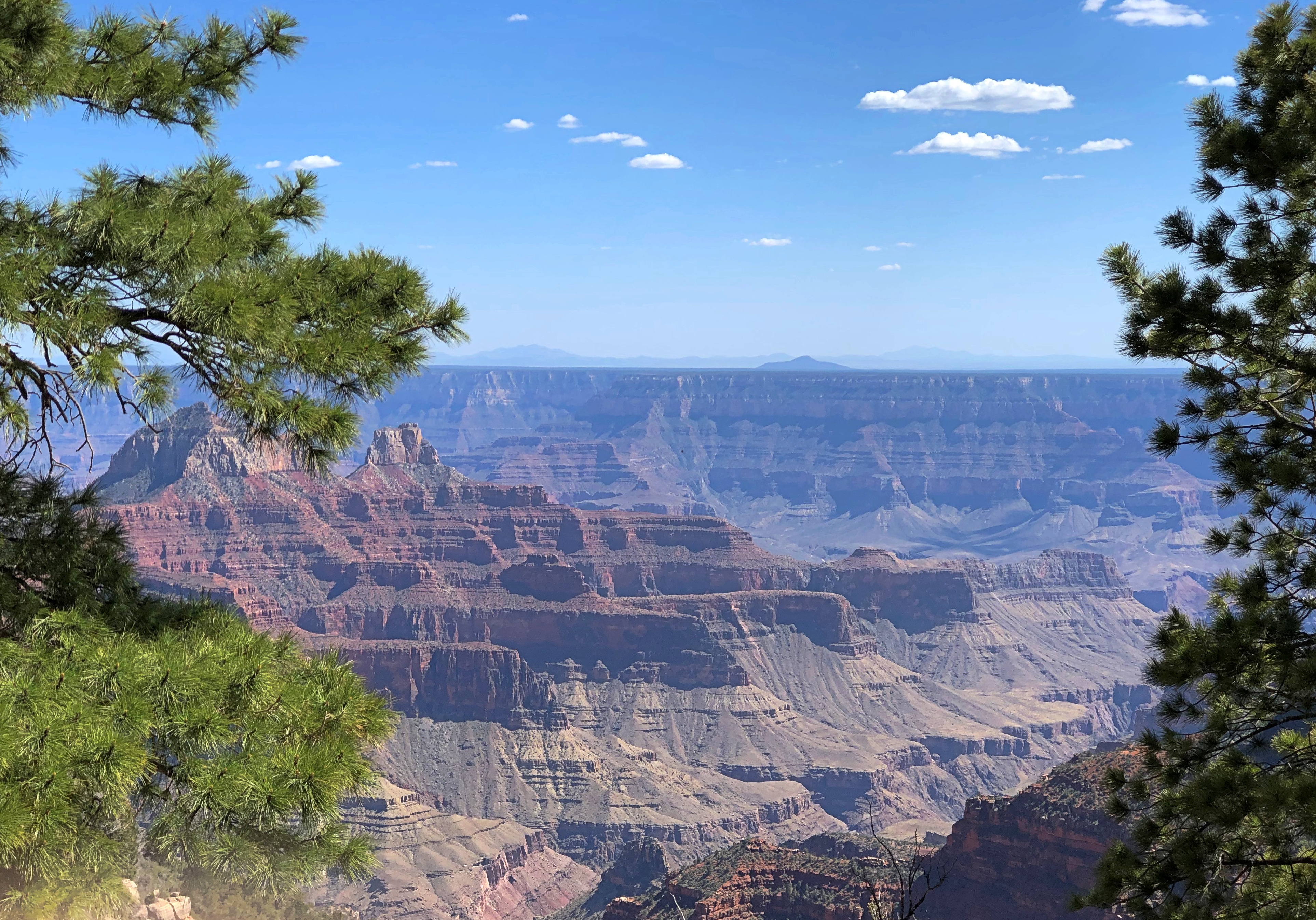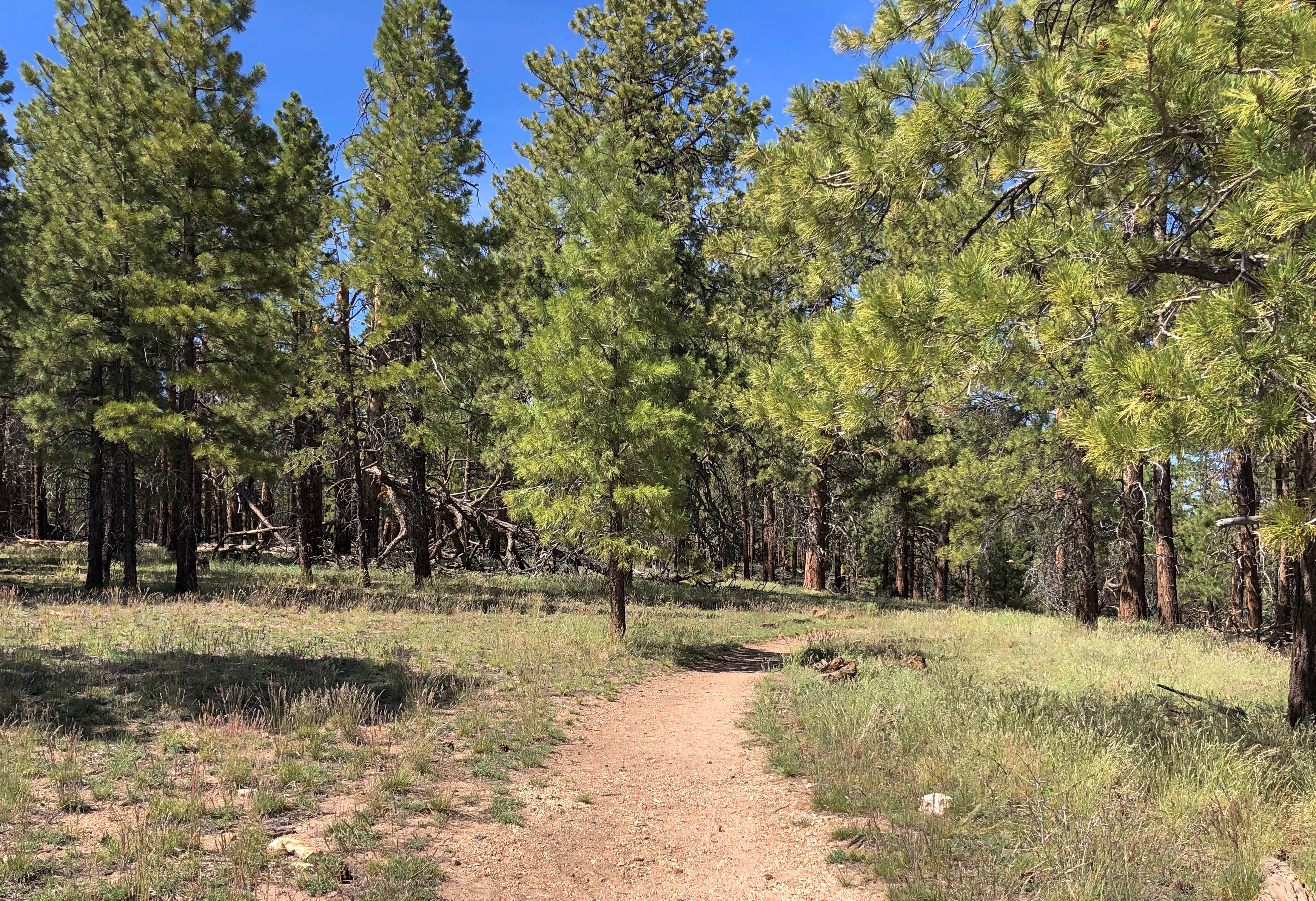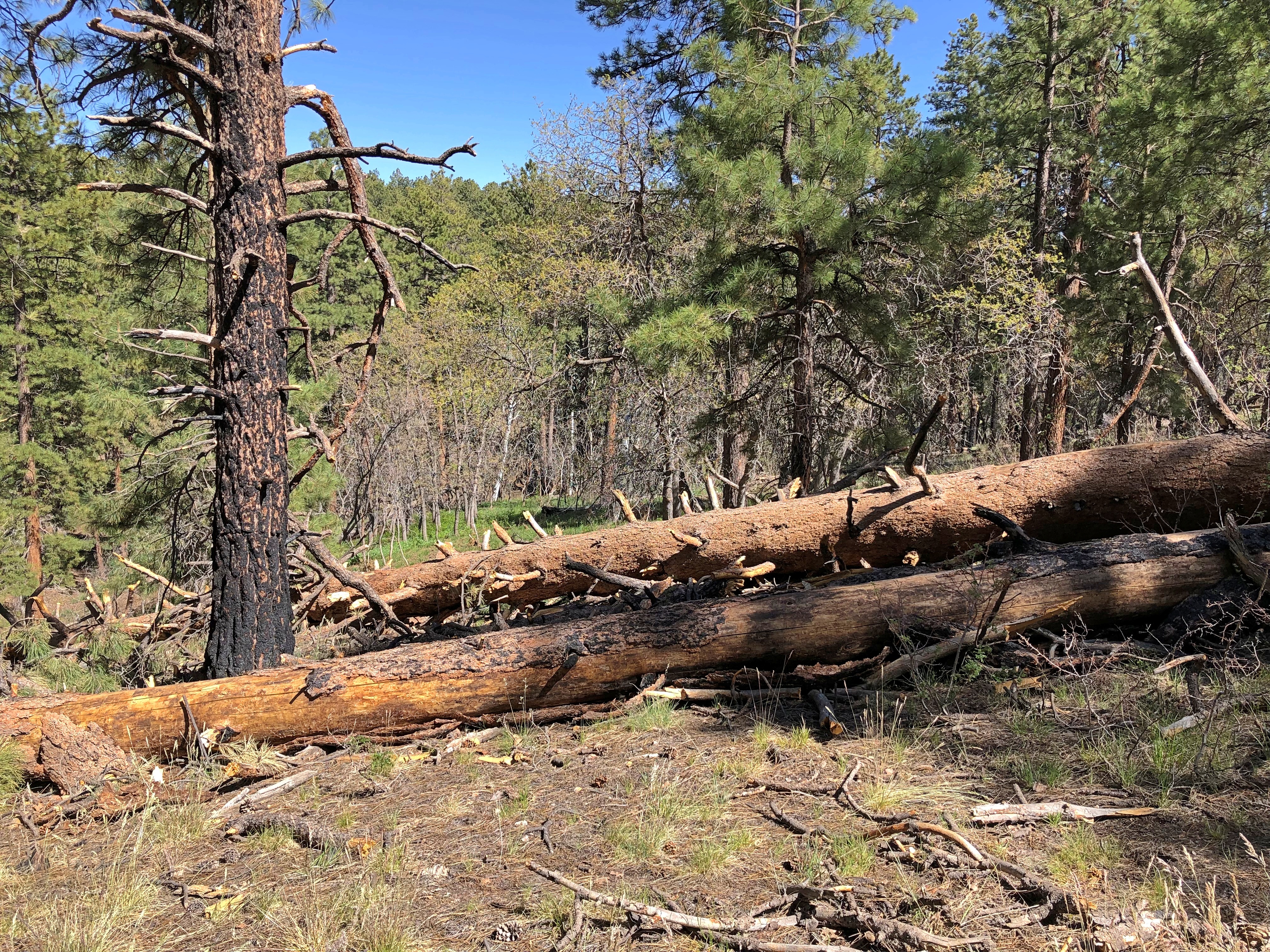Antelope Canyon and Horseshoe Bend, both in easy driving proximity to Page, Arizona, are both new stars in the tourist imagination, created by the rise of easily sharable digital images. Do a Google image search and the selection for either is essentially limitless. Naturally, people crab about this state of affairs.
“Whether you actually enjoy your time here, and whether what you’re doing is even morally sound is, as with most tourist attractions in the Instagram age, secondary,” sniffed Vox in 2019, referring to Antelope Canyon, though in the very same paragraph says the place has an “extraordinary beauty [that] is almost transcendent.”
It certainly does. The reason to go, in my opinion, is to see that extraordinary beauty with your own eyes. This is primary. Secondary, for me, is sharing pictures.
As for enjoying my time there, I did immensely, and as for the morality of tourism, if you believe it’s suspect, stay home. I will be out seeing the world while you aren’t. Any human activity can cause damage, yet any damage can be mitigated — as I believe it has been at Antelope Canyon and Horseshoe Bend.
Actually, we visited Upper Antelope Canyon. There is a Lower Antelope Canyon nearby whose attractiveness is surely on par with the upper one, but we decided to pick only one for this trip. Both are among the many slot canyons in Antelope Canyon Navajo Tribal Park. The place, obviously known to the Diné people since time immemorial, has been the haunt of photographers since the 1970s at least.
According to our guide, an affable young Navajo named Nate, guided tours weren’t done much in those days. Permits weren’t necessary, and so off you went, since the canyons weren’t really that far off in the bush, and only a trickle of people visited anyway. Things changed in 1997, when the area became a tribal park, and when, in August that year, 11 visitors were washed away in a flash flood, which is a risk in a lot of seemingly dry Arizona. After that, you needed a permit to visit; later, you needed to be on a tour.
These days, Nate said, the tour operators also keep an eye on the day’s regional weather forecast. Rain a few miles away can push water unexpectedly, and violently, through the canyons, an event that has been essential in sculpting canyon shapes over the millennia, but which you don’t want to experience up close.
The tours control the flow of people. At the upper canyon, we entered after a wait of a few minutes, and likewise had to linger at various points along the way inside the canyon until the people ahead of us moved along, which they always did after a few minutes. That directed flow of people didn’t take away from the experience; rather, it added to it, since the canyon actually isn’t that long. You need to linger a bit to appreciate its many marvels.
I took more than a few pictures myself last week at Antelope Canyon, a few of which might hint at the extraordinary place I saw with my own eyes.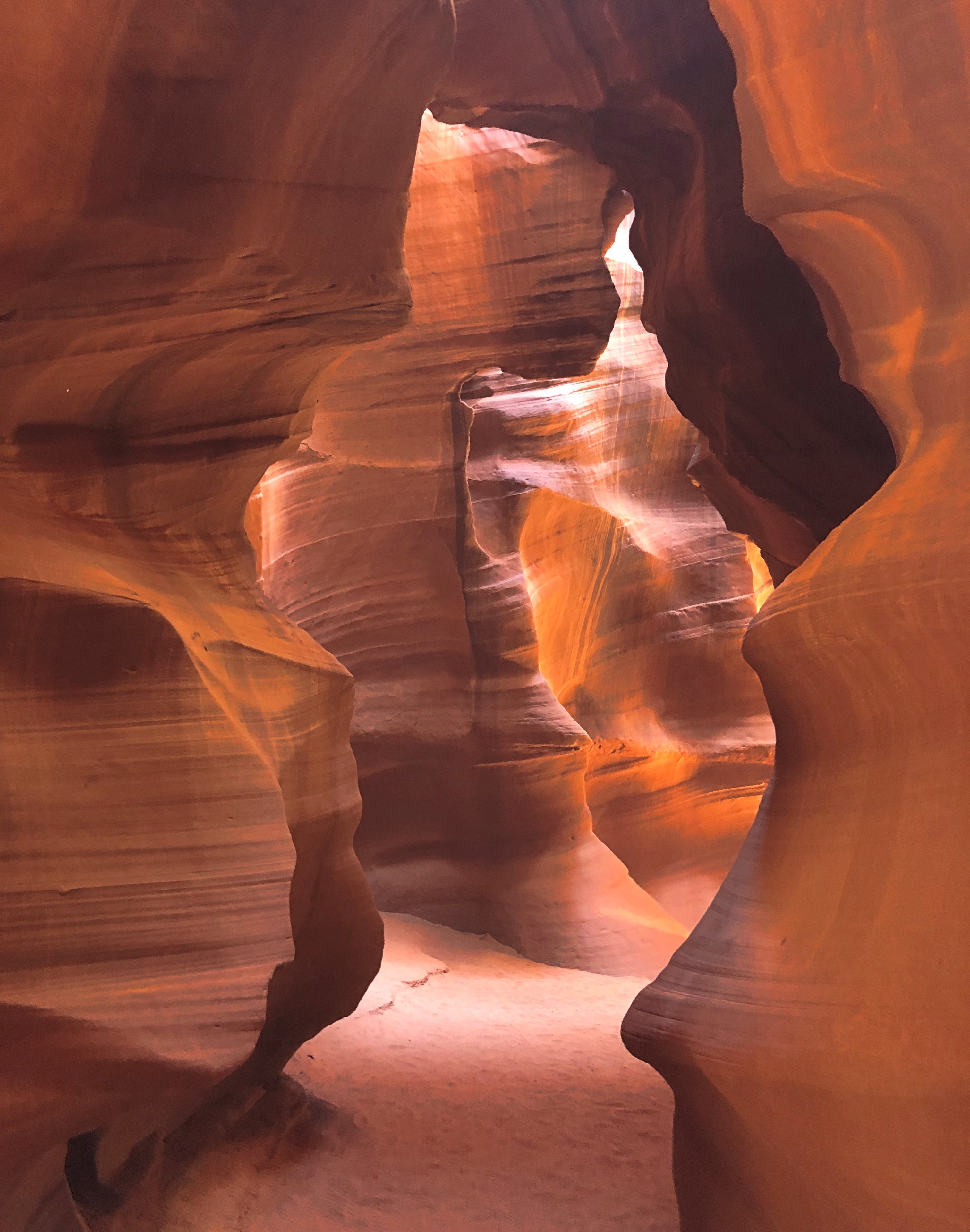
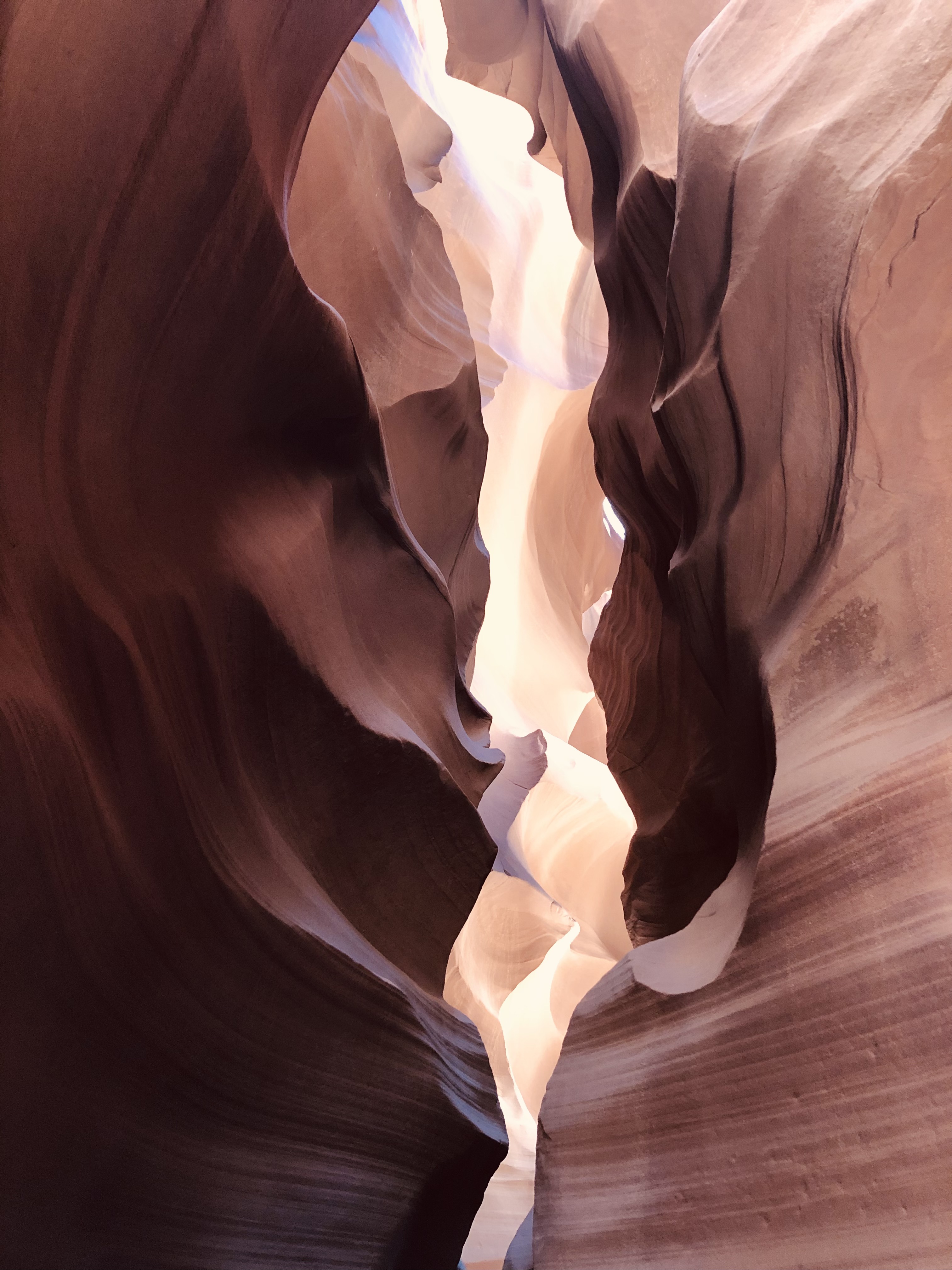
One of the things photographers are known to do at Antelope is try to capture beams of light coming through the openings to the sky, since the canyon is like a cavern, but without a roof. Quite a sight, these irregular beams. But I didn’t try very hard to caputure them digitally. Leave that to the pros.
Still, I did take a few beam images I like.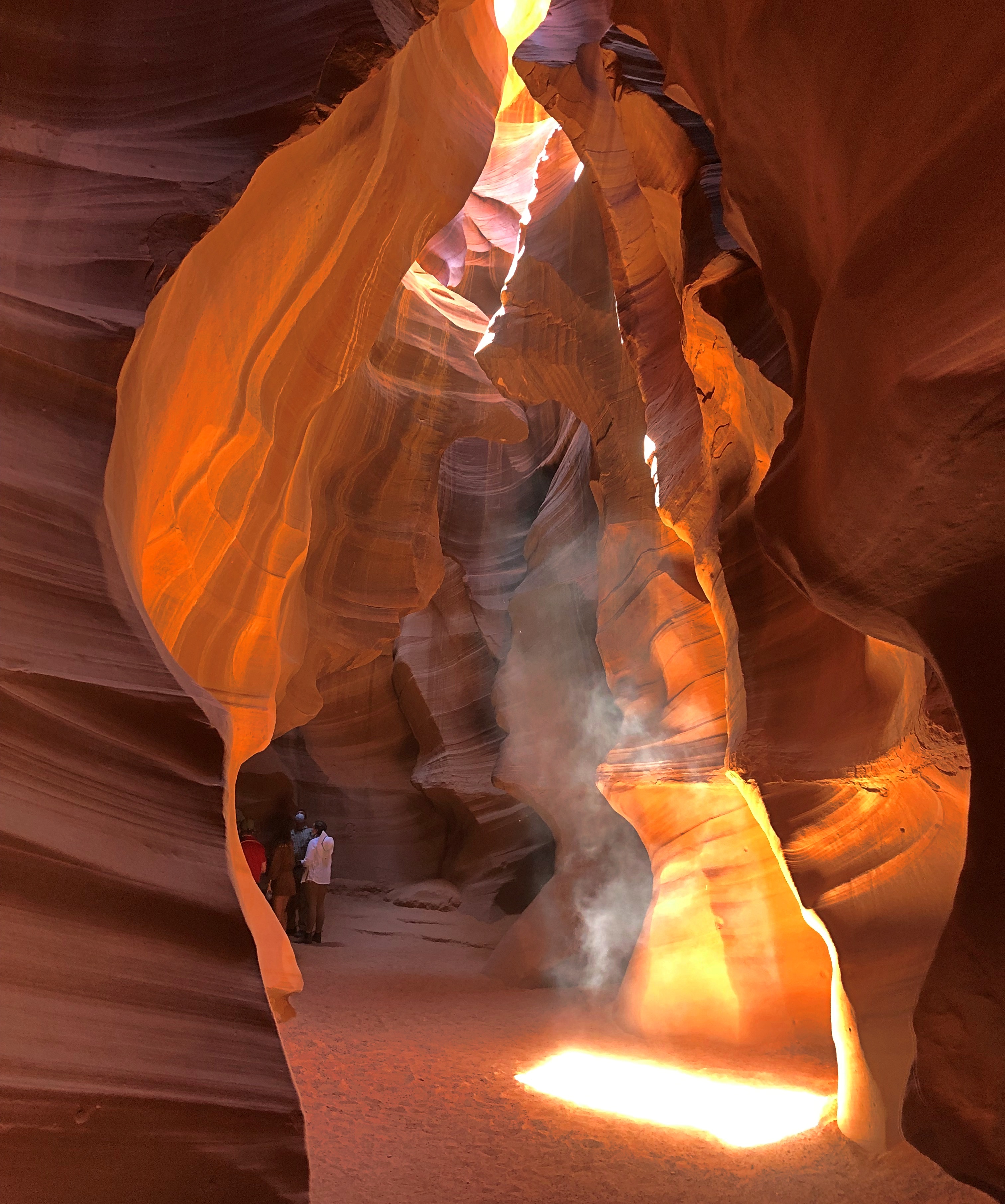
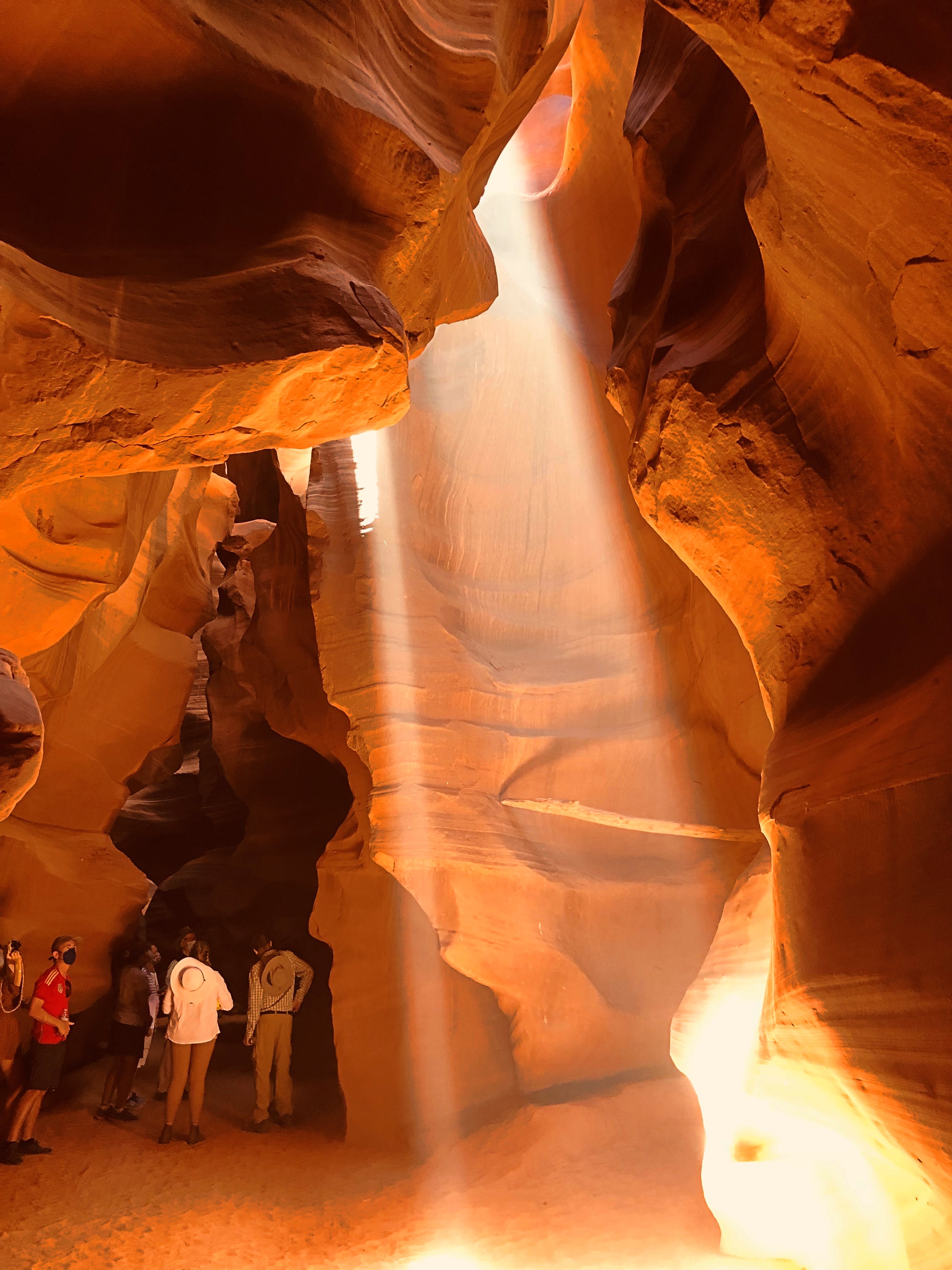
Especially this one.

I’m amused to put two SF interpretations on that image, one benevolent, the other sinister: a figure being beamed up to (or down from) the mother ship; or a hapless human who couldn’t escape the invaders’ destructo-ray, even hiding in a slot canyon.
Antelope wasn’t the only canyon we visited. We booked a tour for it and two others in the vicinity, which we visited before Antelope, also led by Nate. The first one we passed through was the much more open Owl Canyon.

There was only one other group in Owl at the time, a guide and a visitor (our party had four visitors, us and a German couple). The other guide had a Navajo double-flute with him, and he skillfully treated us all to a tune. The acoustics were excellent.
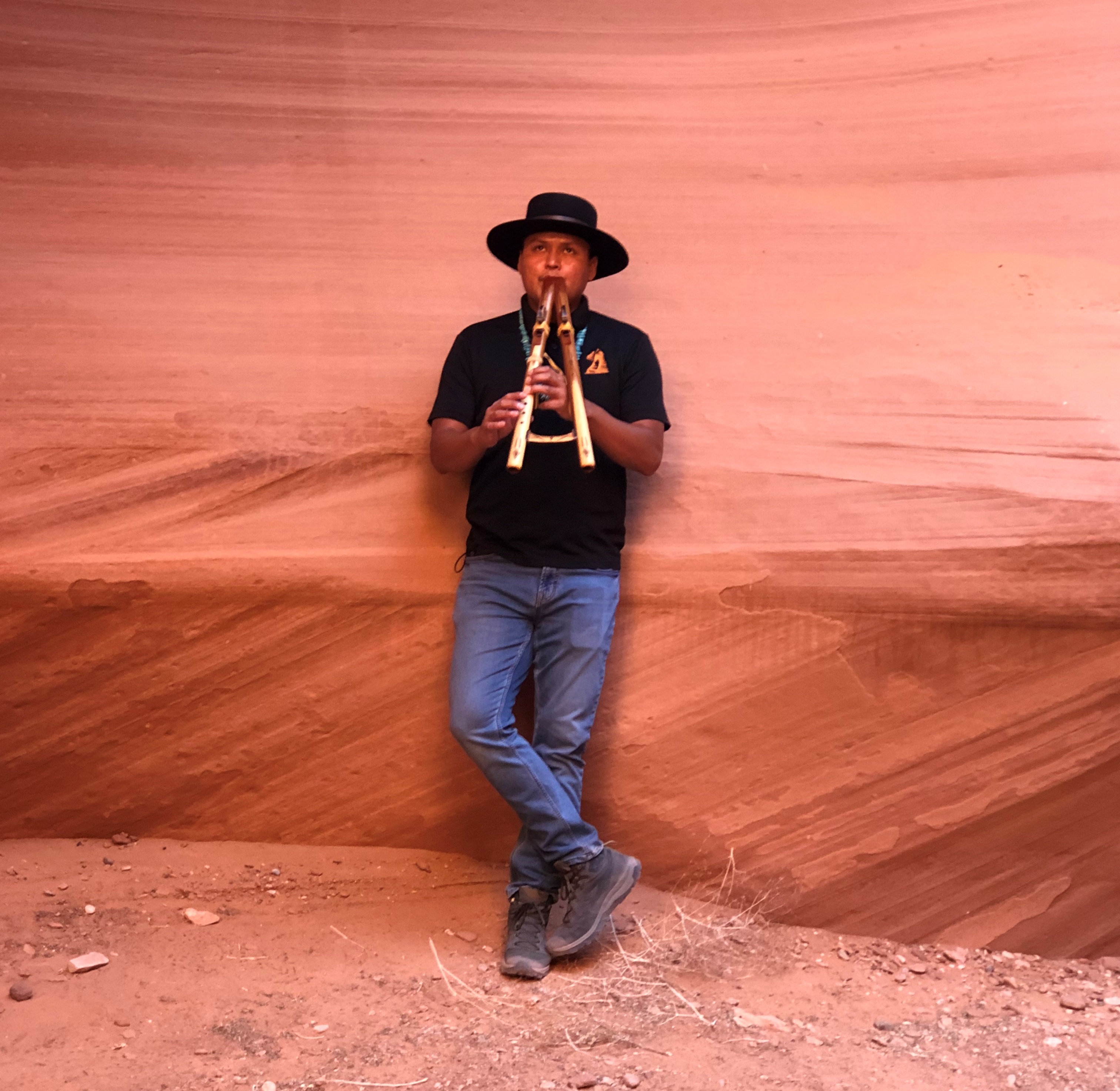
Rattlesnake Canyon, which was next, apparently isn’t called that because of a reptile population. Rather, it has a snakelike course.
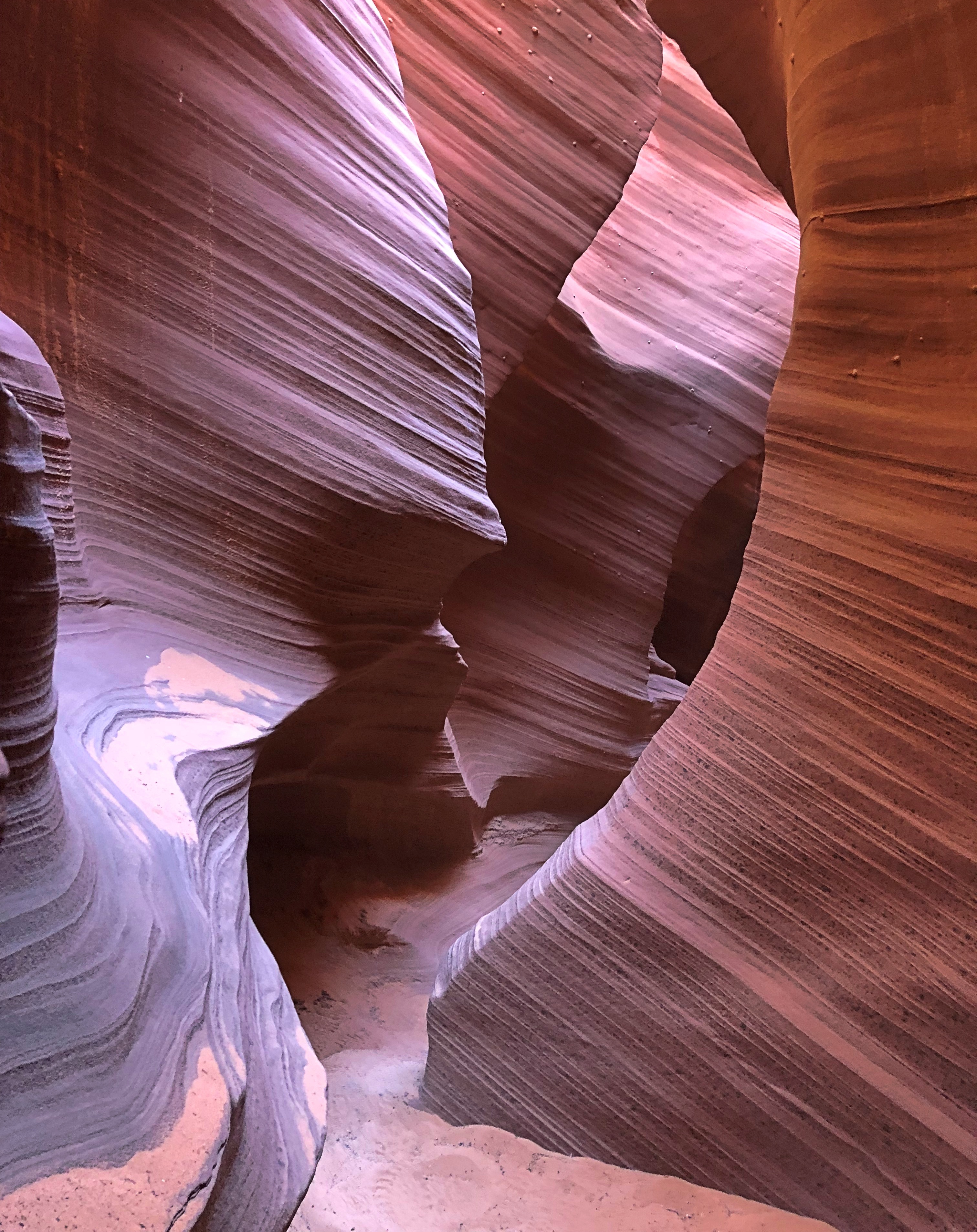
Unnervingly tight in places.

I have bad dreams occasionally about confined spaces, as a lot of people probably do. Luckily, I haven’t had any since visiting Rattlesnake, so I guess it wasn’t that unnerving.
Besides taking pics inside the canyons, I took a few outside. You know, for context. It’s a harsh-looking land.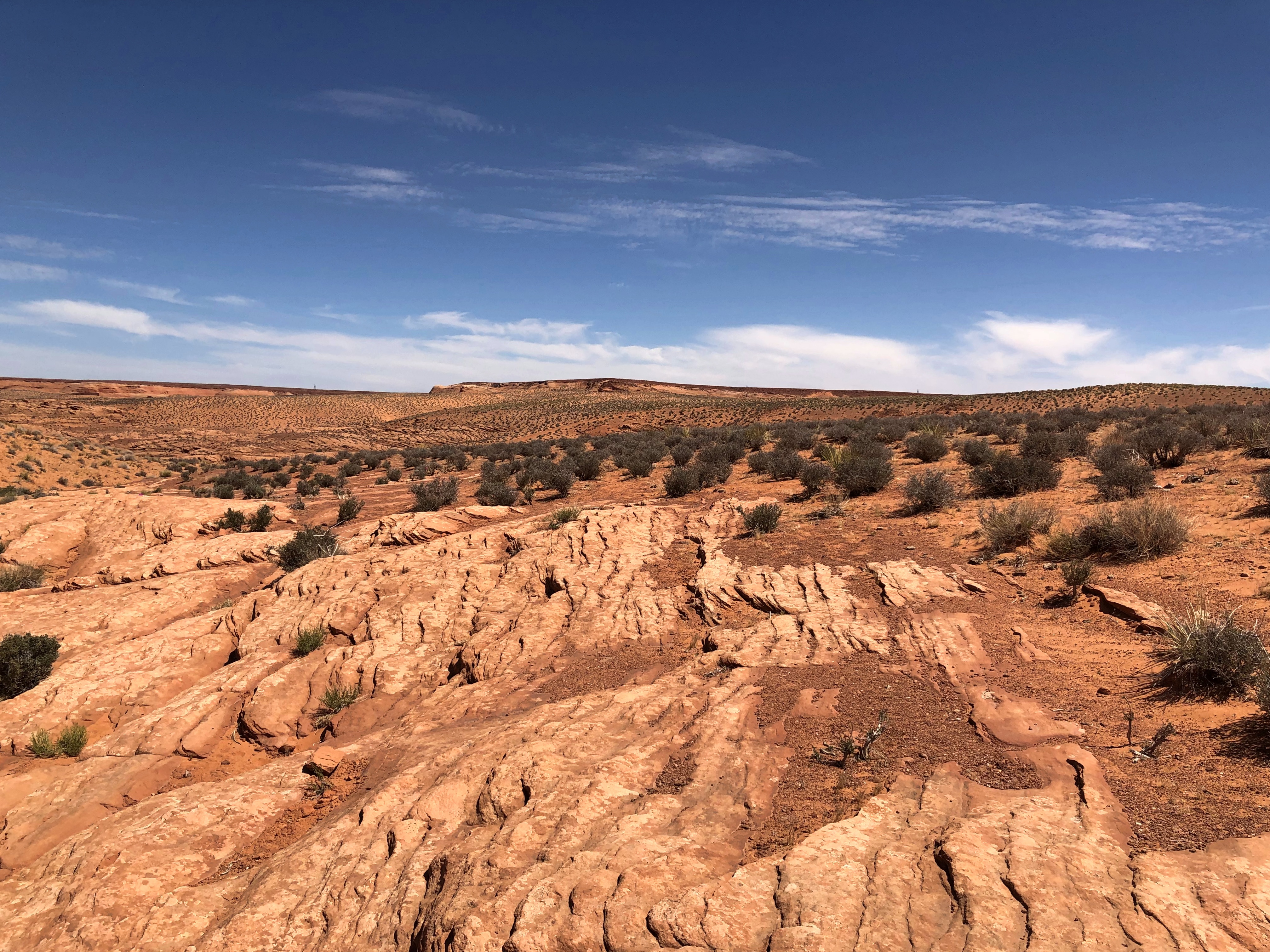

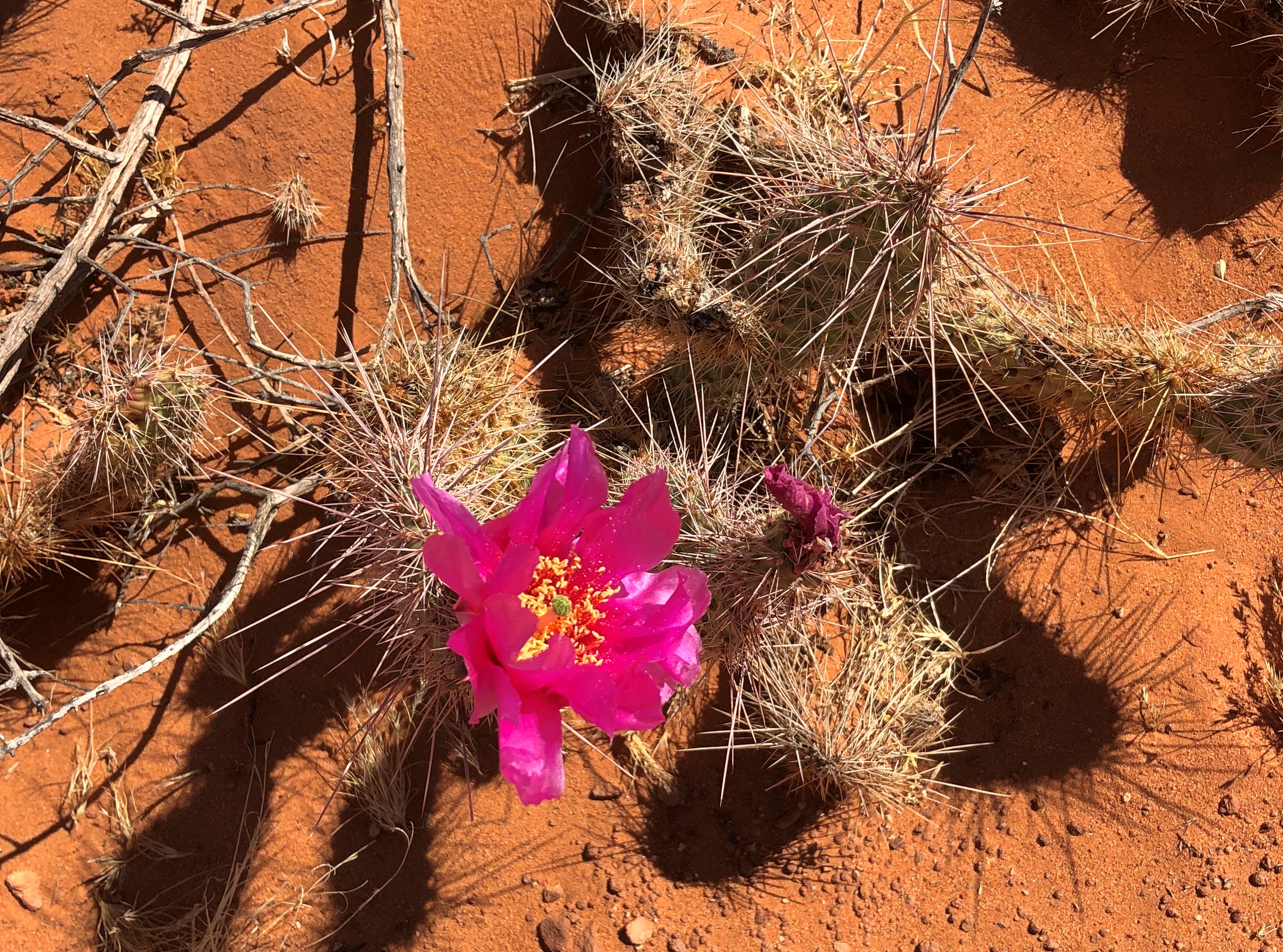
Horseshoe Bend is even closer to Page, and part of Glen Canyon National Recreation Area. The feature is a deep canyon — about 1,000 feet — carved by the Colorado River, which takes a major bend at that point. The view from cliffside is arresting. It shouldn’t be that deep, or that curvy, or that massive, but it’s all those and, in certain lights, insanely photogenic. I understand its fame.
You park at a spanking-new (2018) parking lot, run by the city of Page, pay your $10, and walk about a half mile along a well-defined path. At one point along the way, marked by a small sign, you enter the recreation area’s land and presumably leave Page’s, as if that matters a whit.
Only a few years ago, people parked beside the highway and traversed the mildly hilly desert territory to the view. As numbers increased, so did calls for help from people who hadn’t prepared themselves for the walk. Even a half mile on this terrain requires some preparation (good shoes, water, that sort of thing).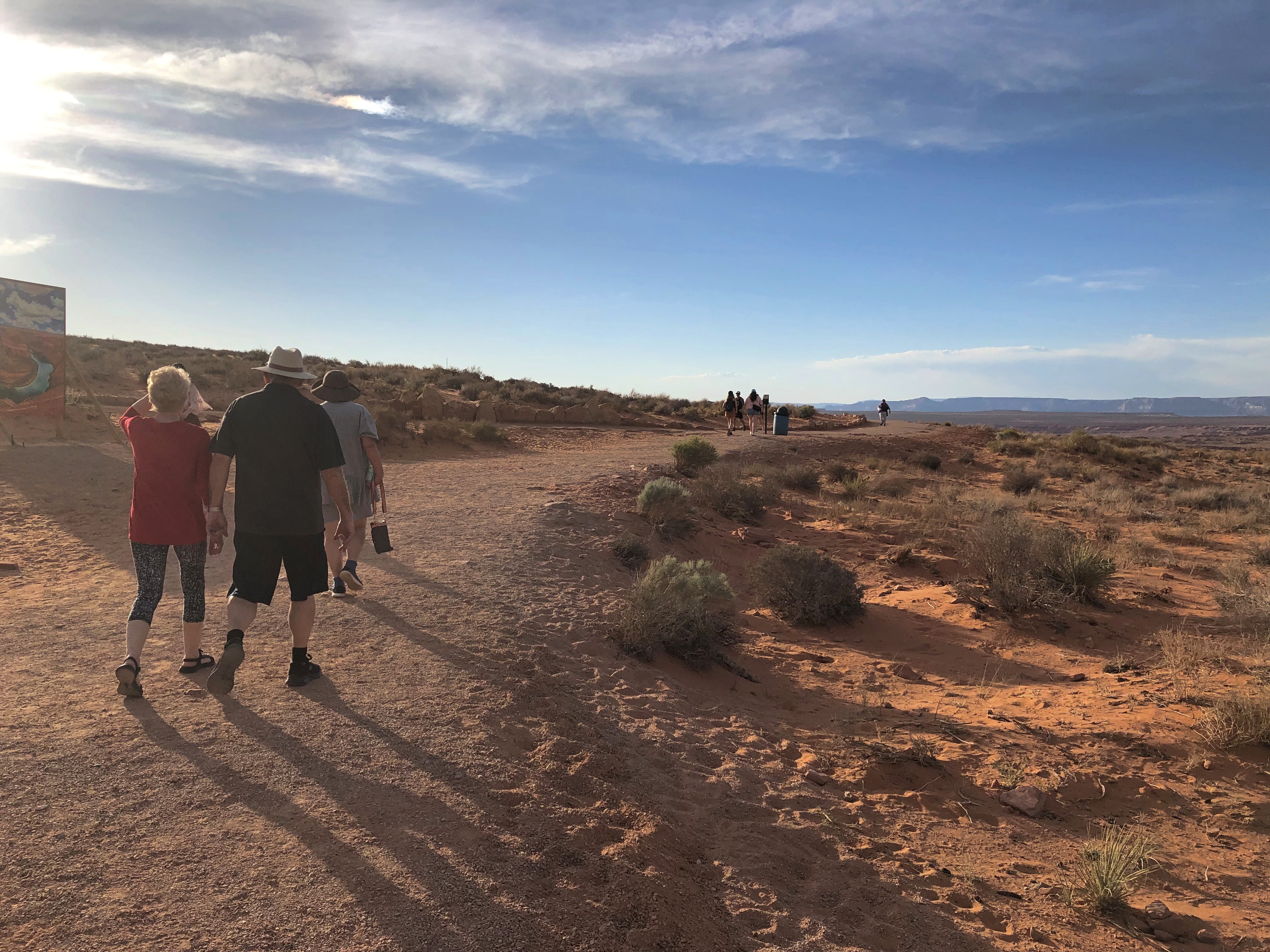

A bit of the cliff-edge has rails, but most of it does not.

Most of the time we were there, the sun was in our eyes, since the viewpoint faces more-or-less west and it was about an hour till sunset. That didn’t diminish the in-person grandeur of the bend. It did diminish the quality of my images. Oh, well.
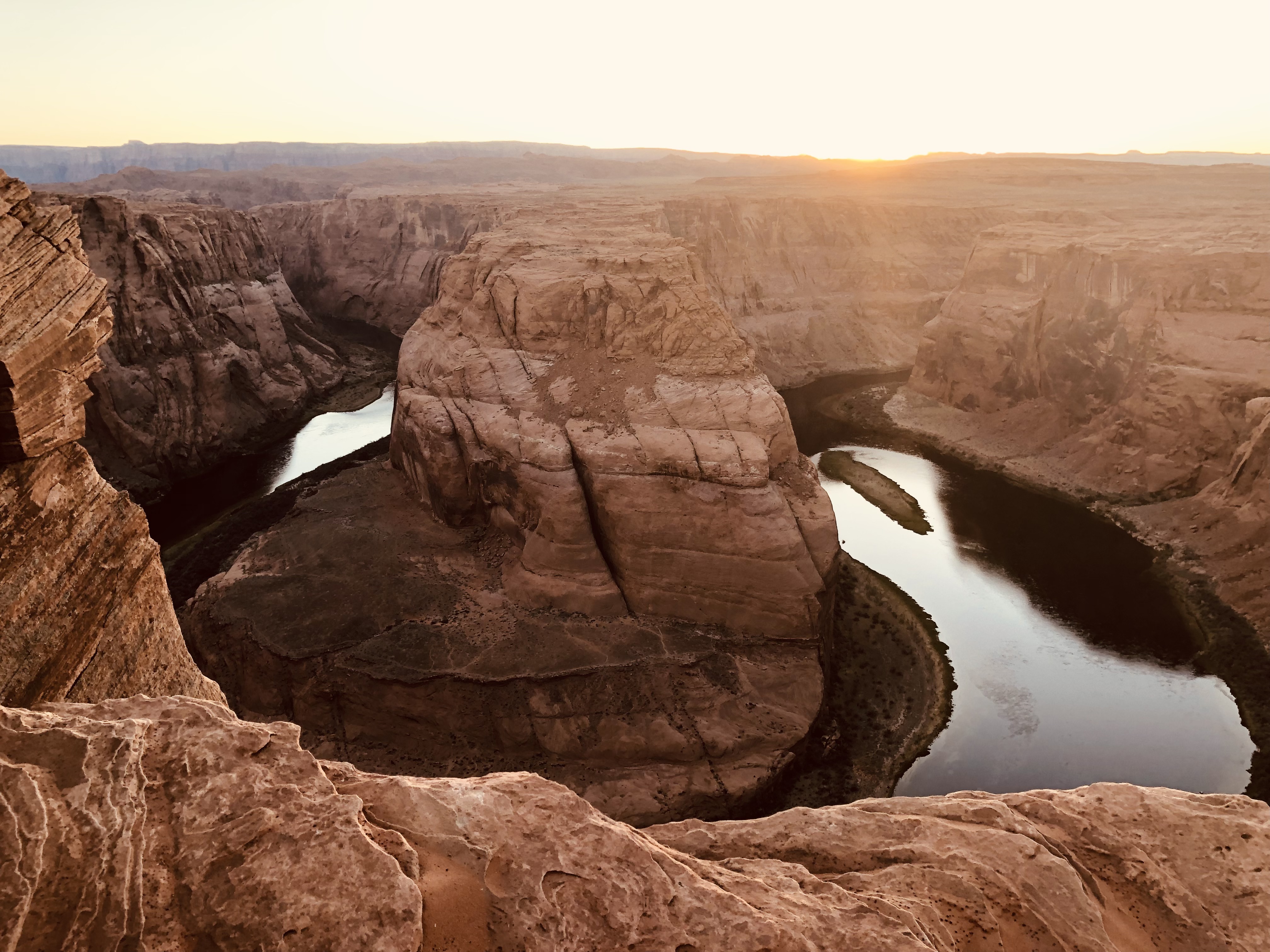
The direct sun didn’t deter others from their picture-taking either.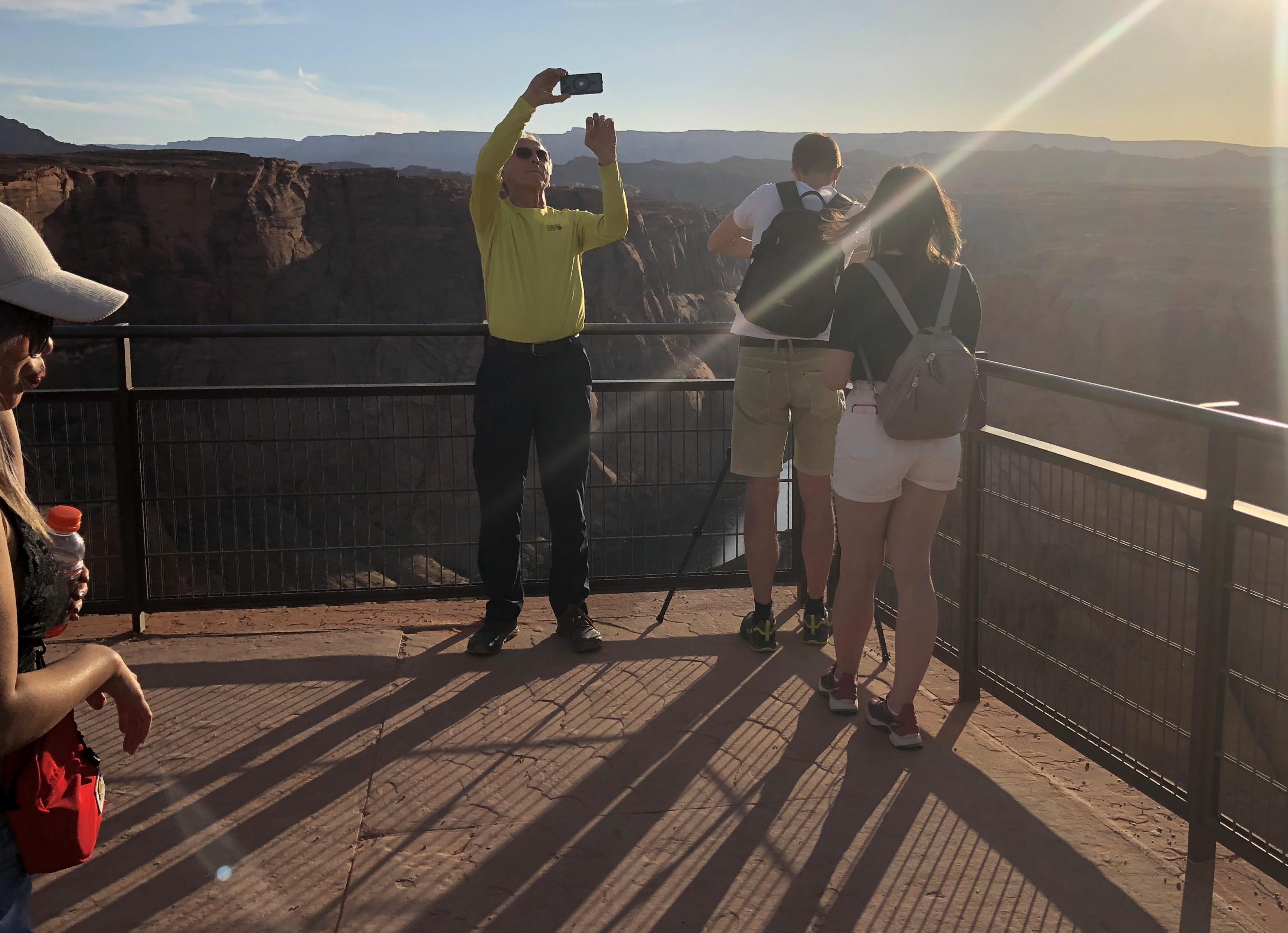
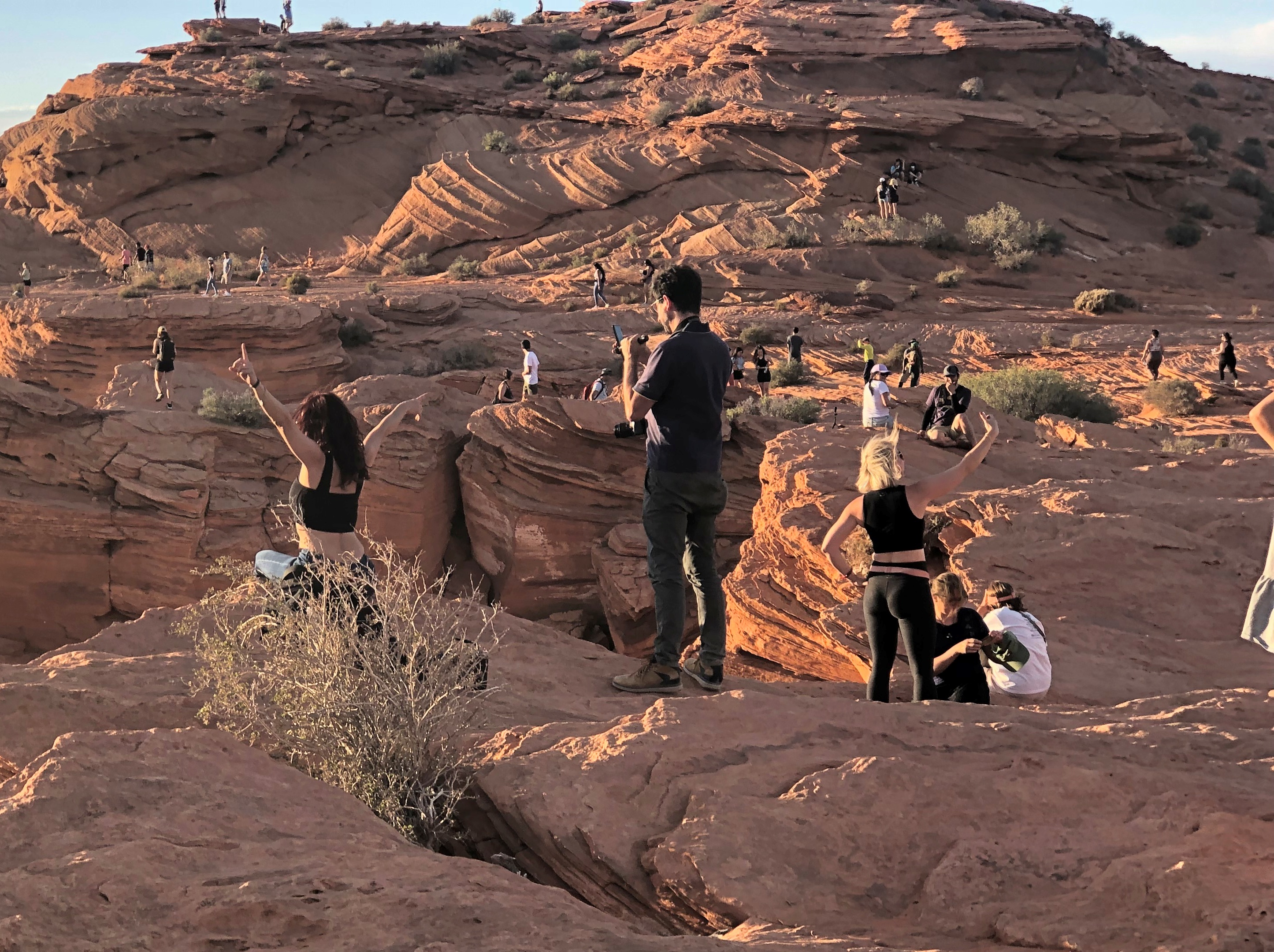

The sinking sun didn’t actually represent sunset, since it only meant the sun dropped (appeared to drop) behind the mountainous territory to the west. Still, it was a relief, and while the canyon at that moment isn’t in optimal light either, it’s still a wonder.
